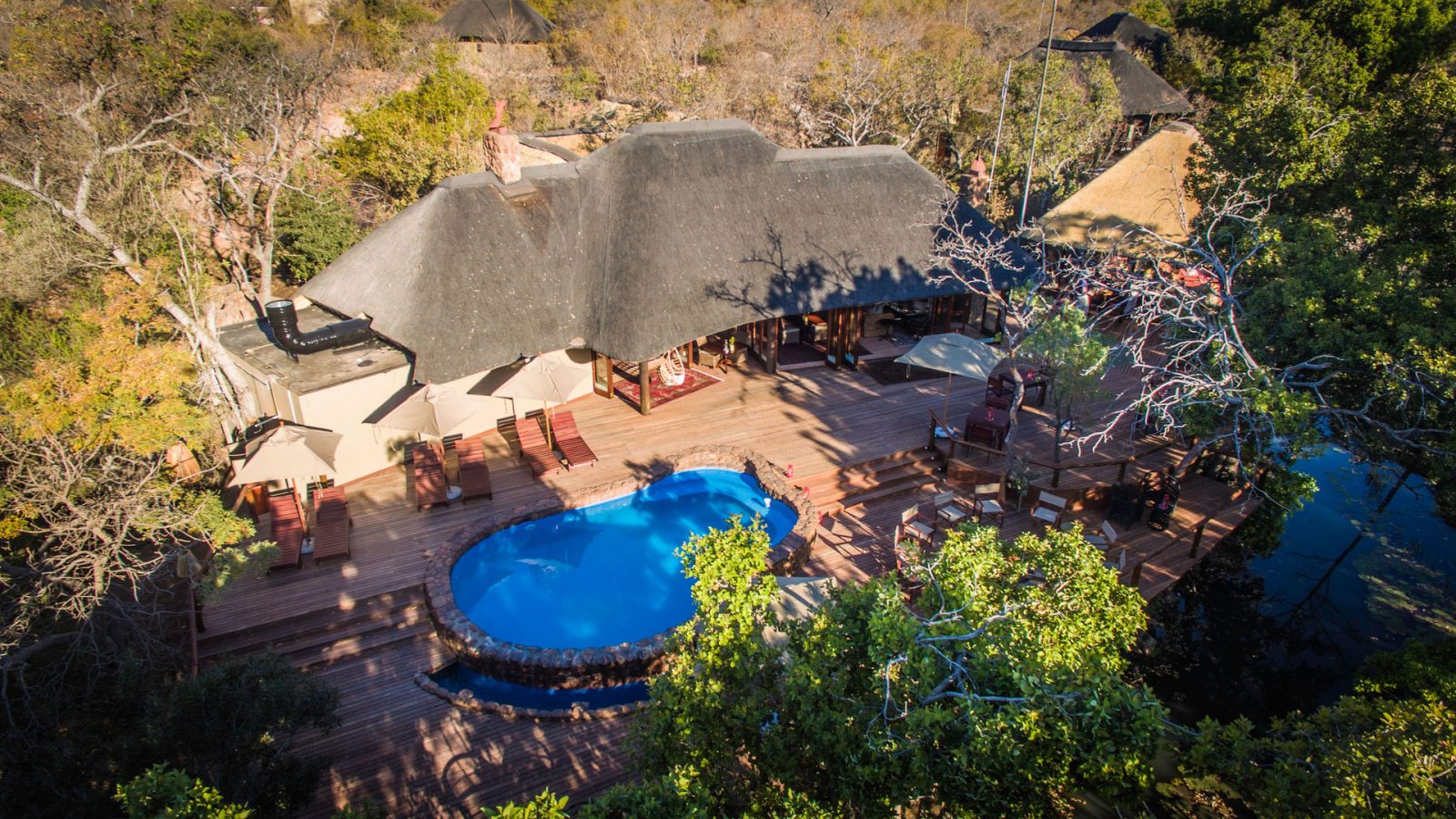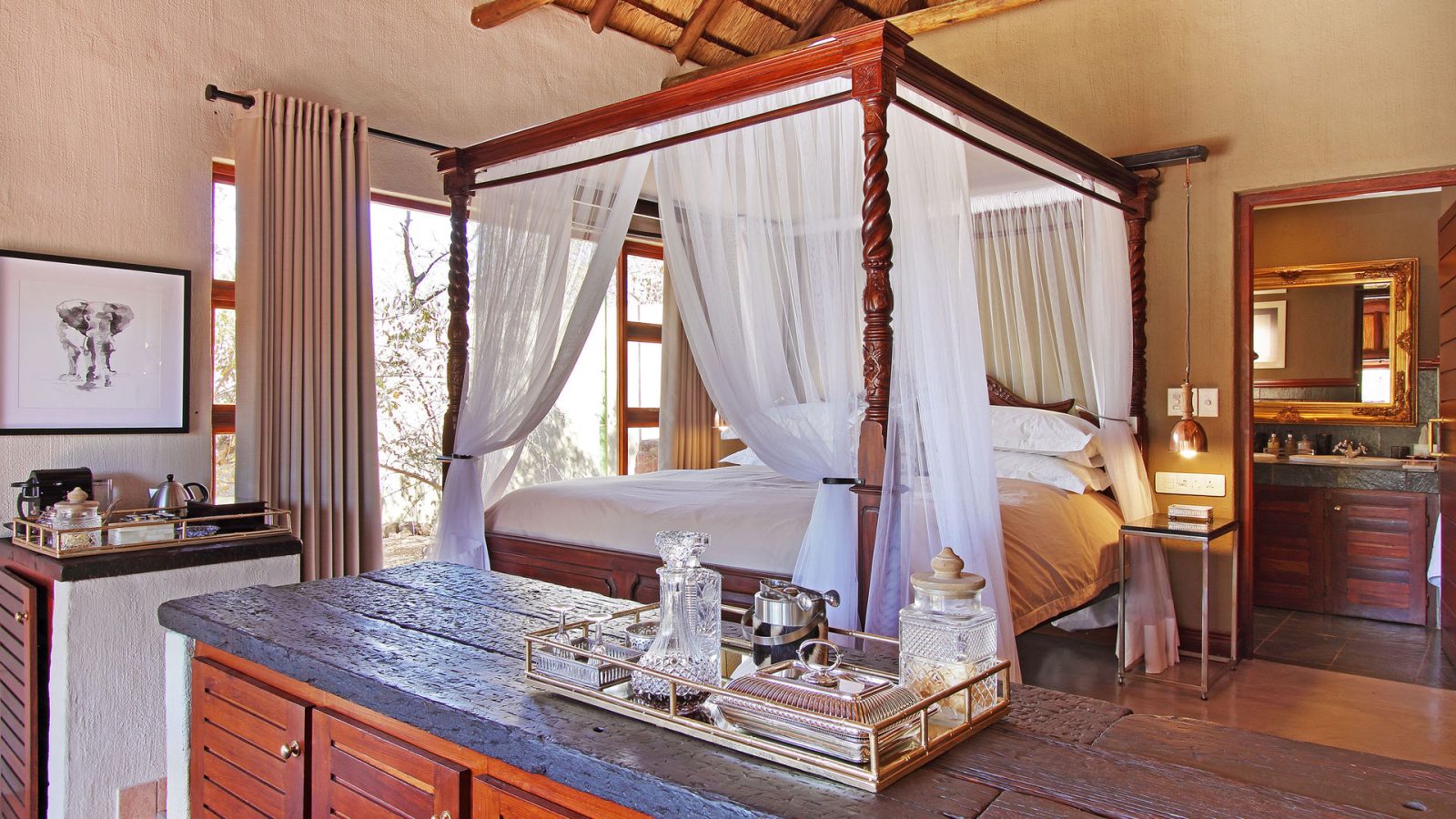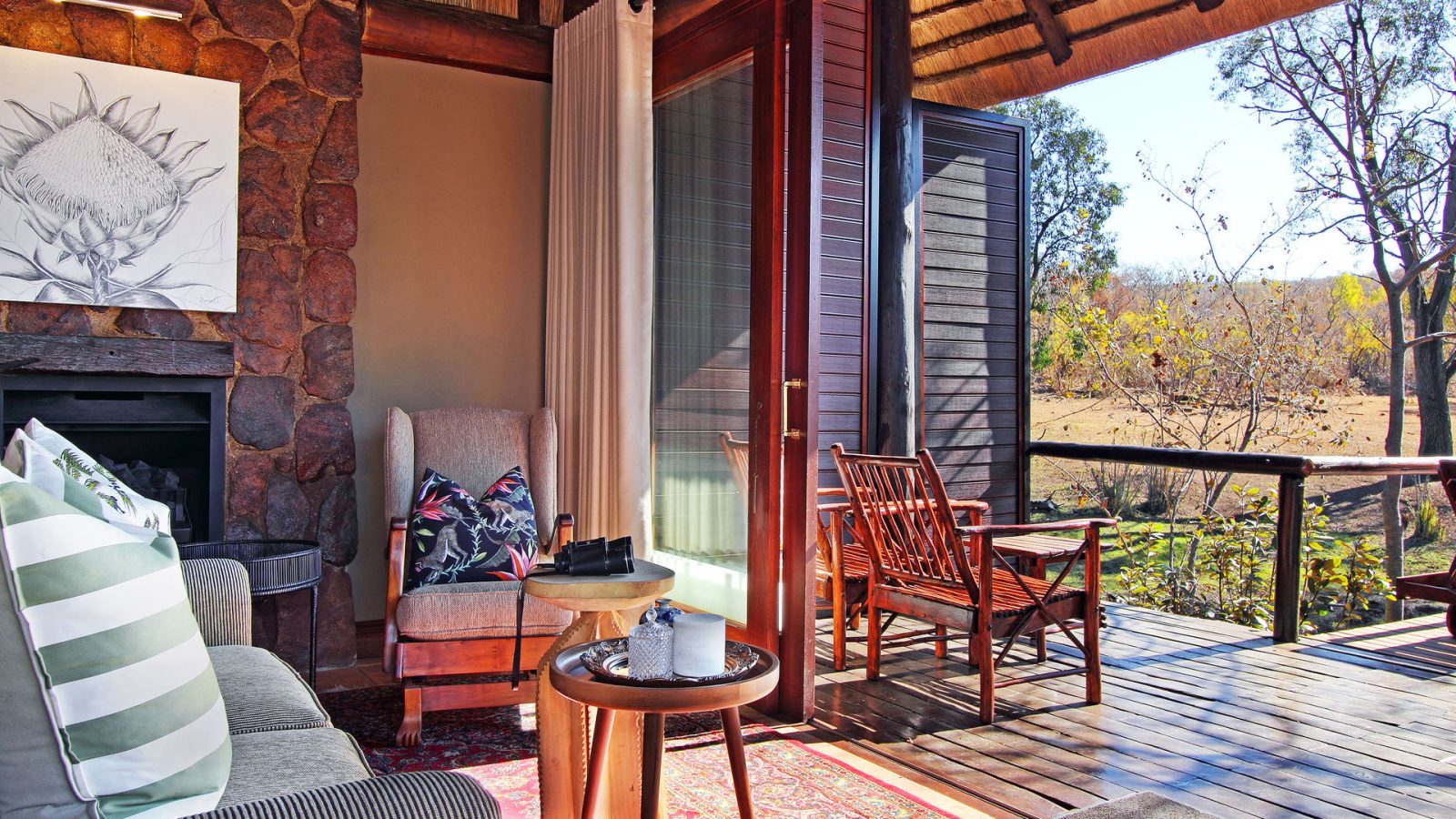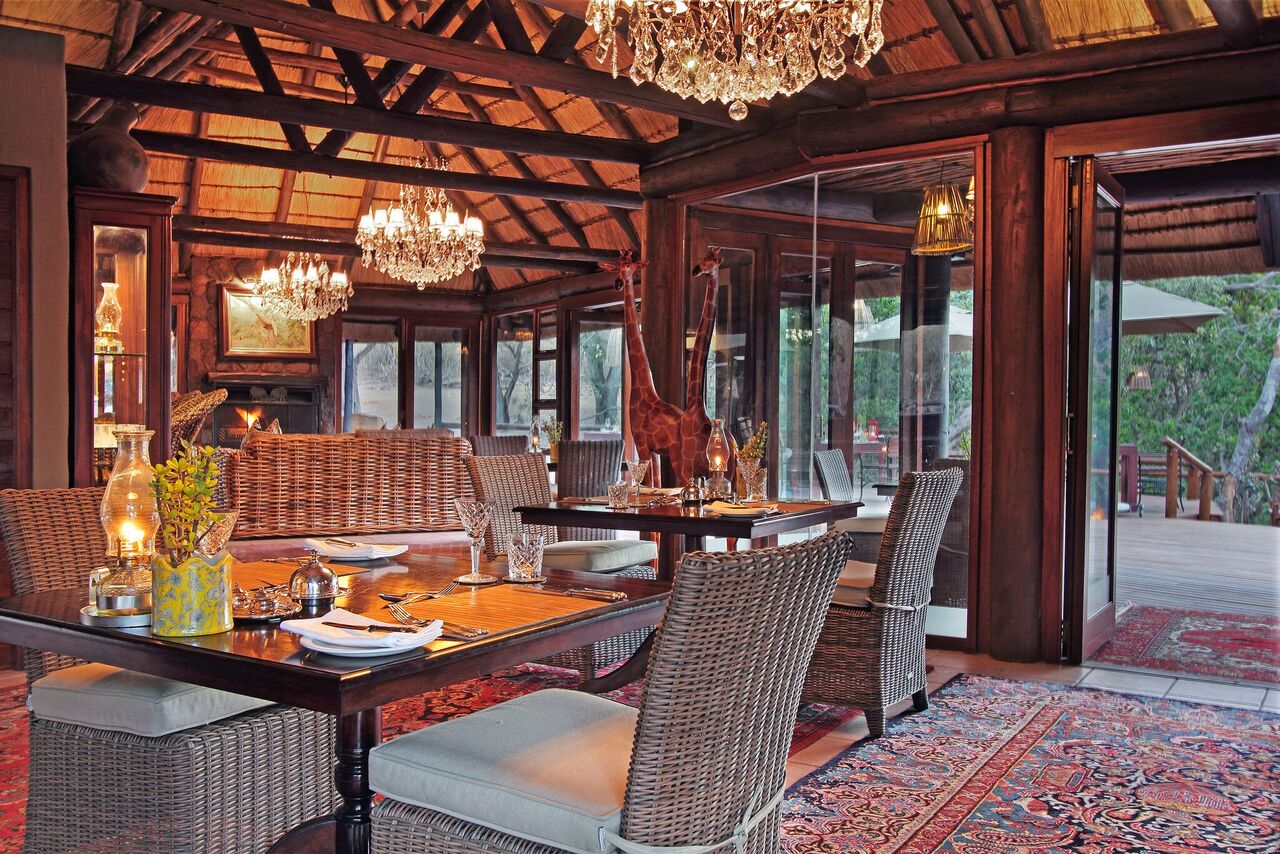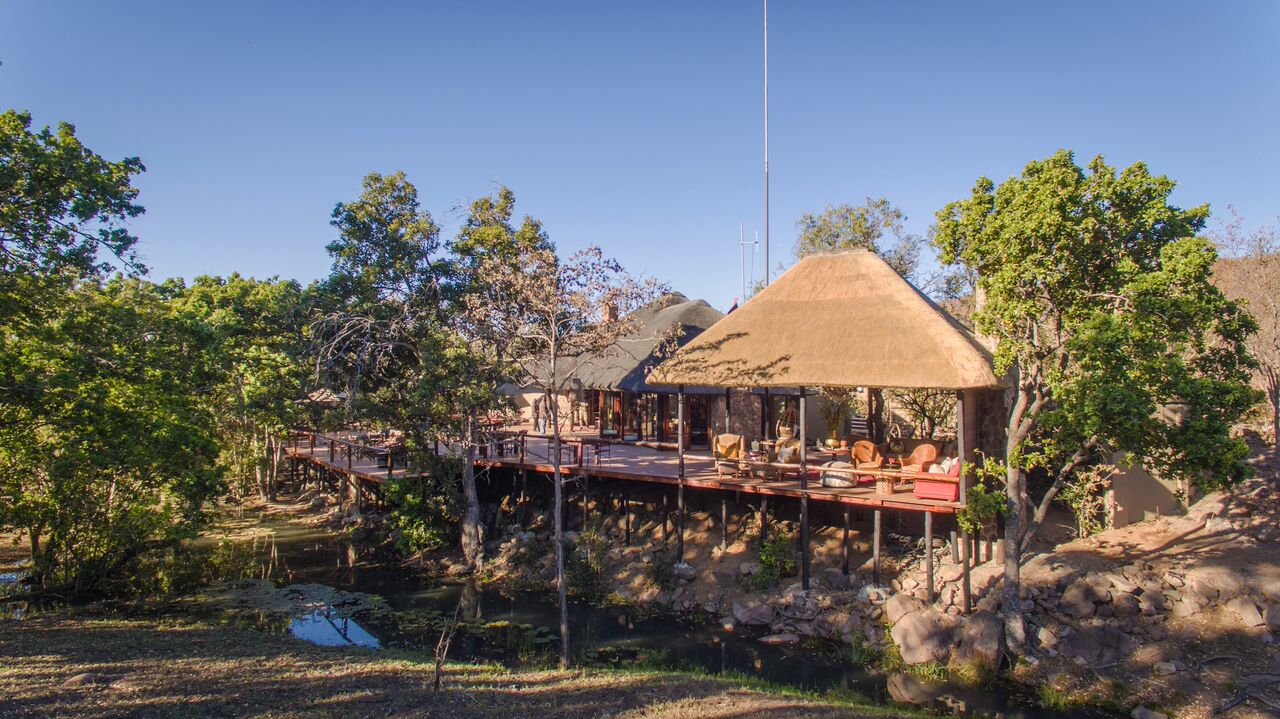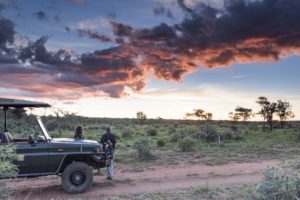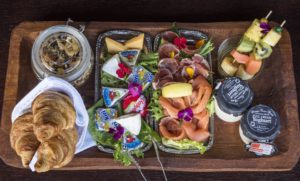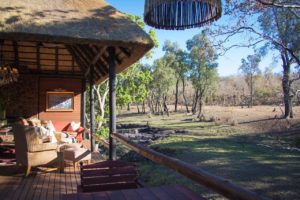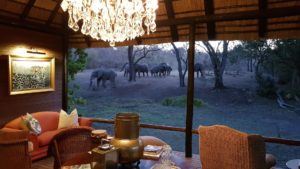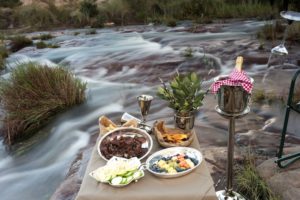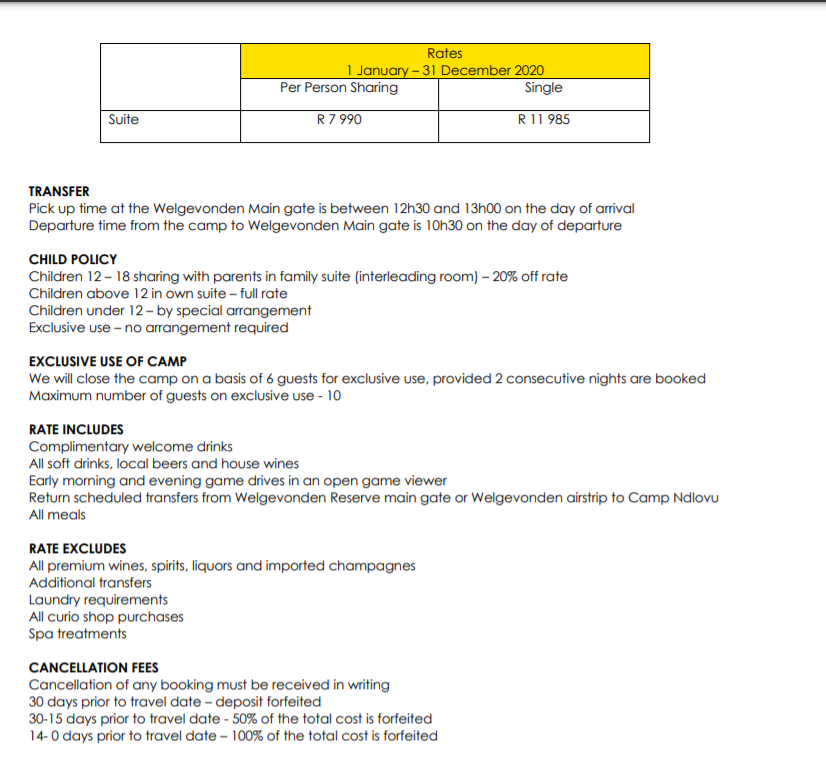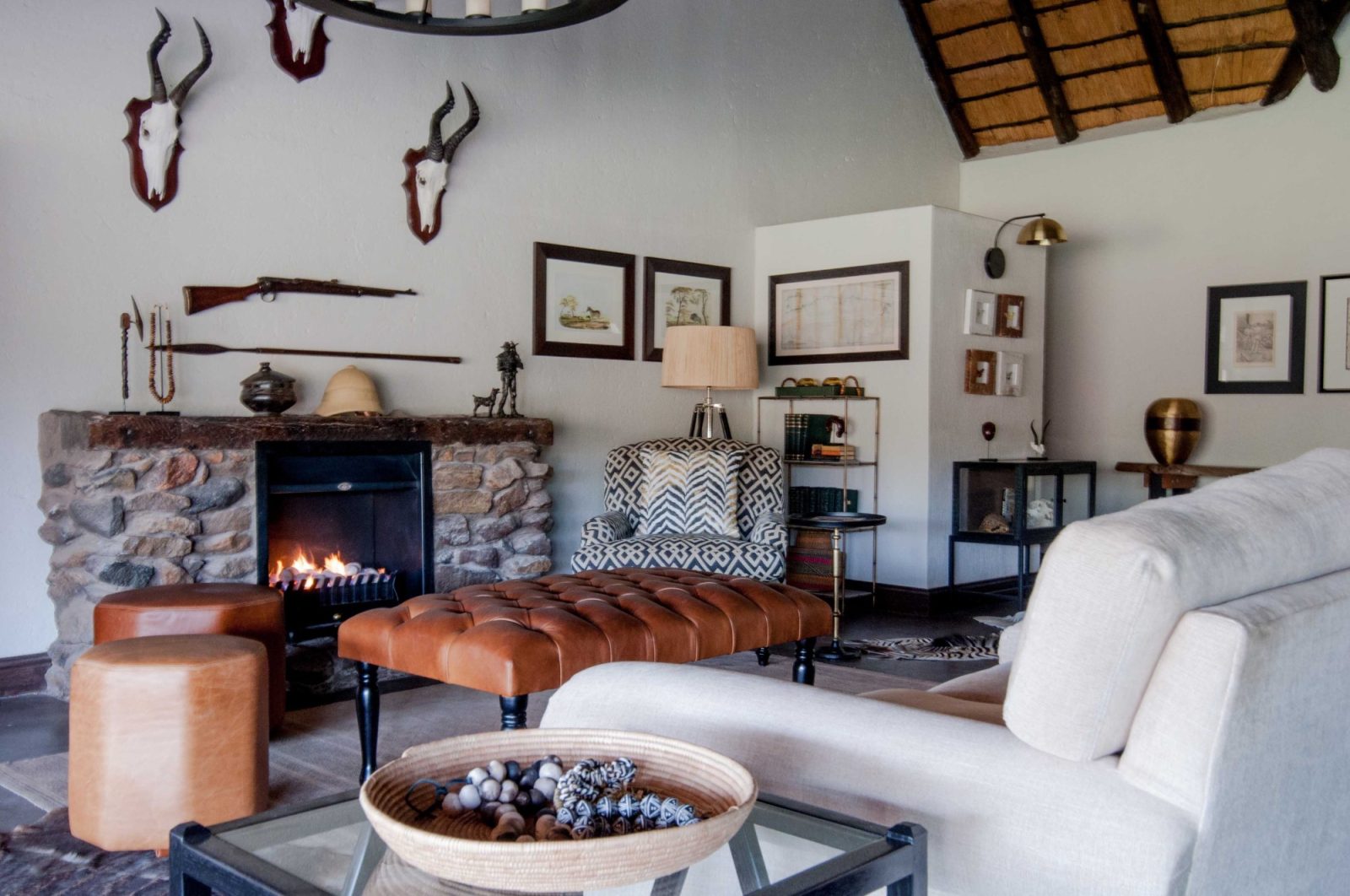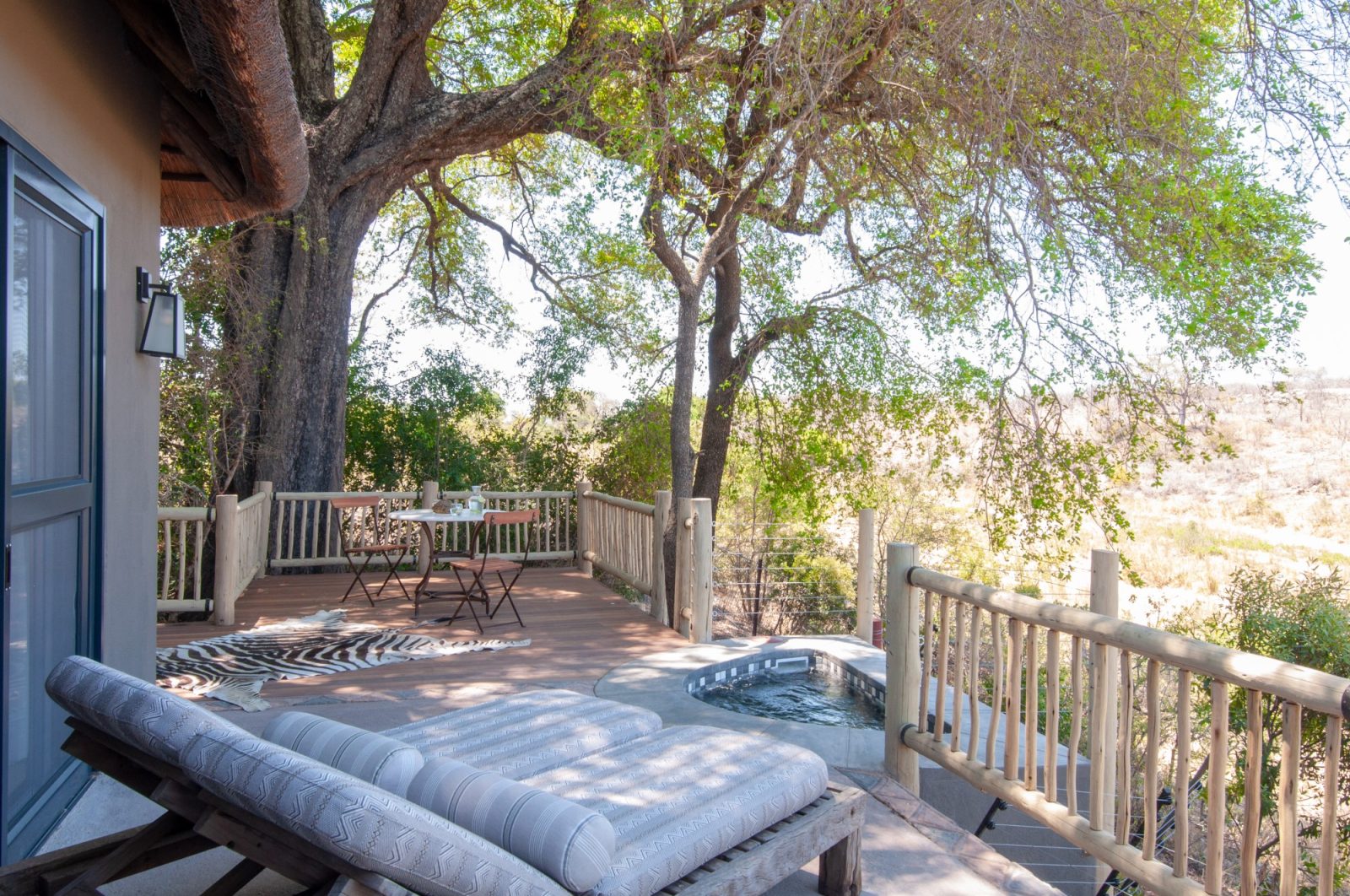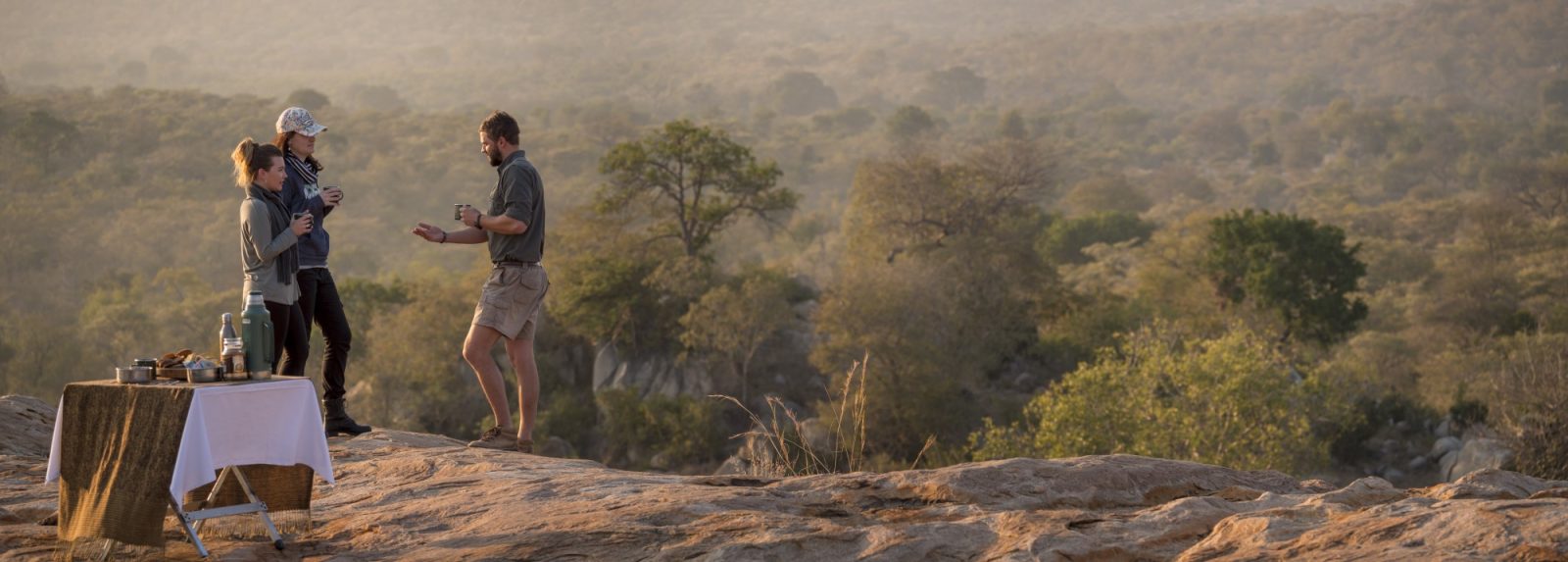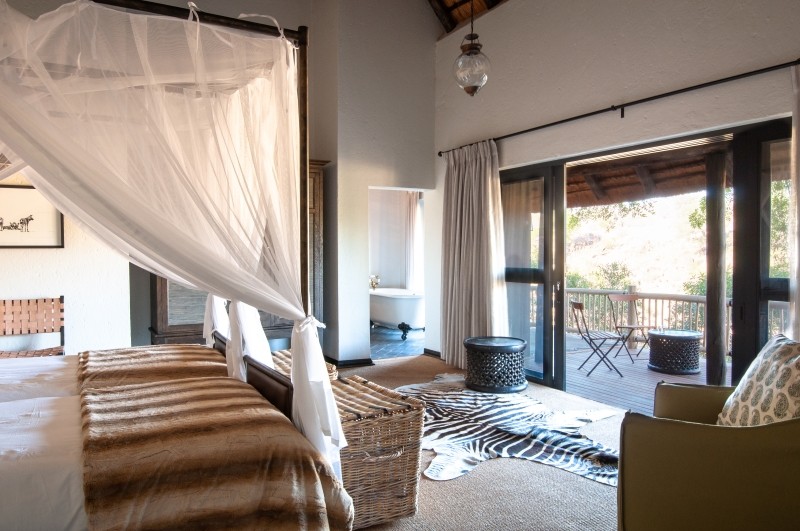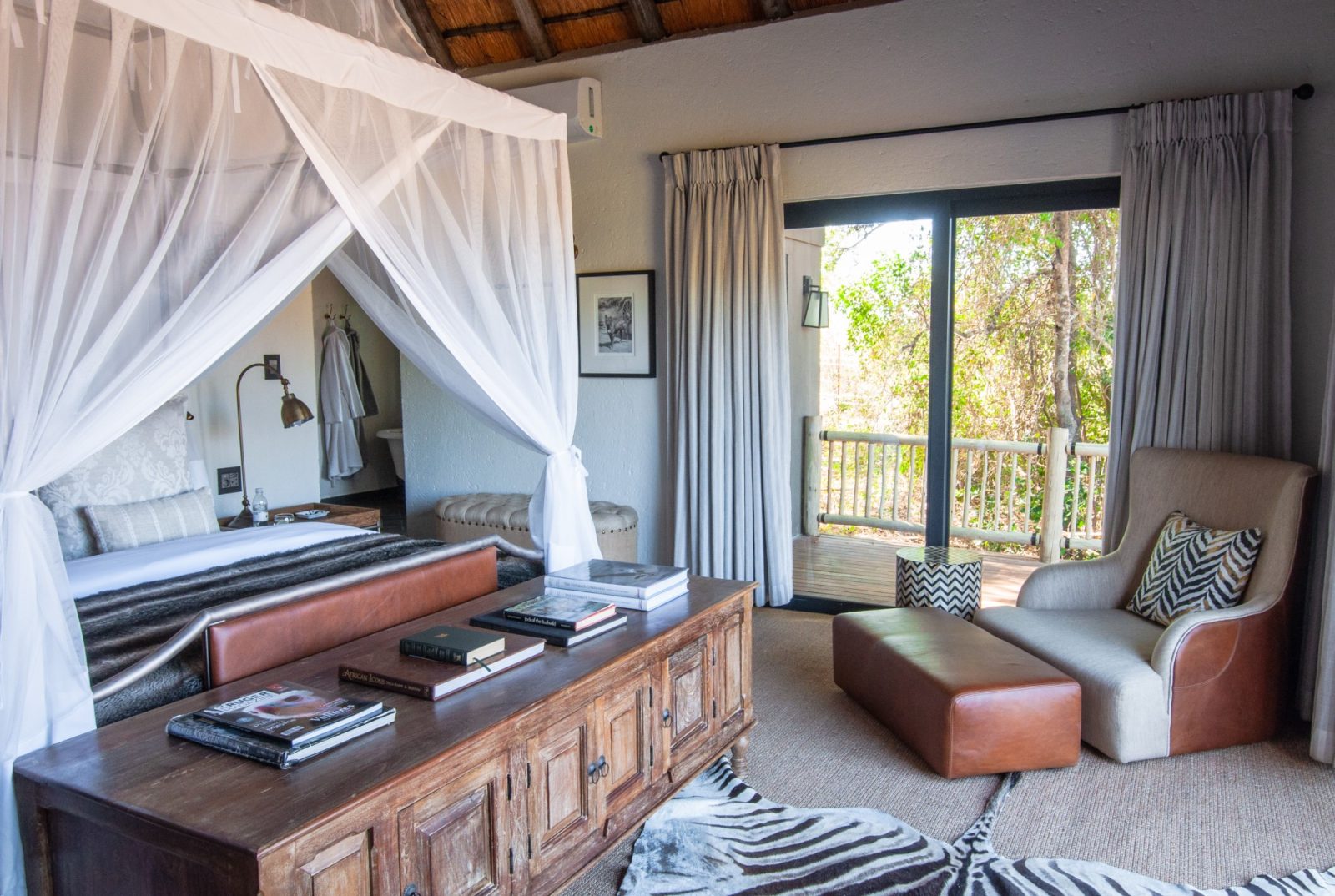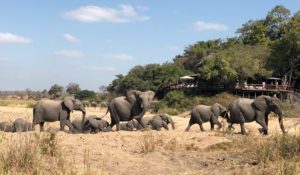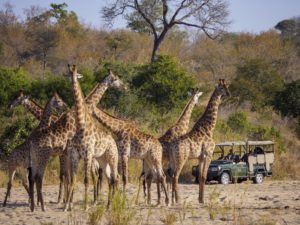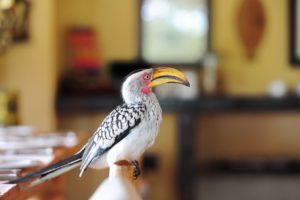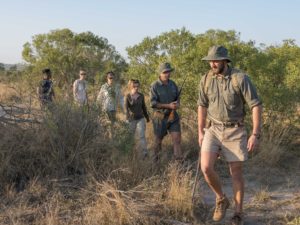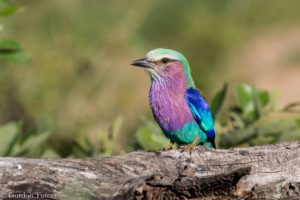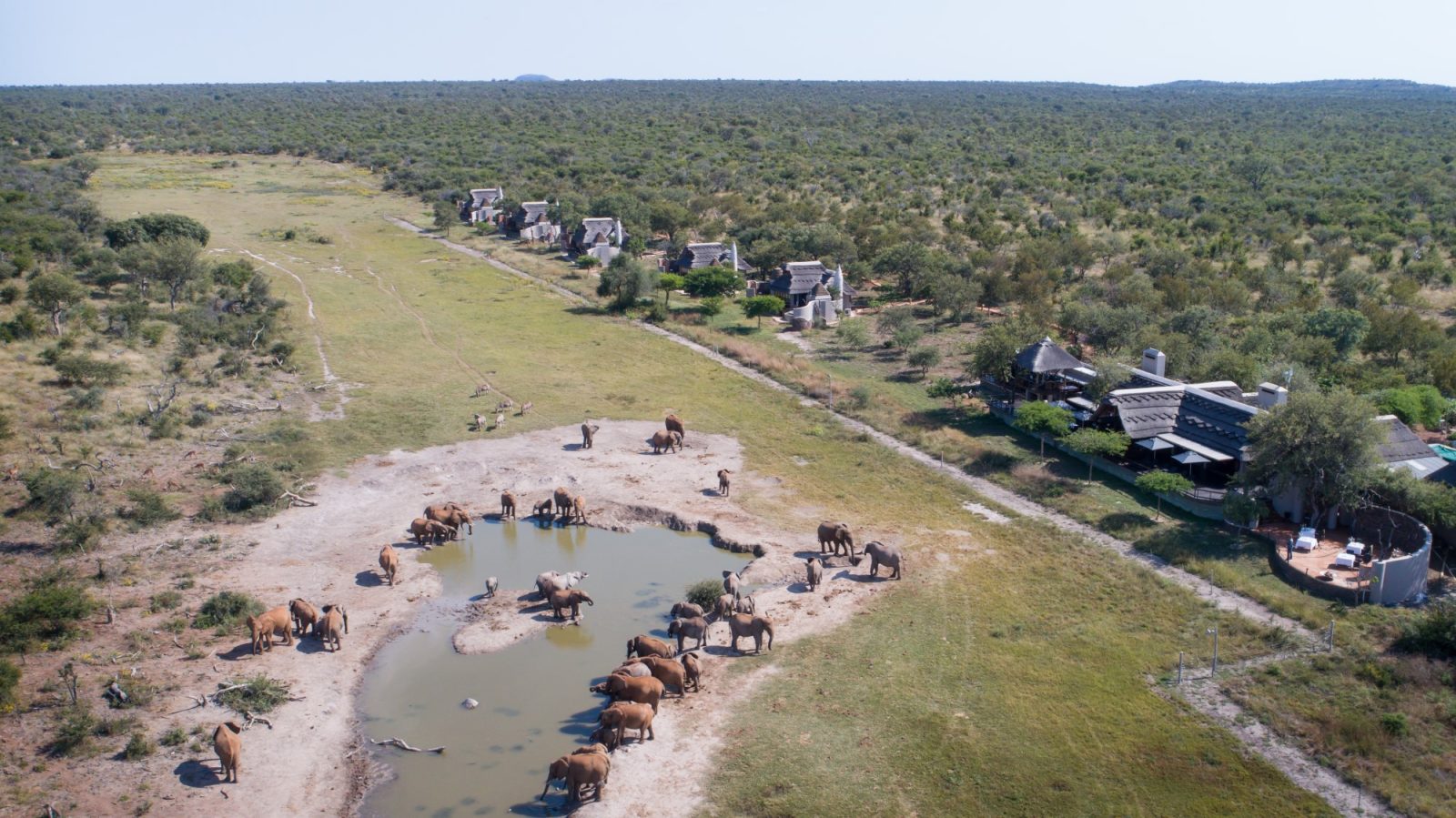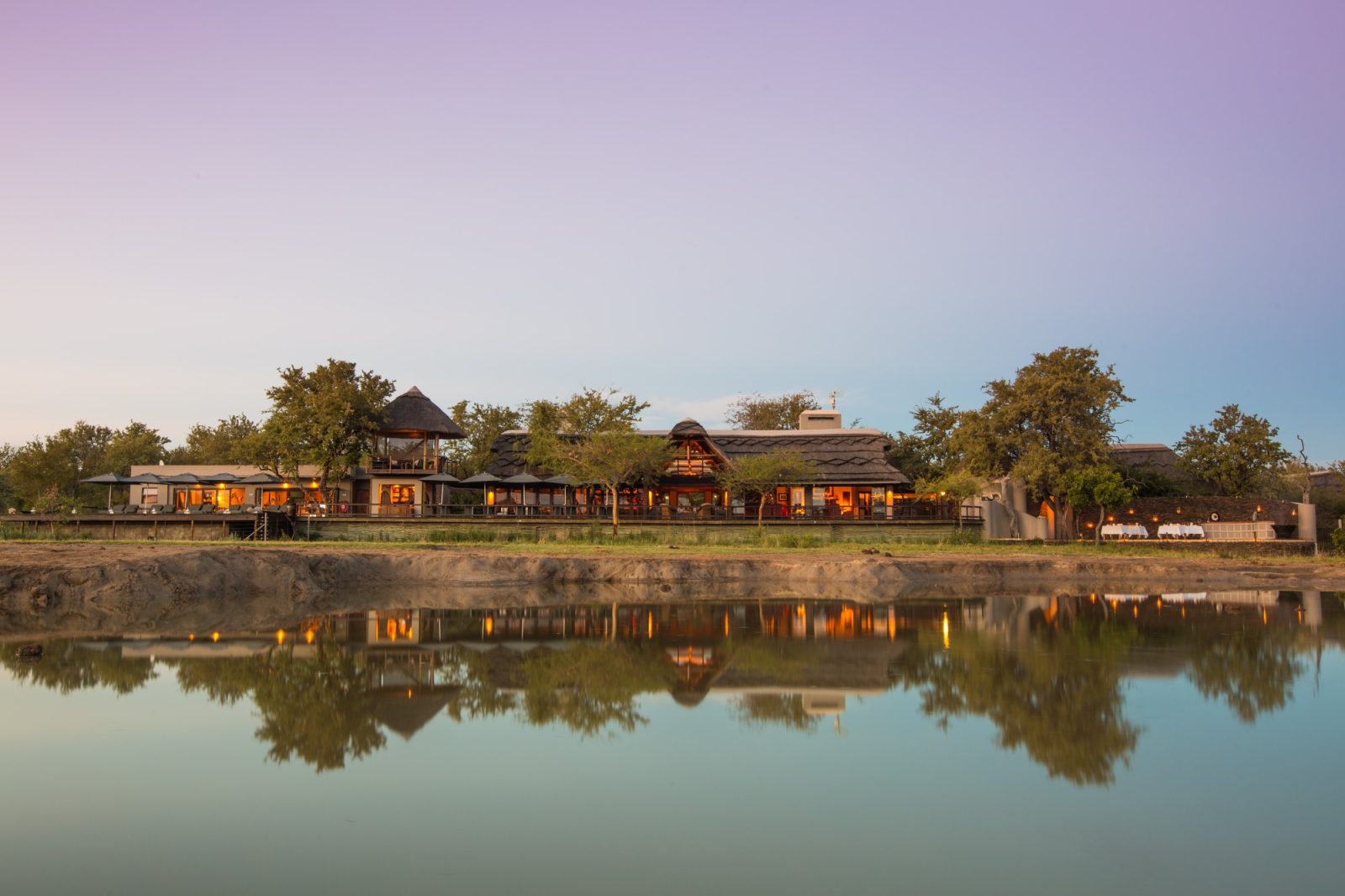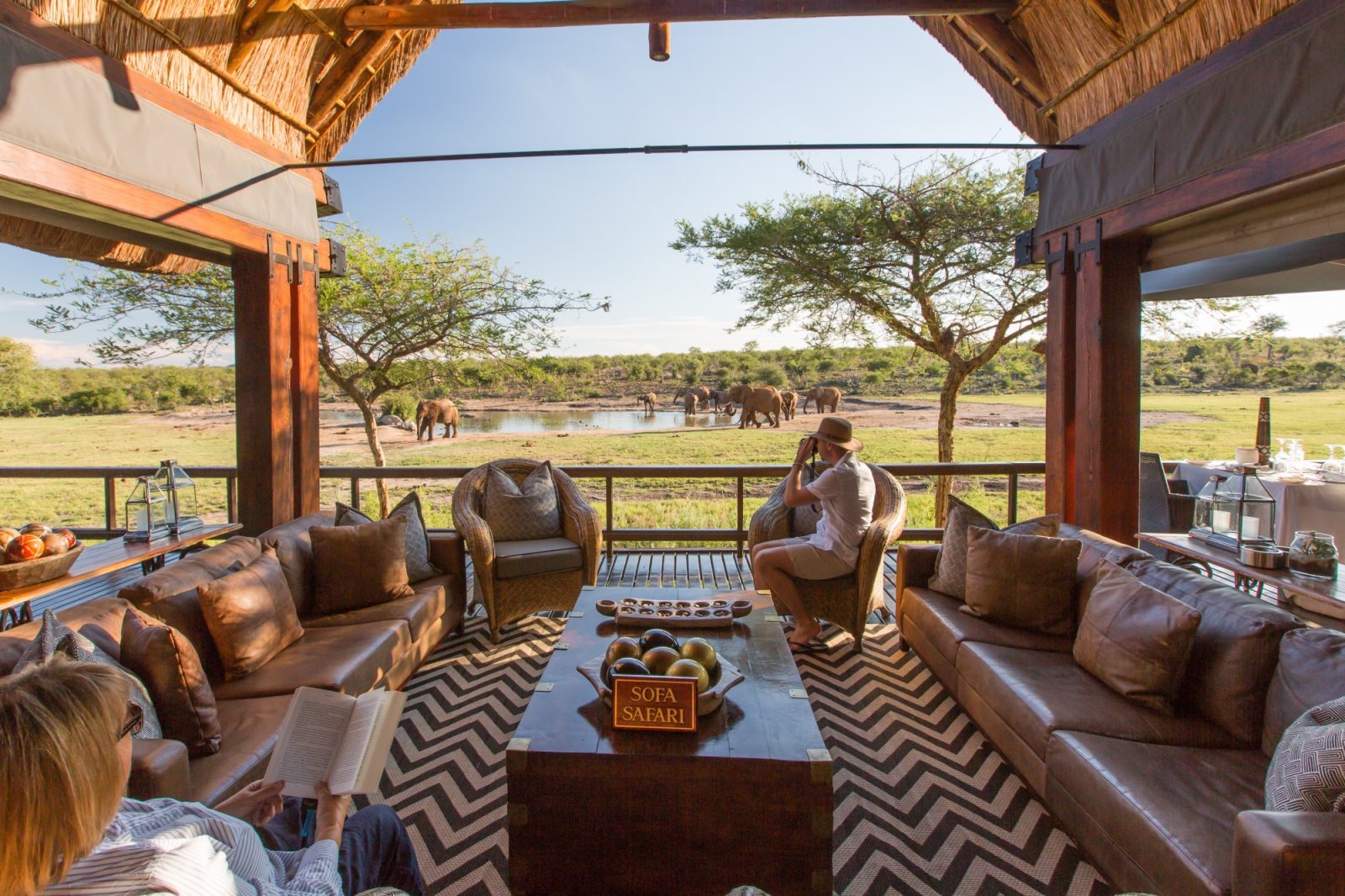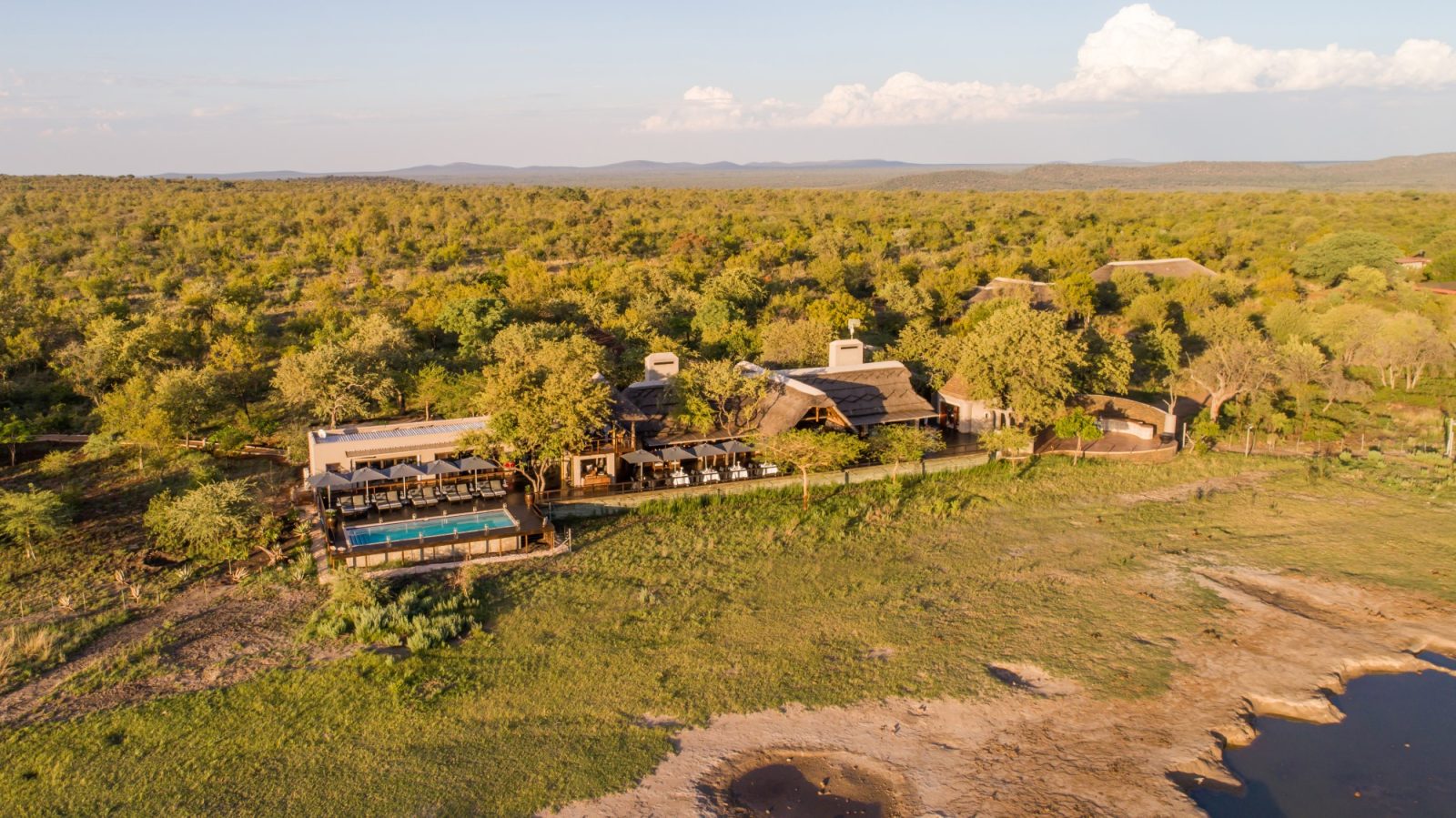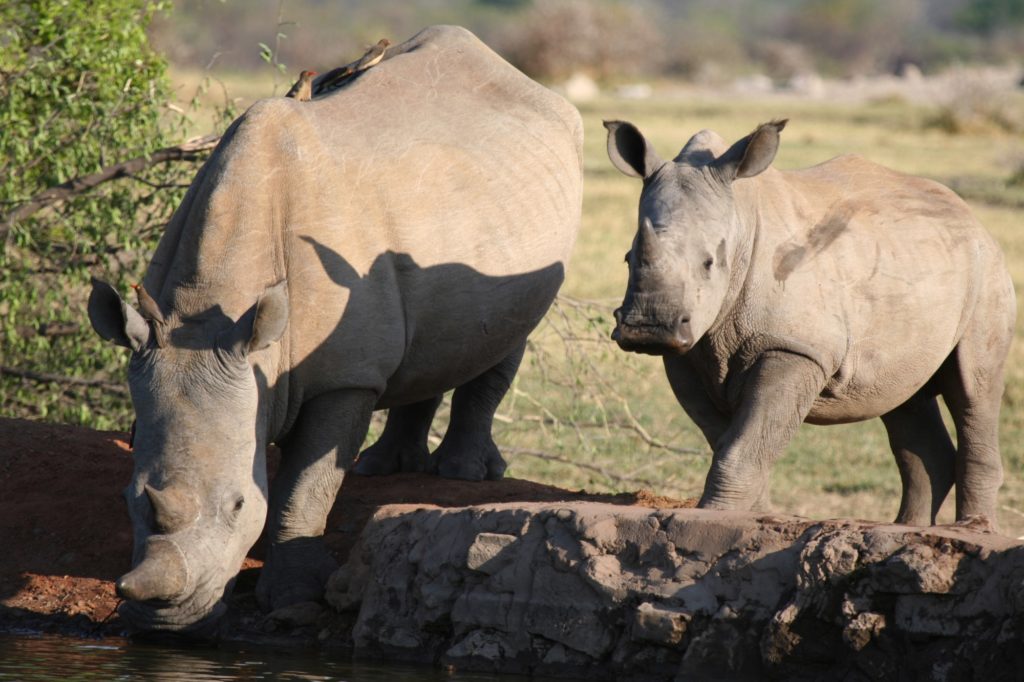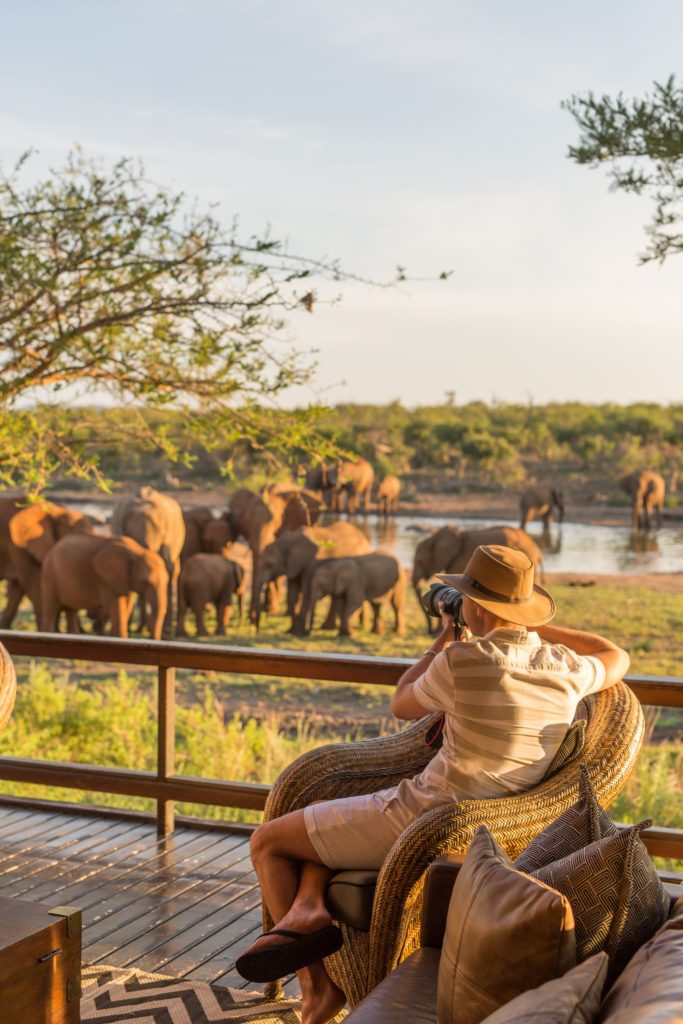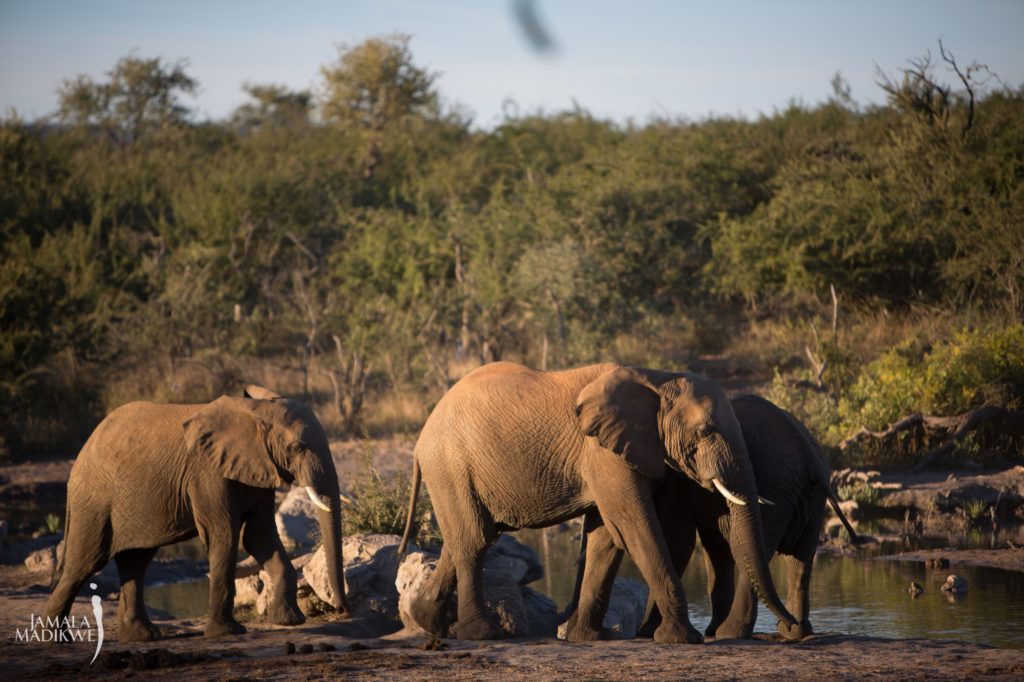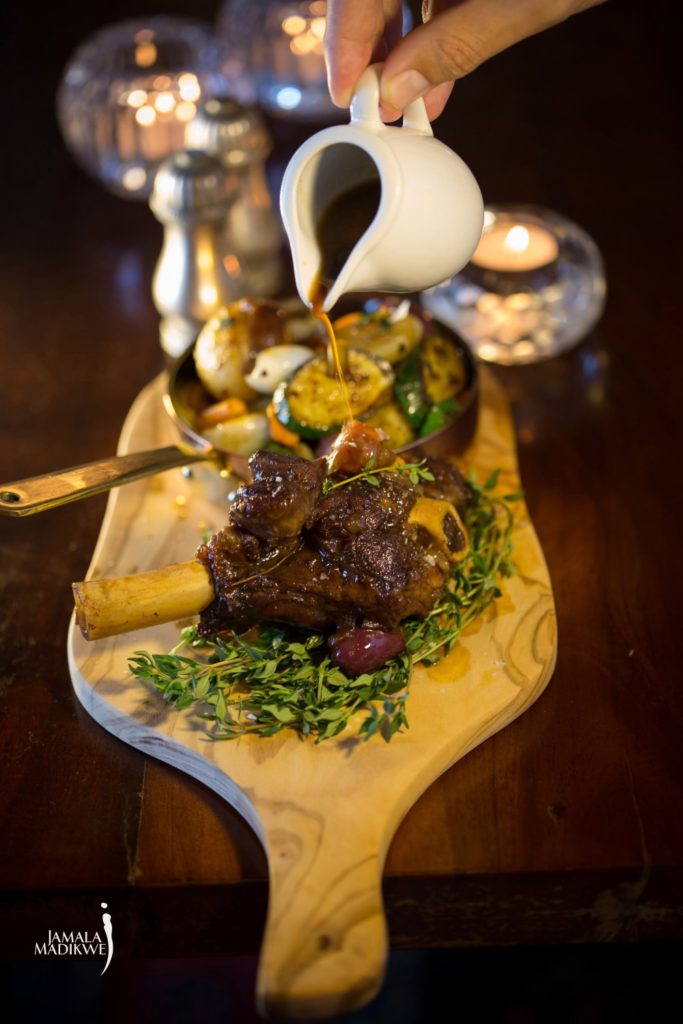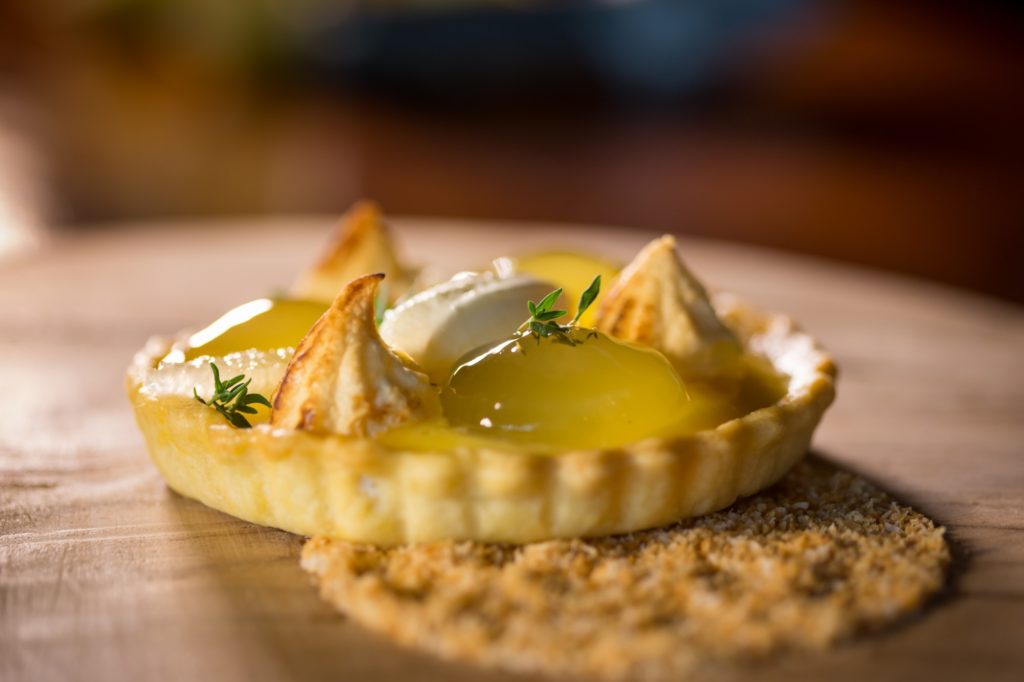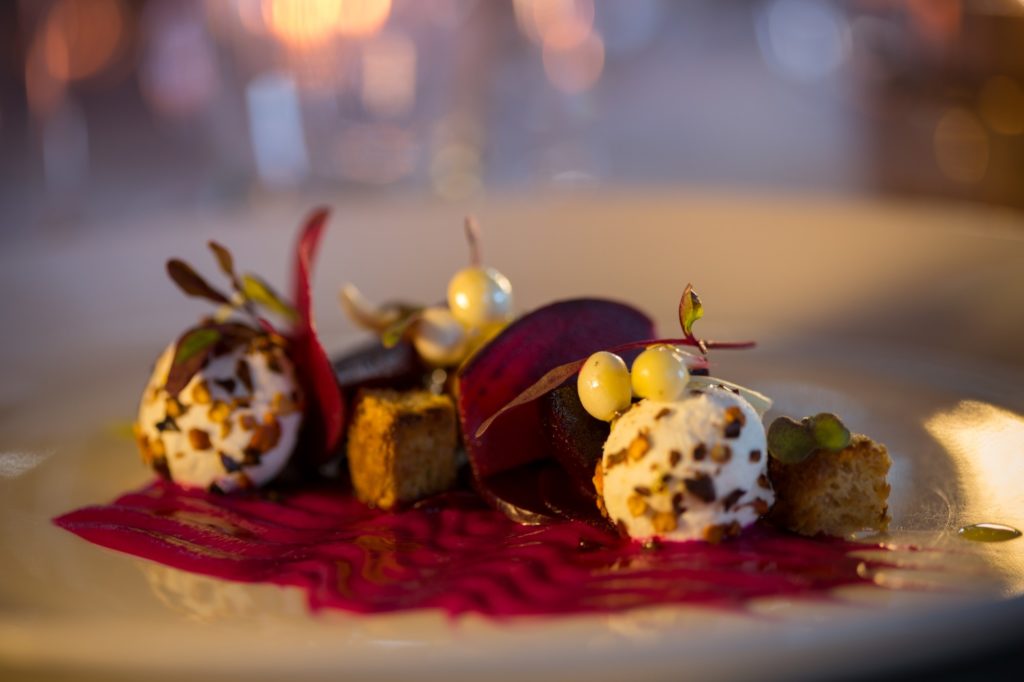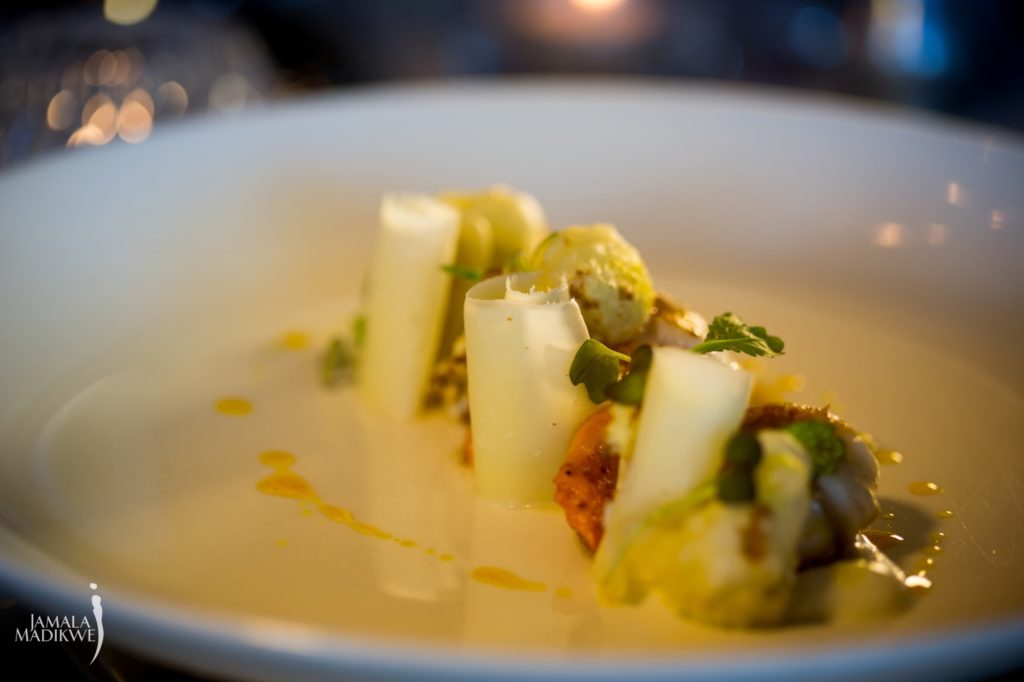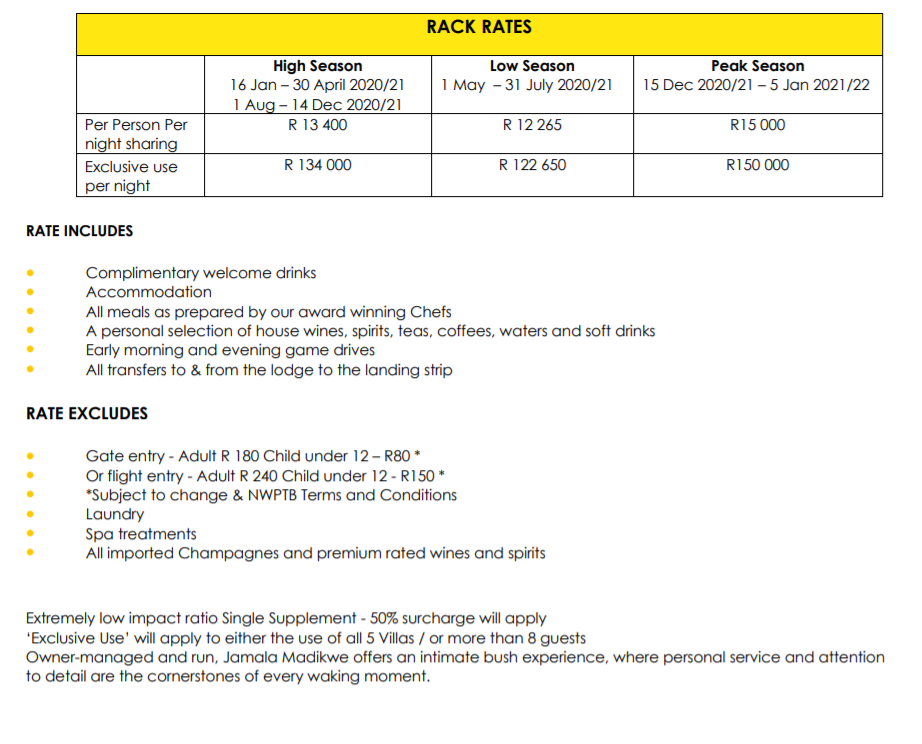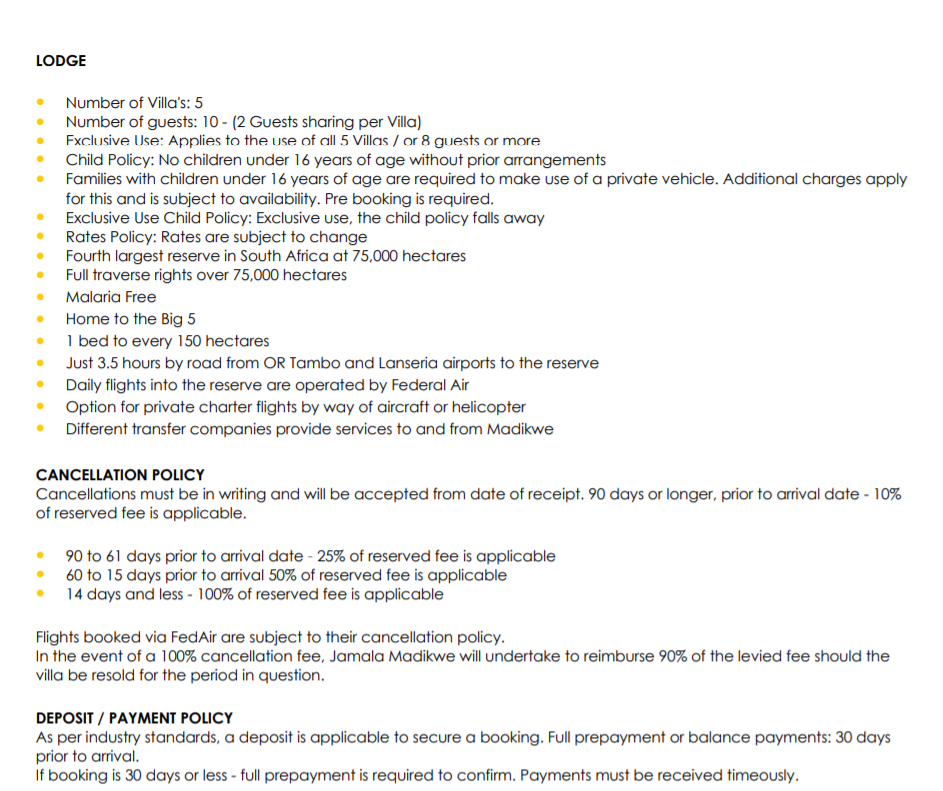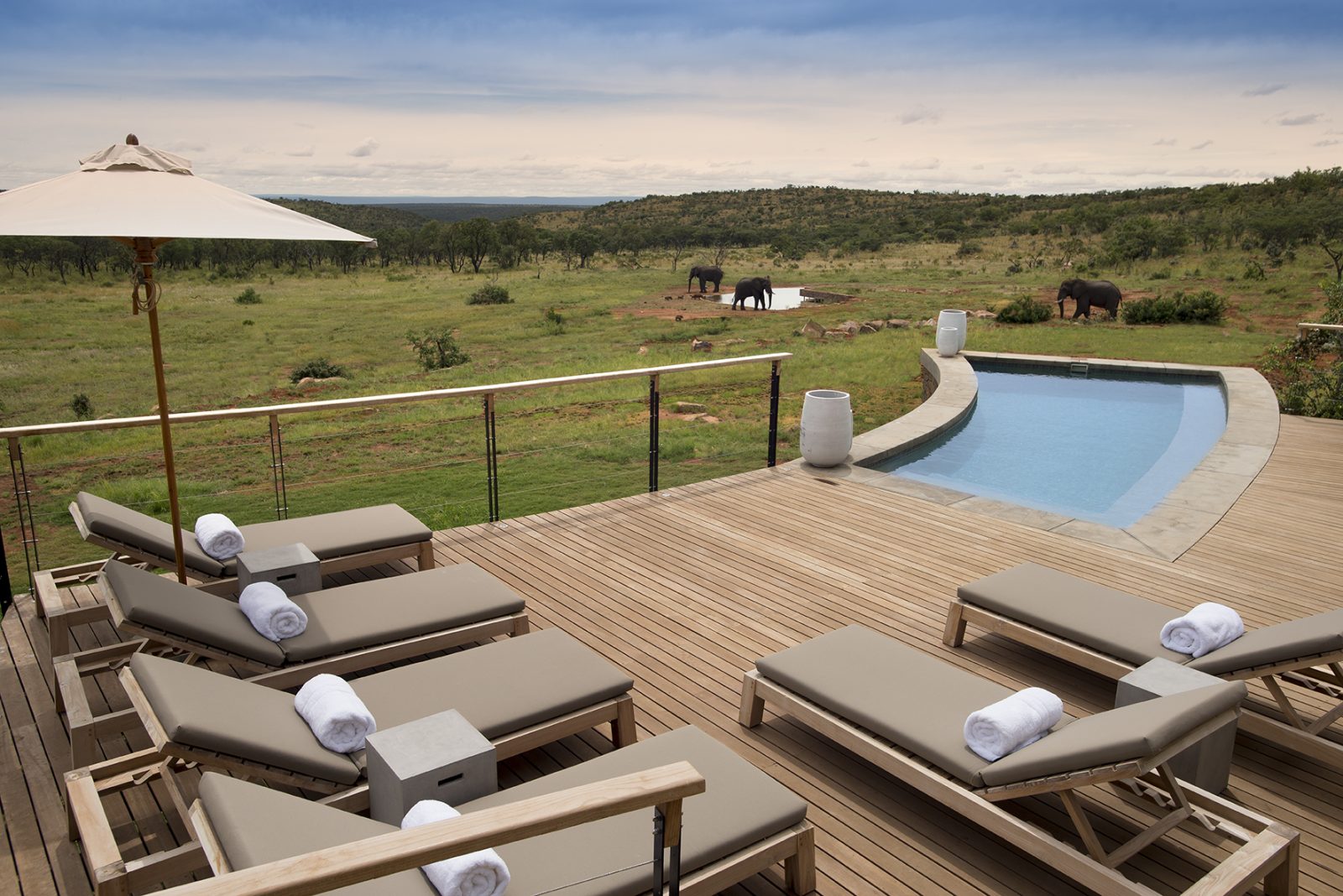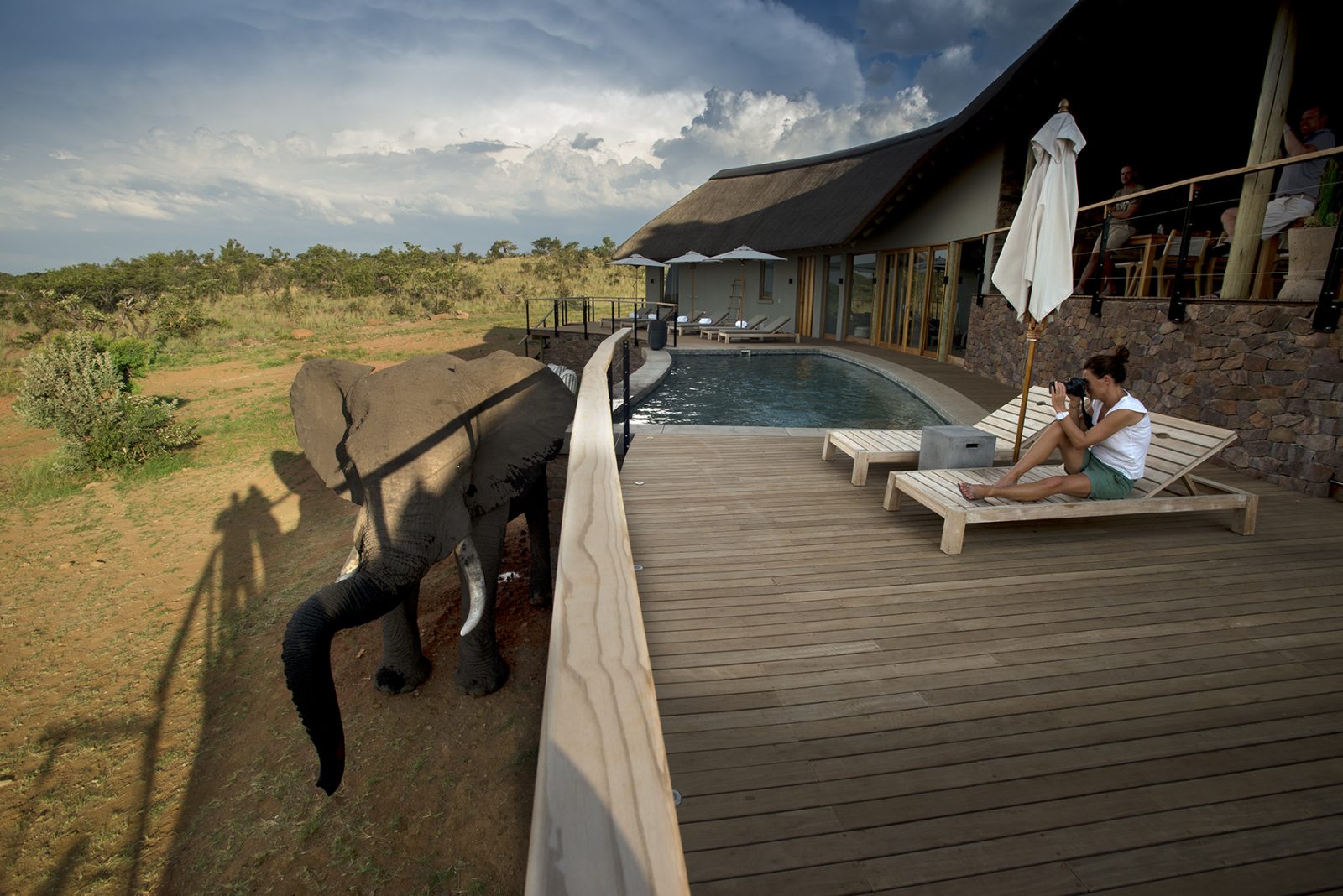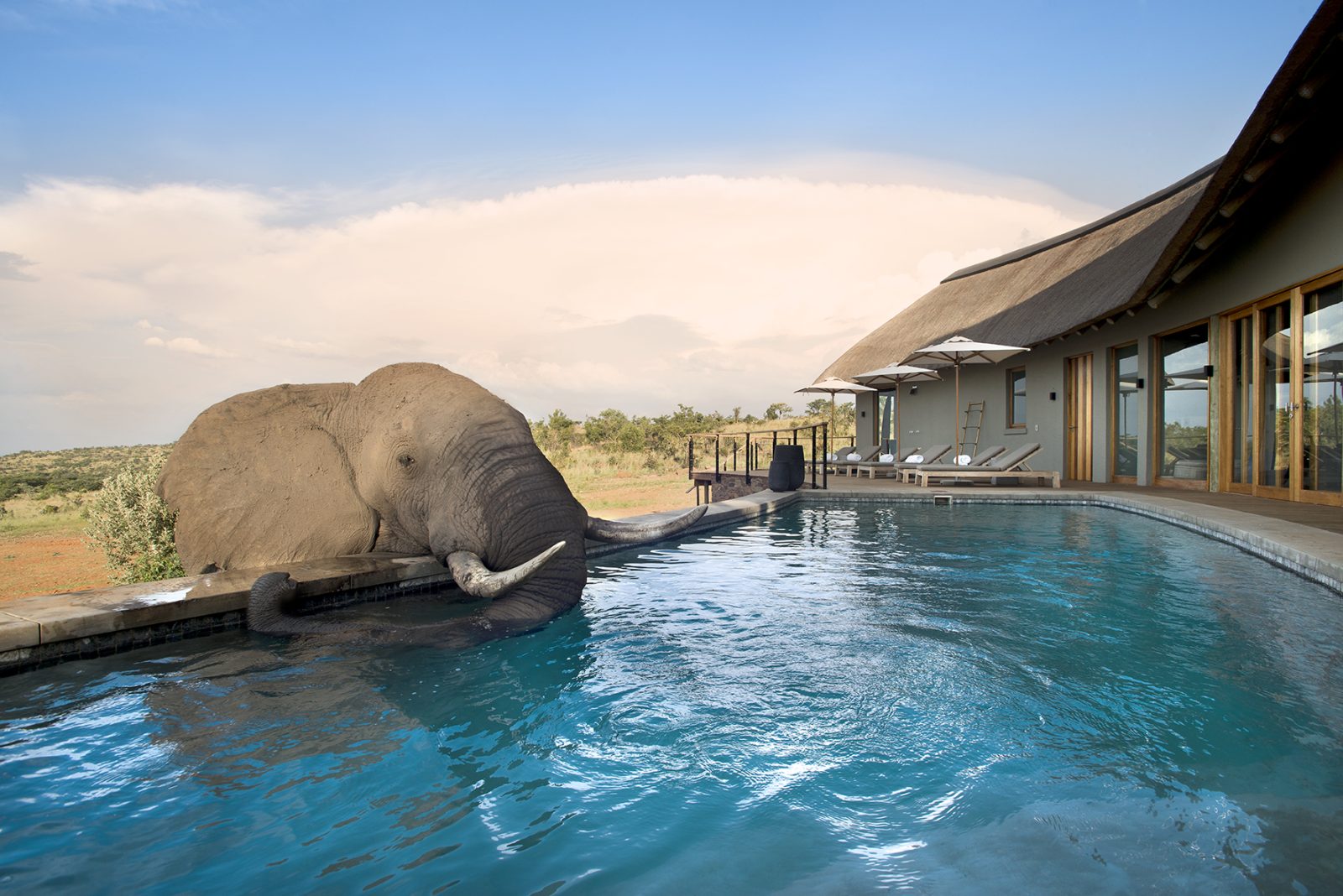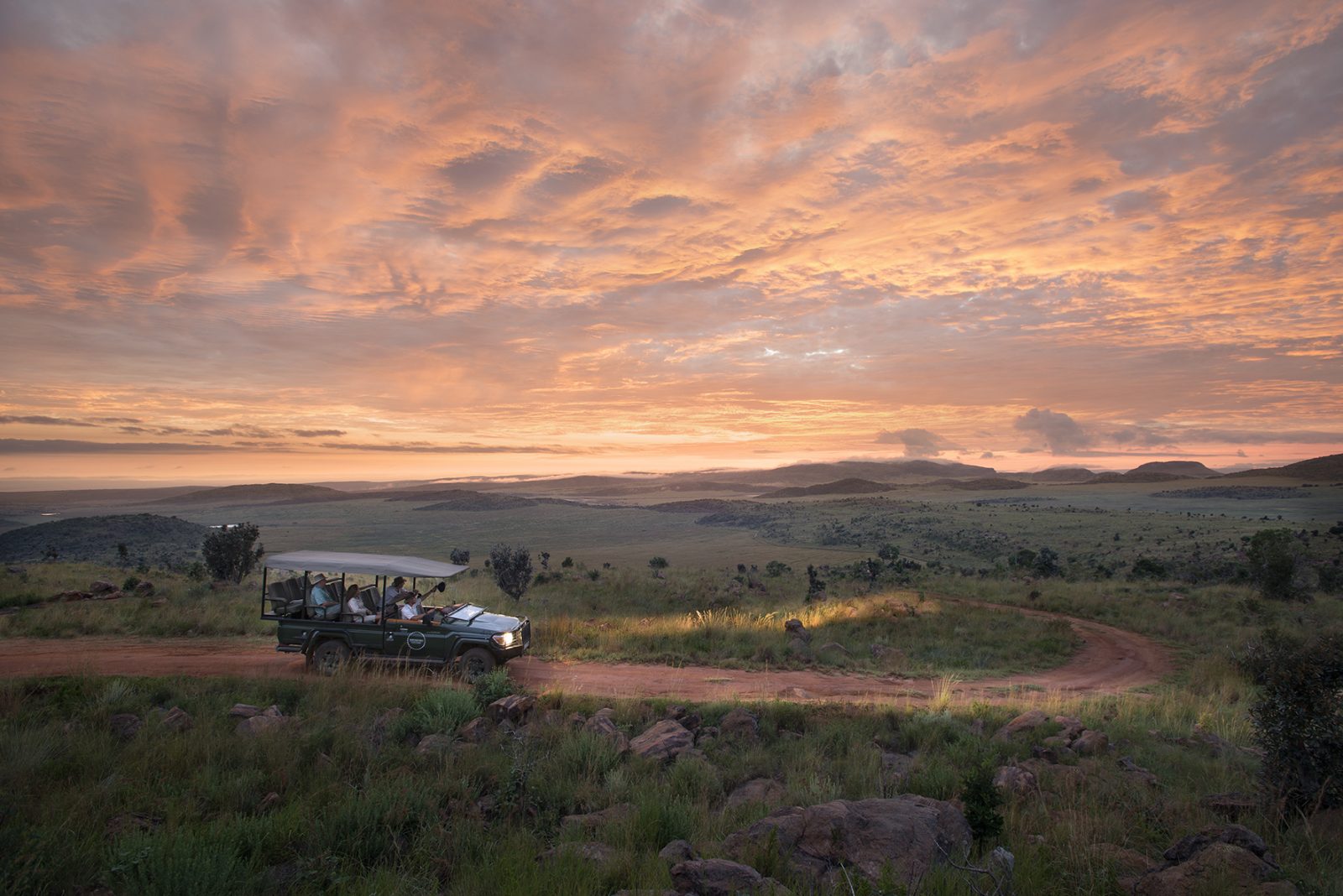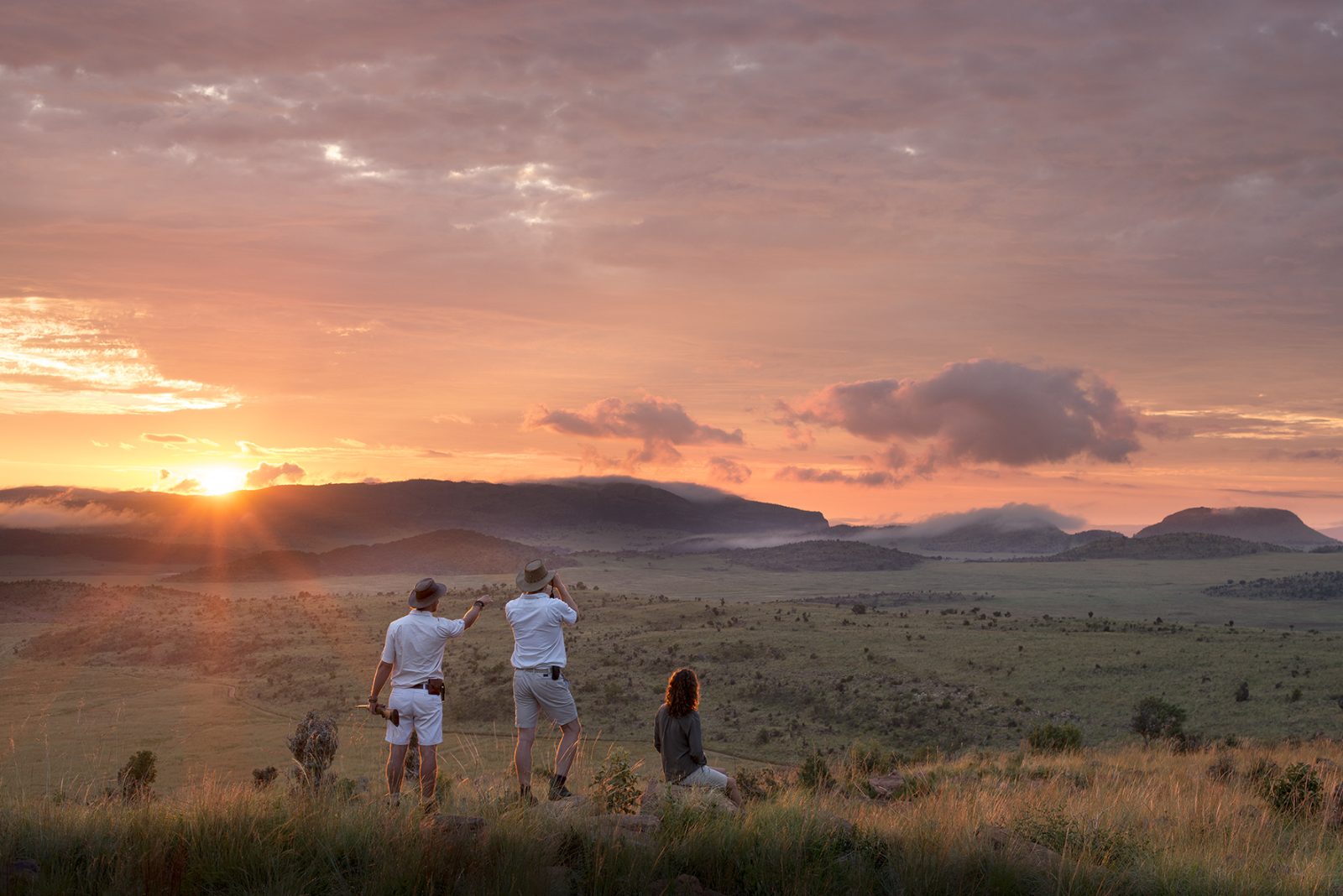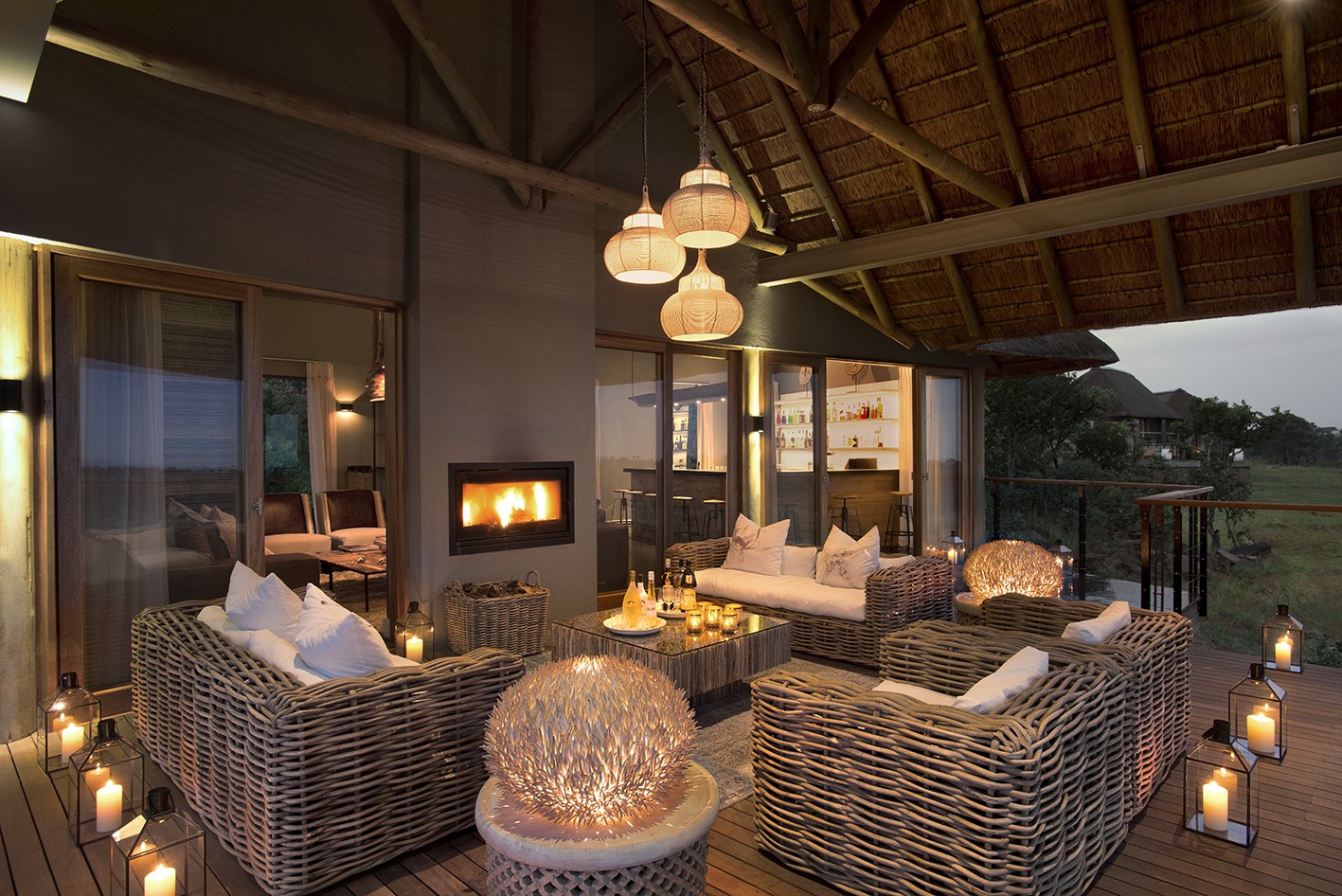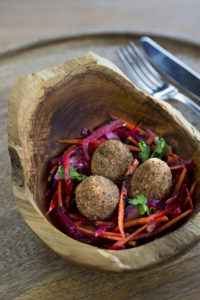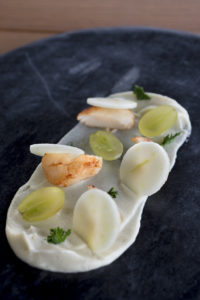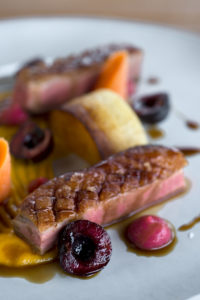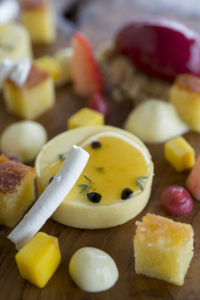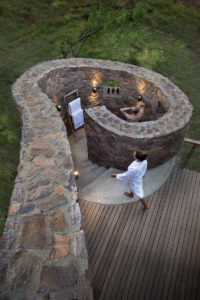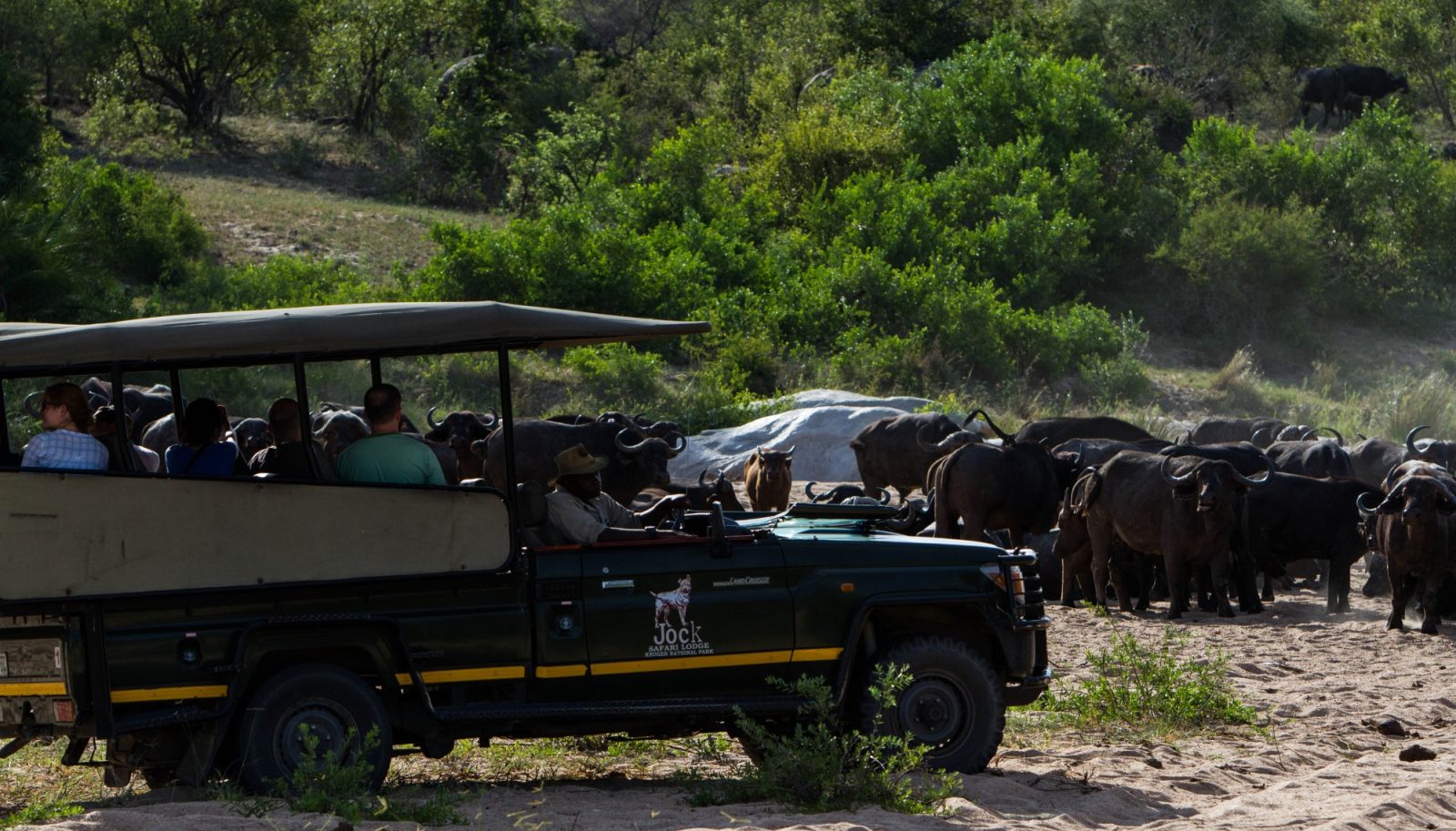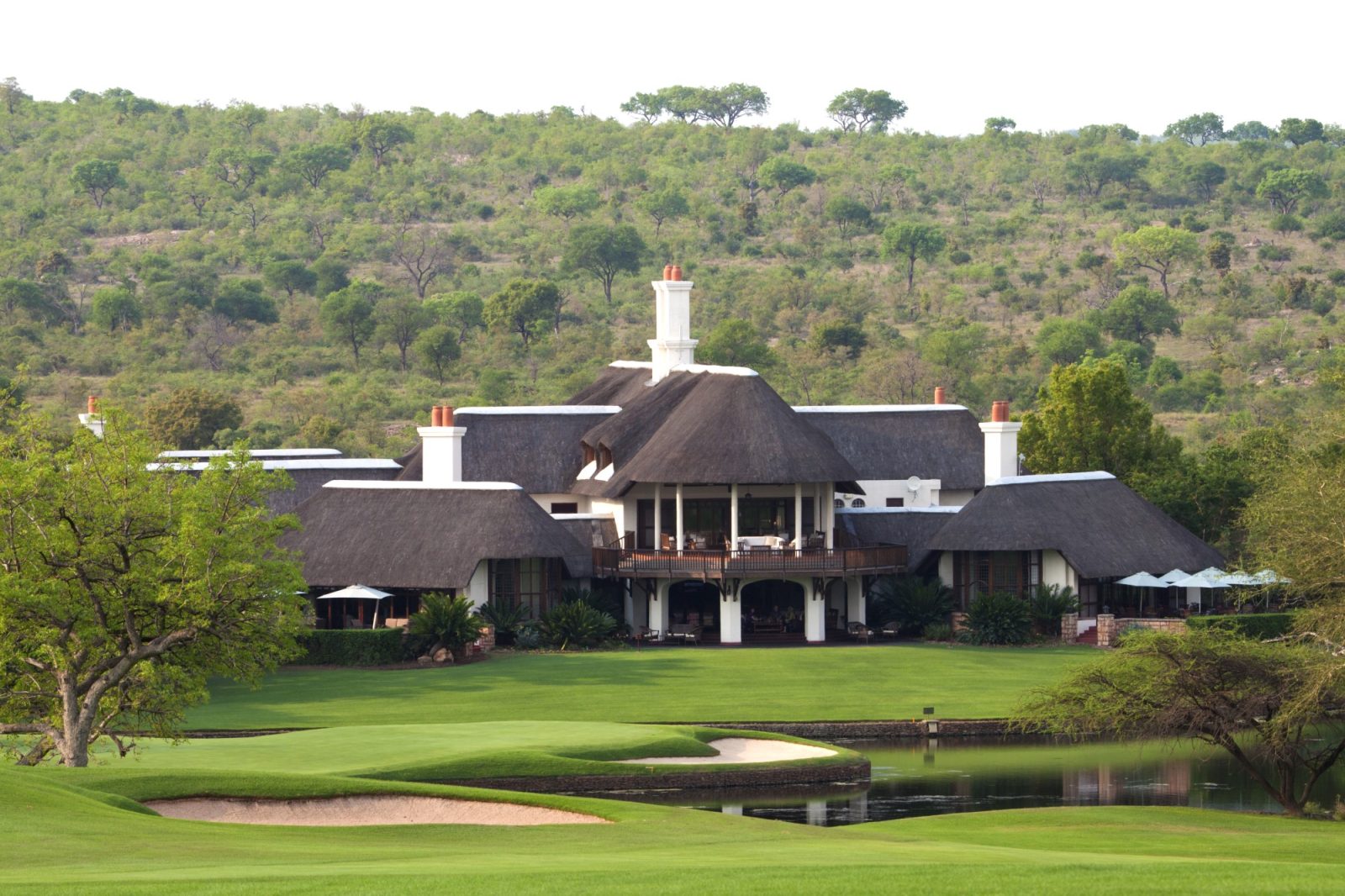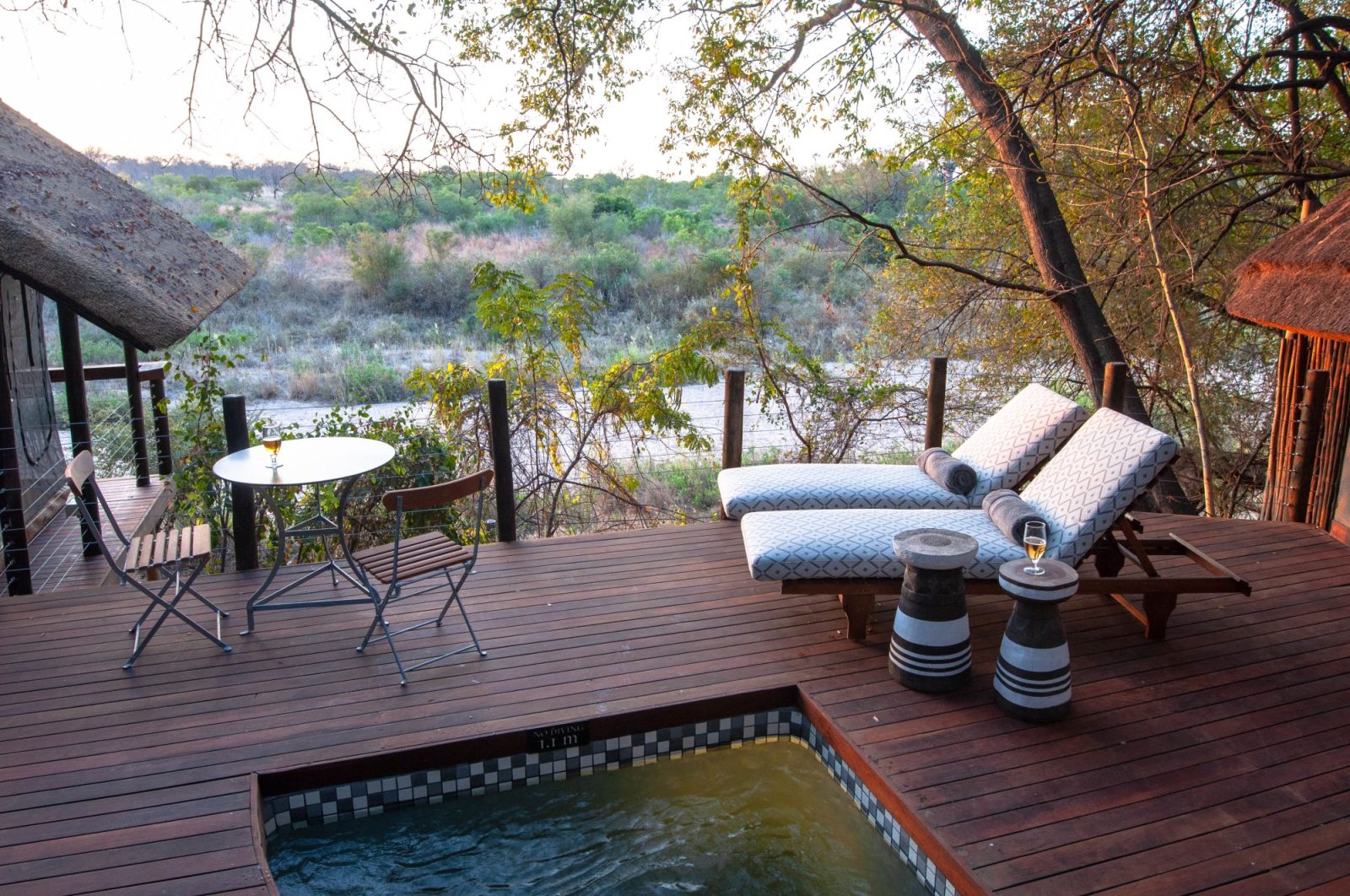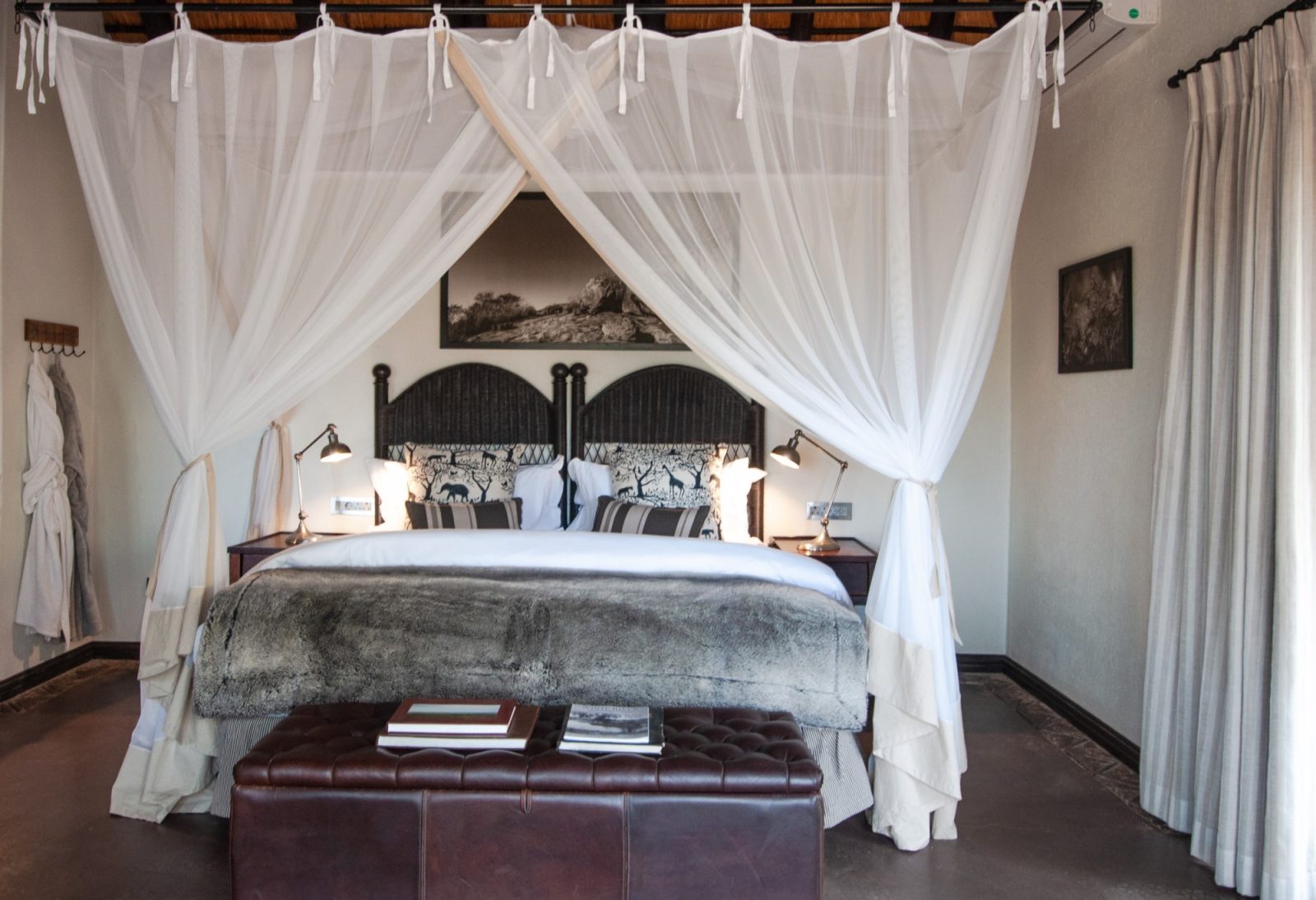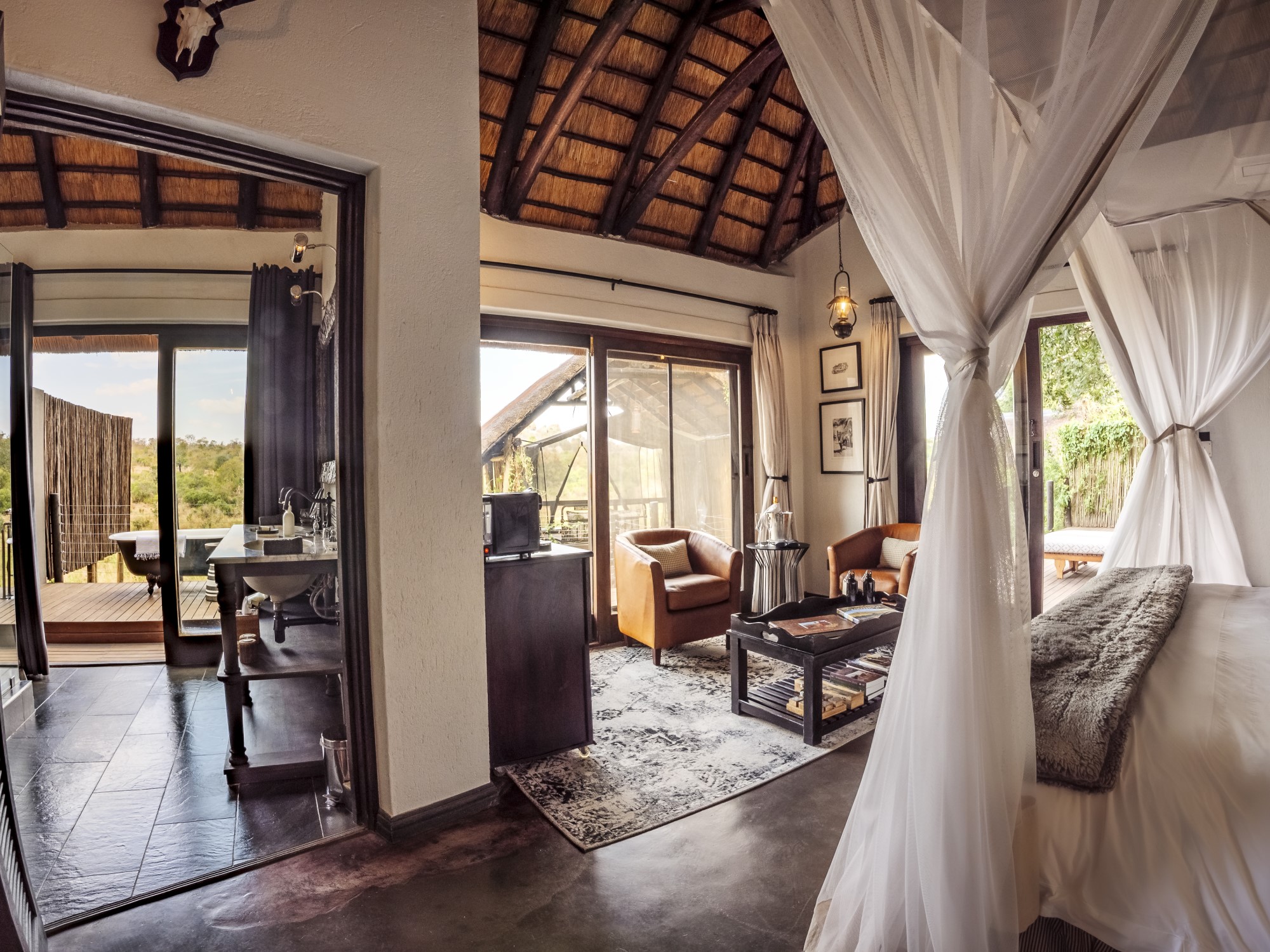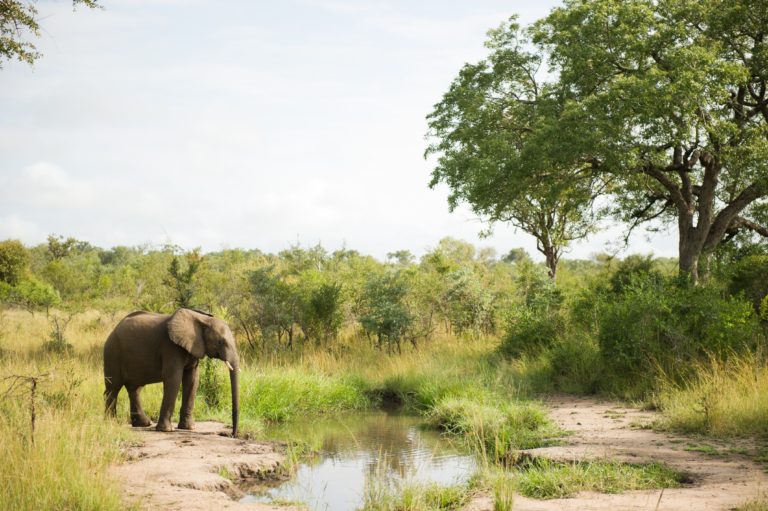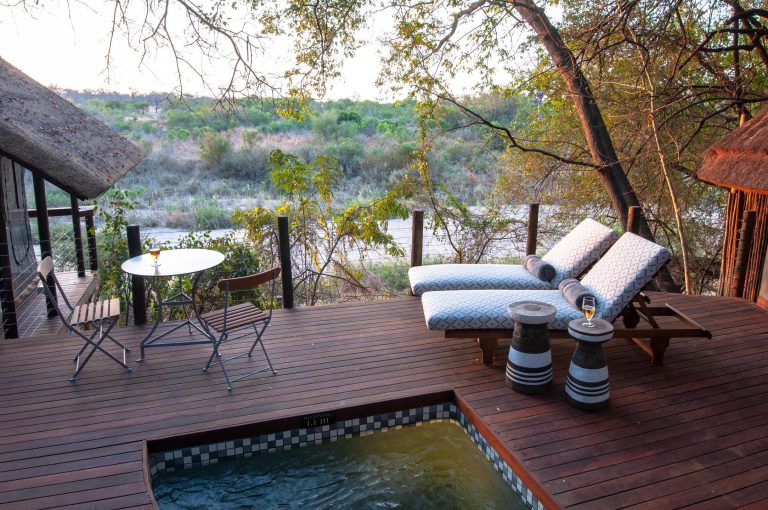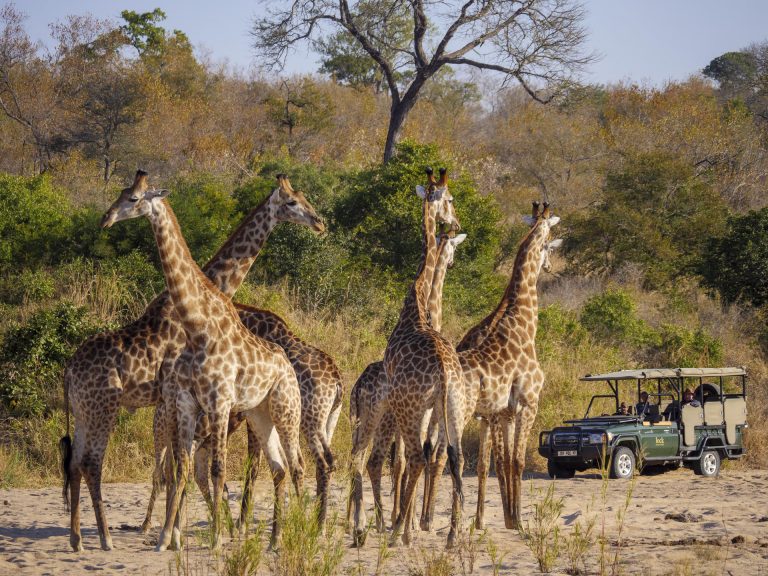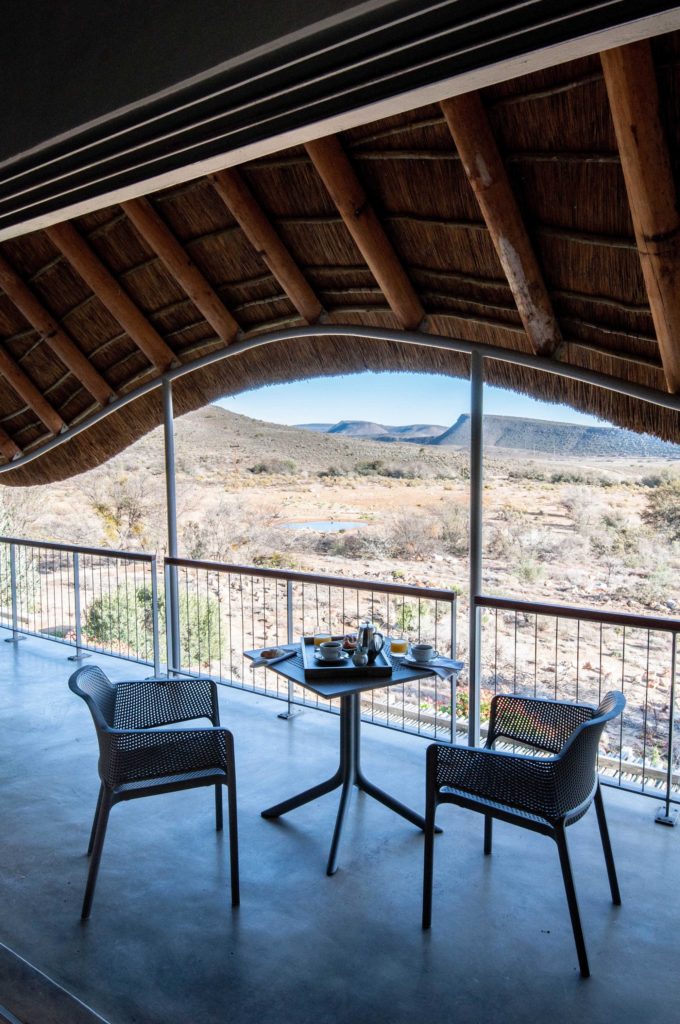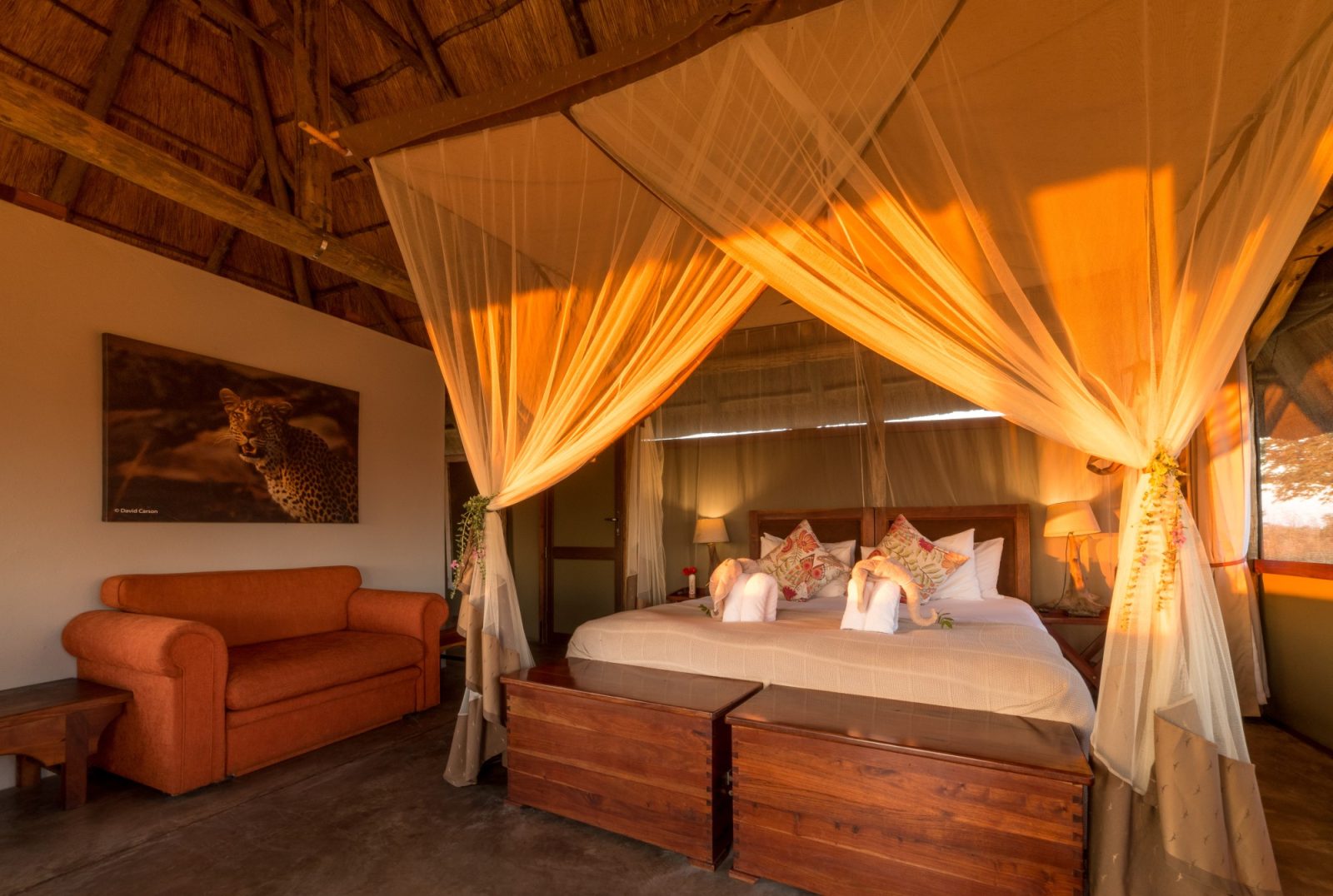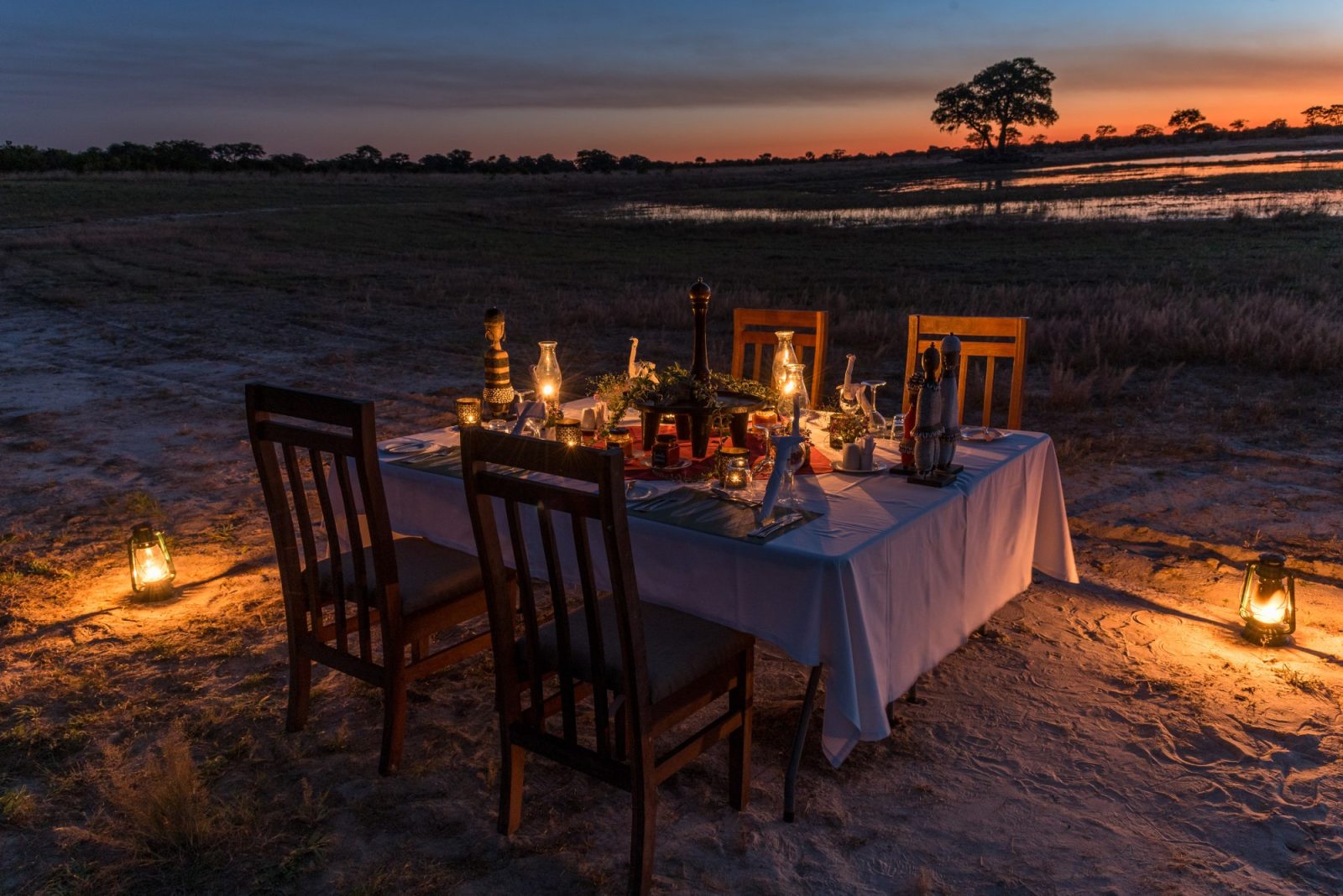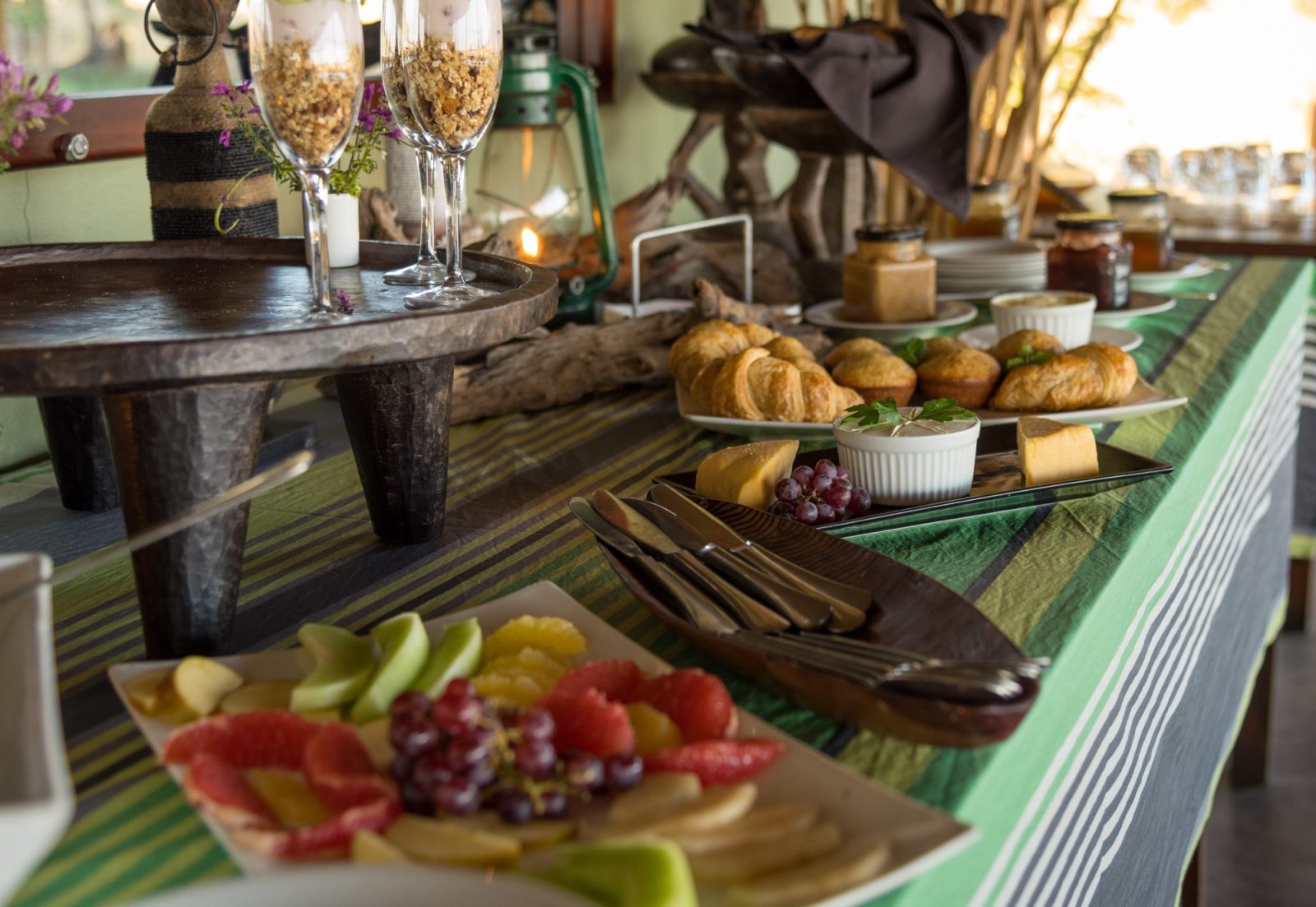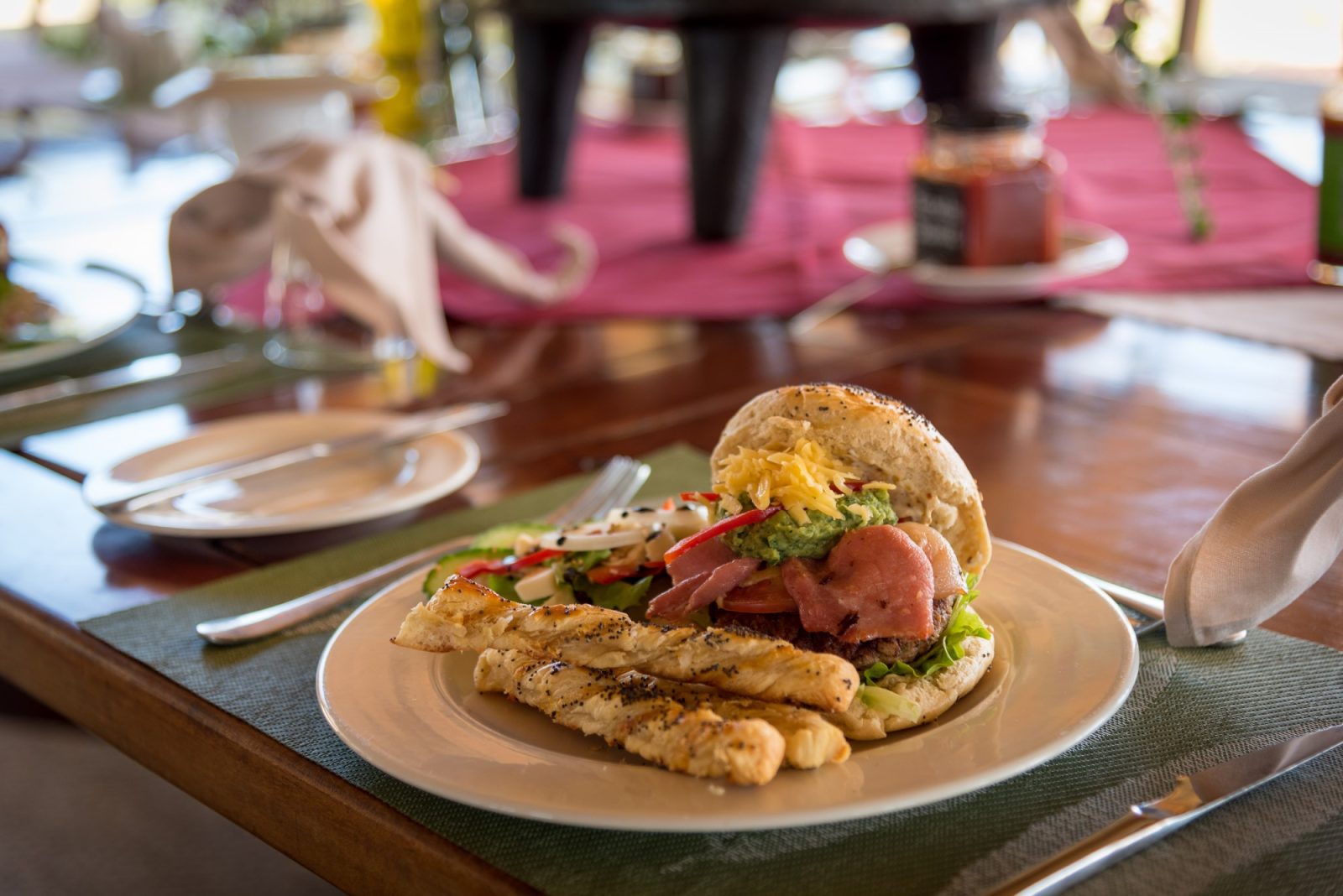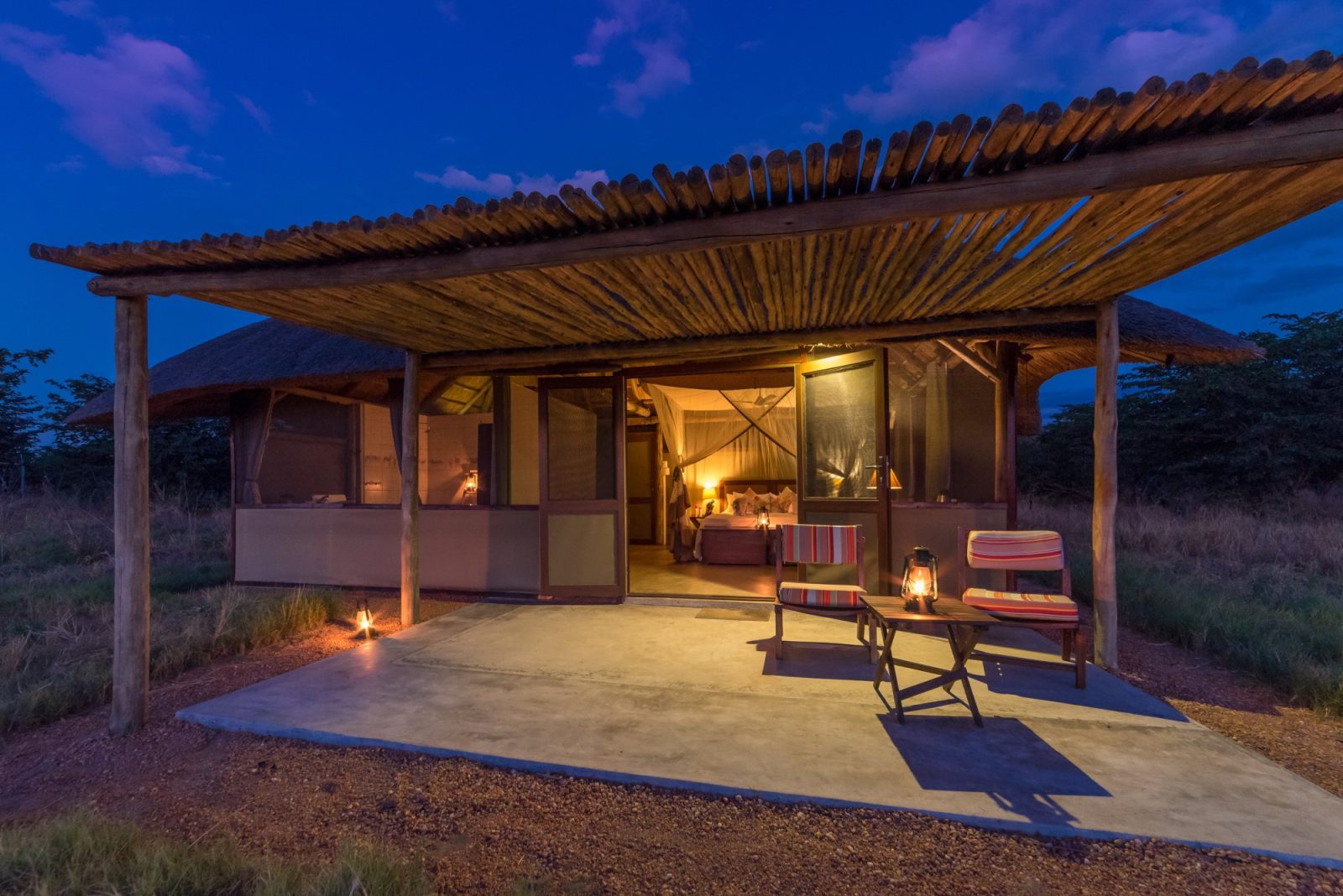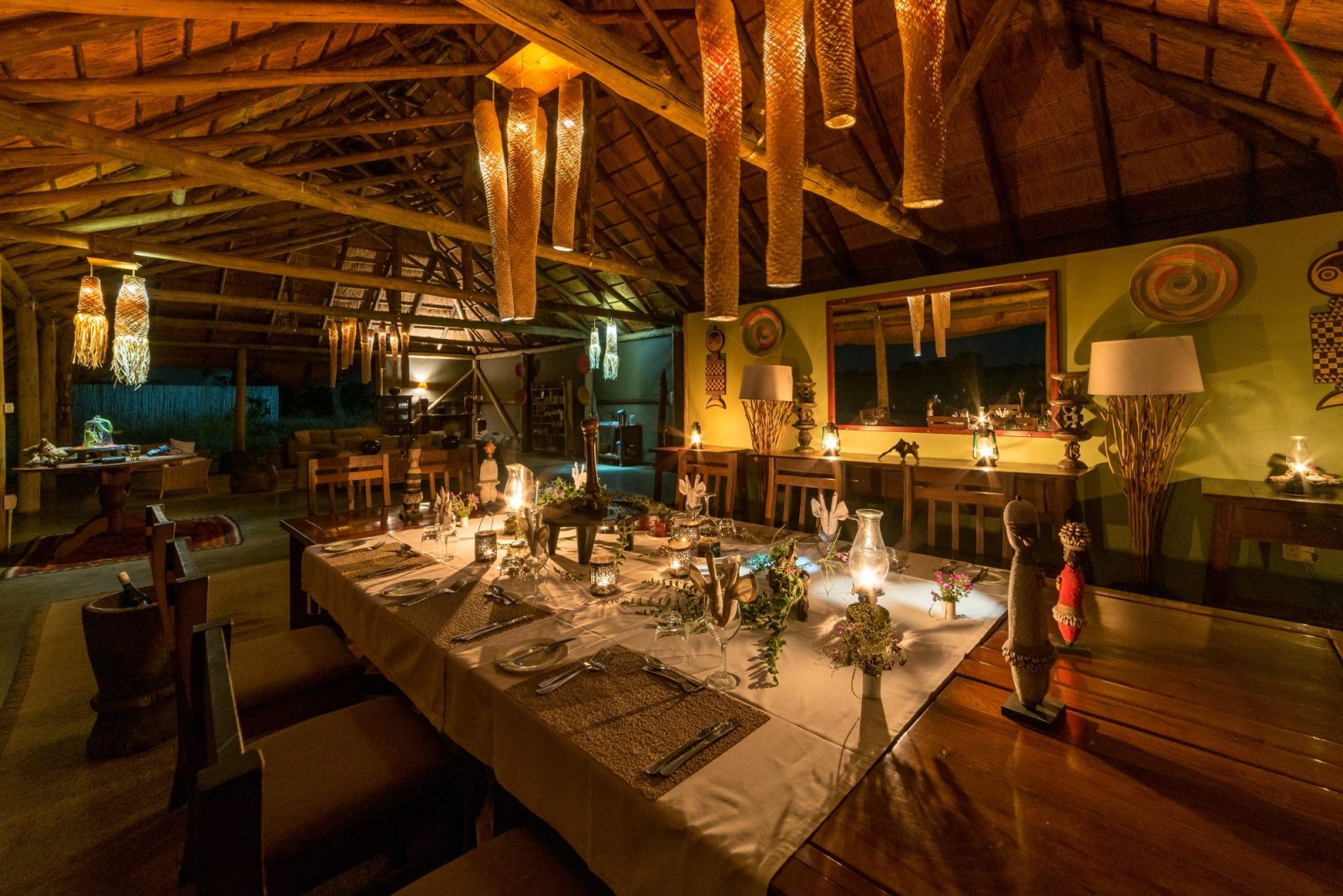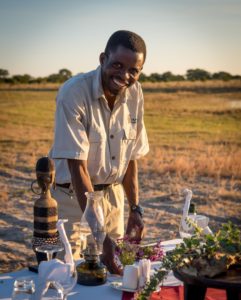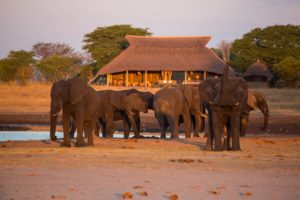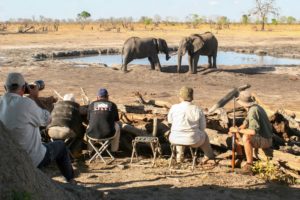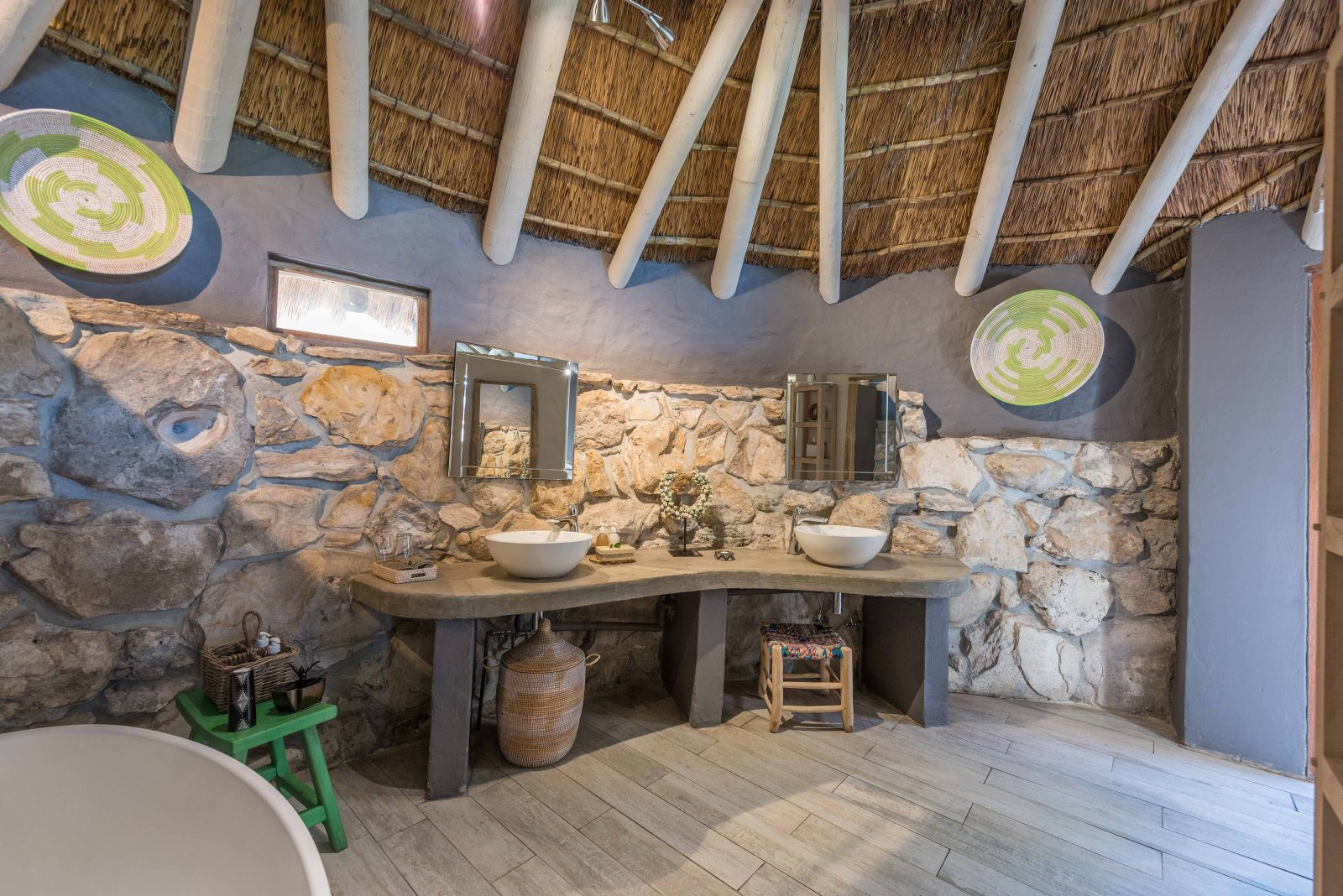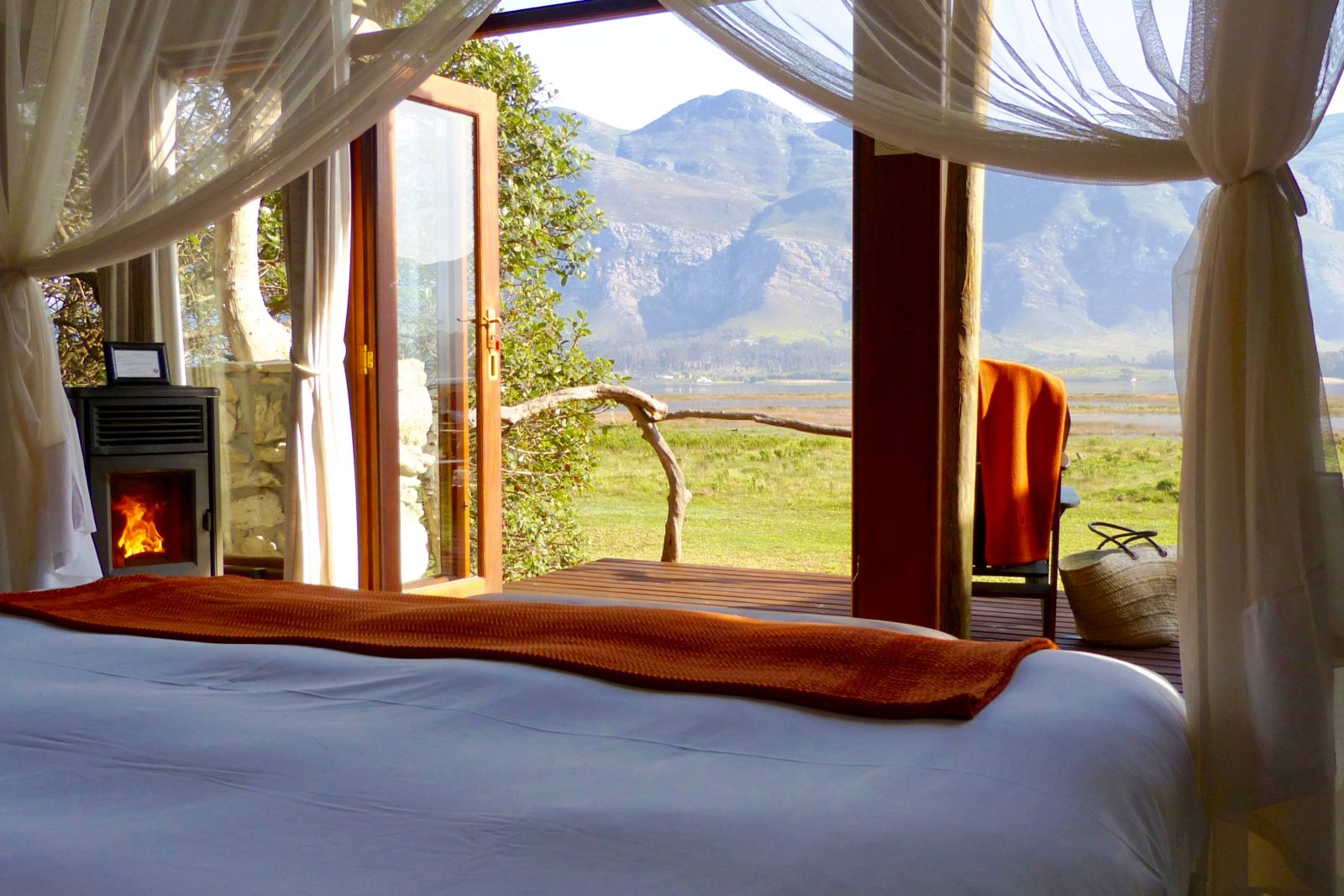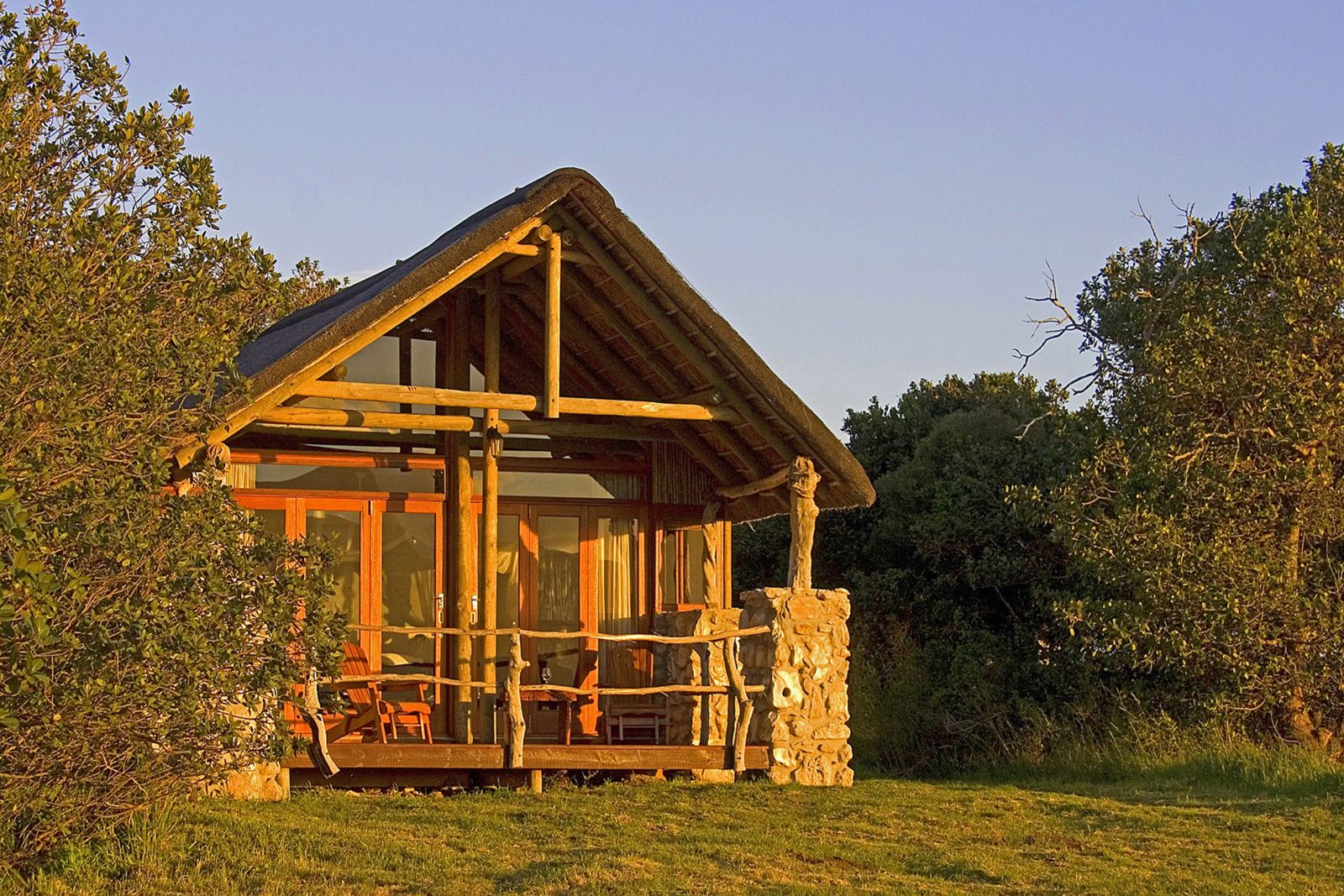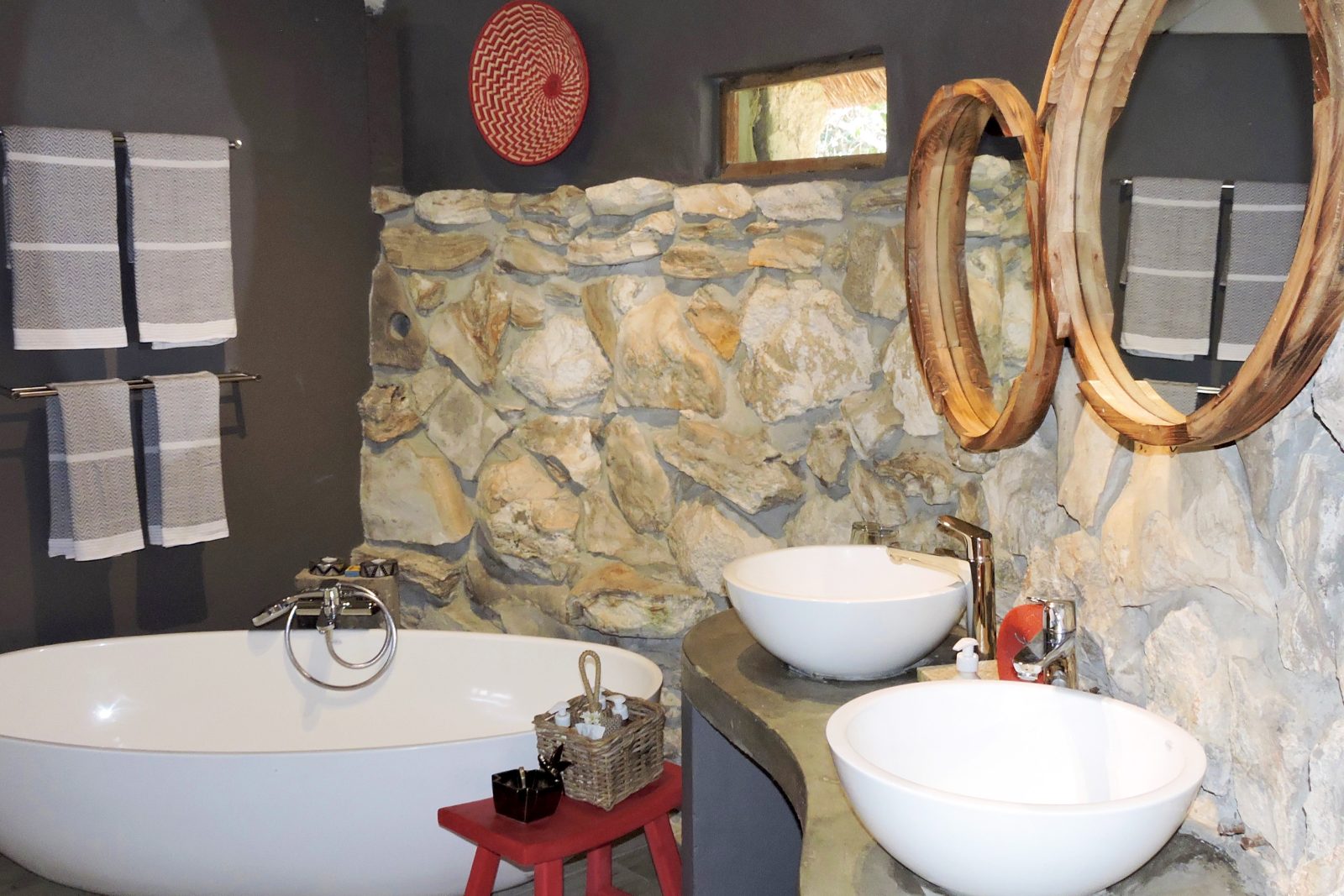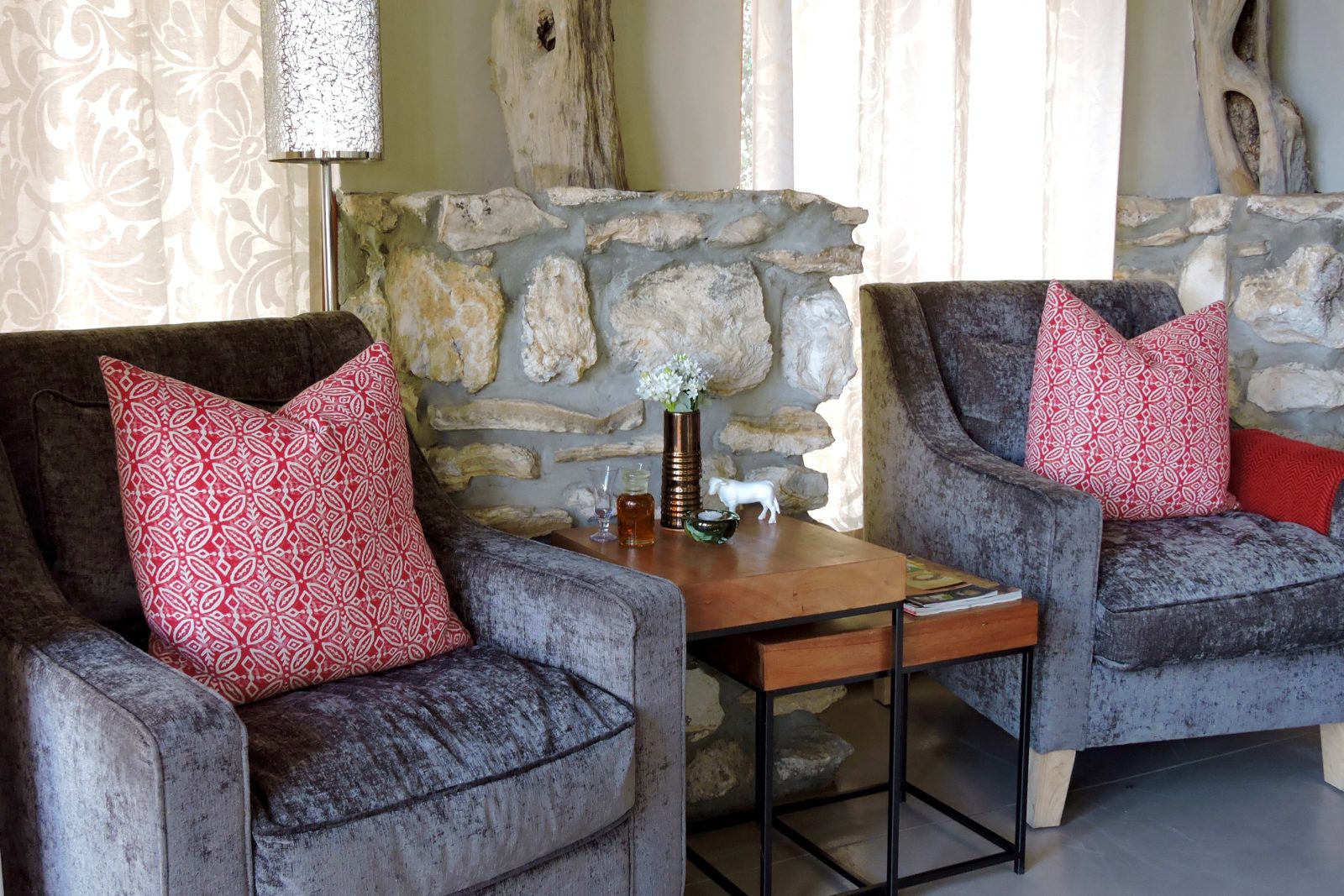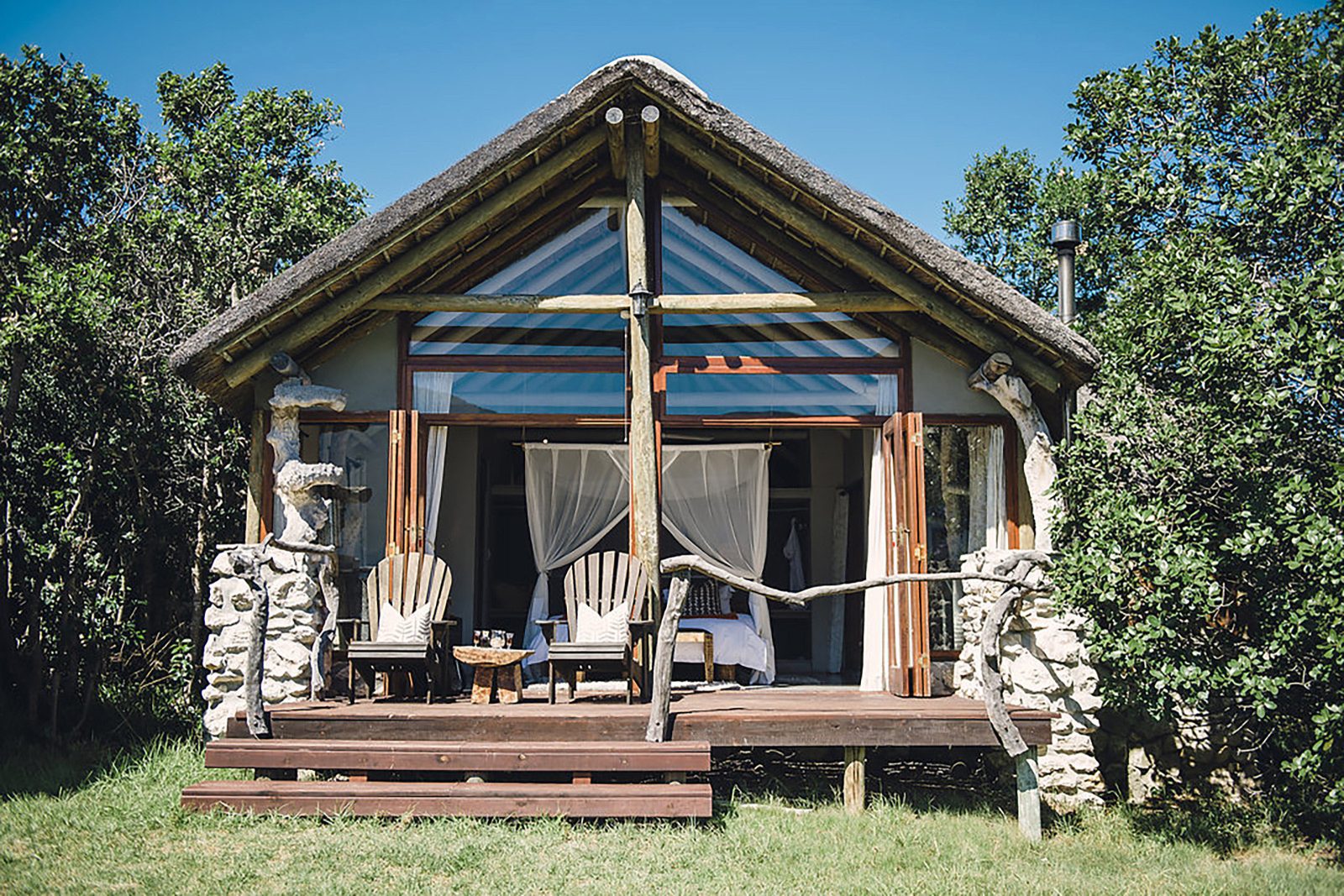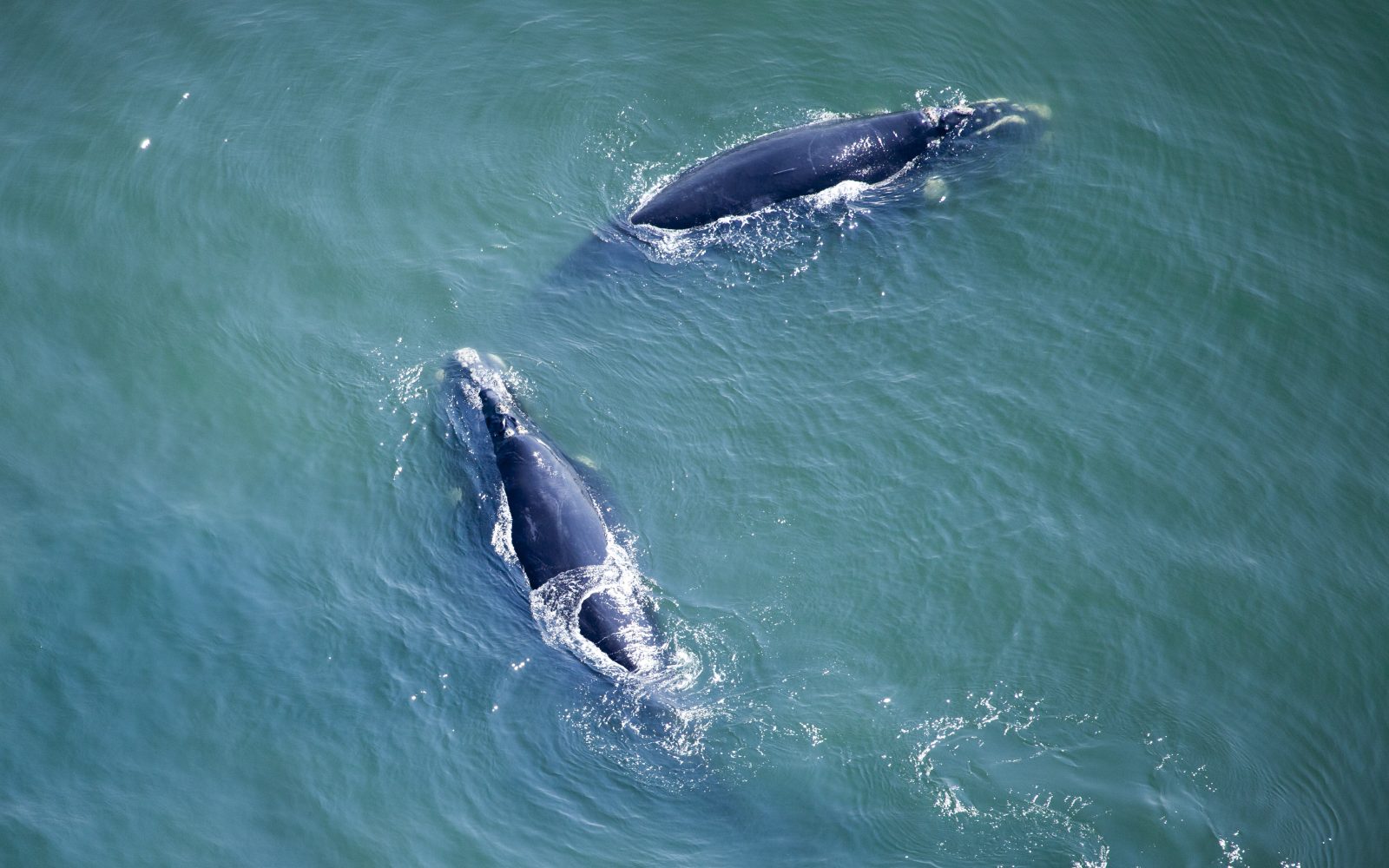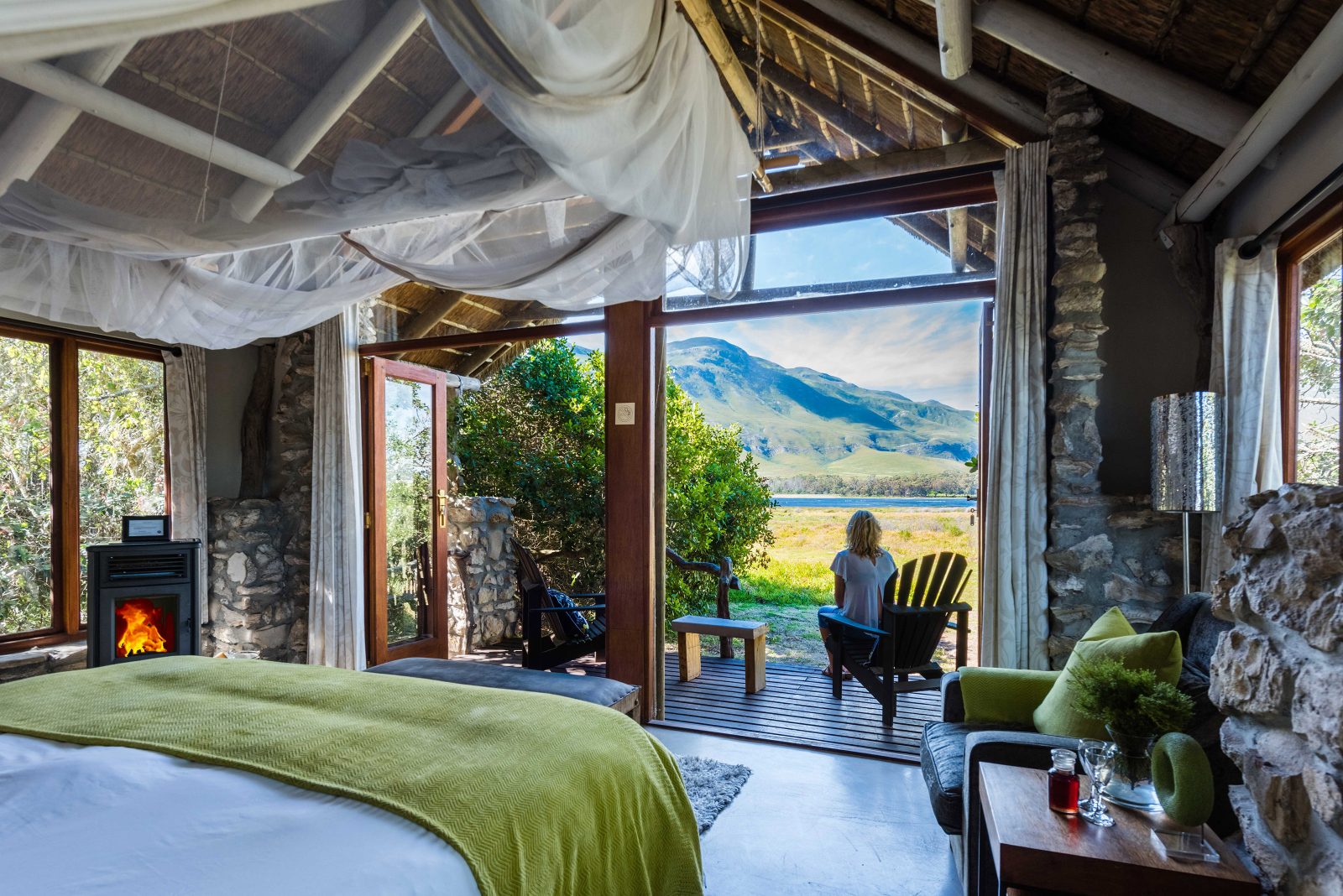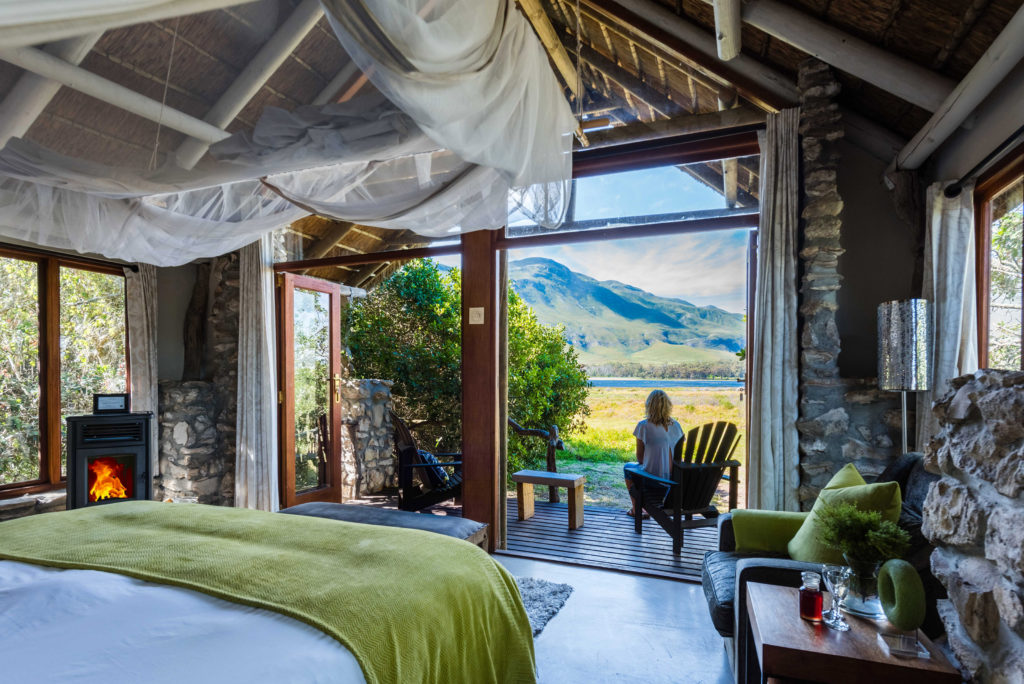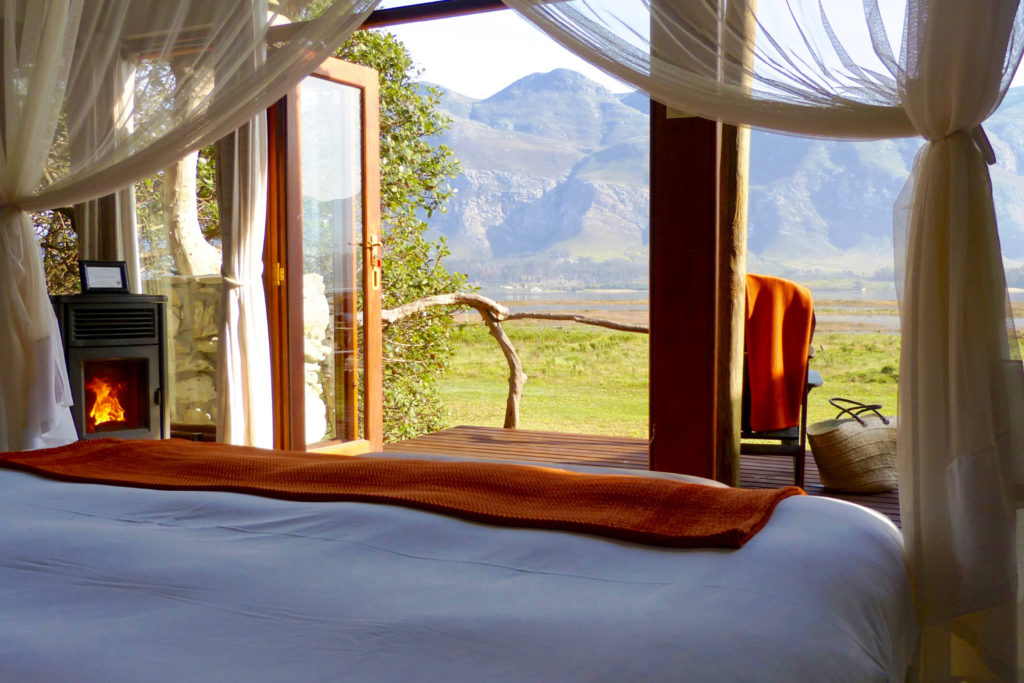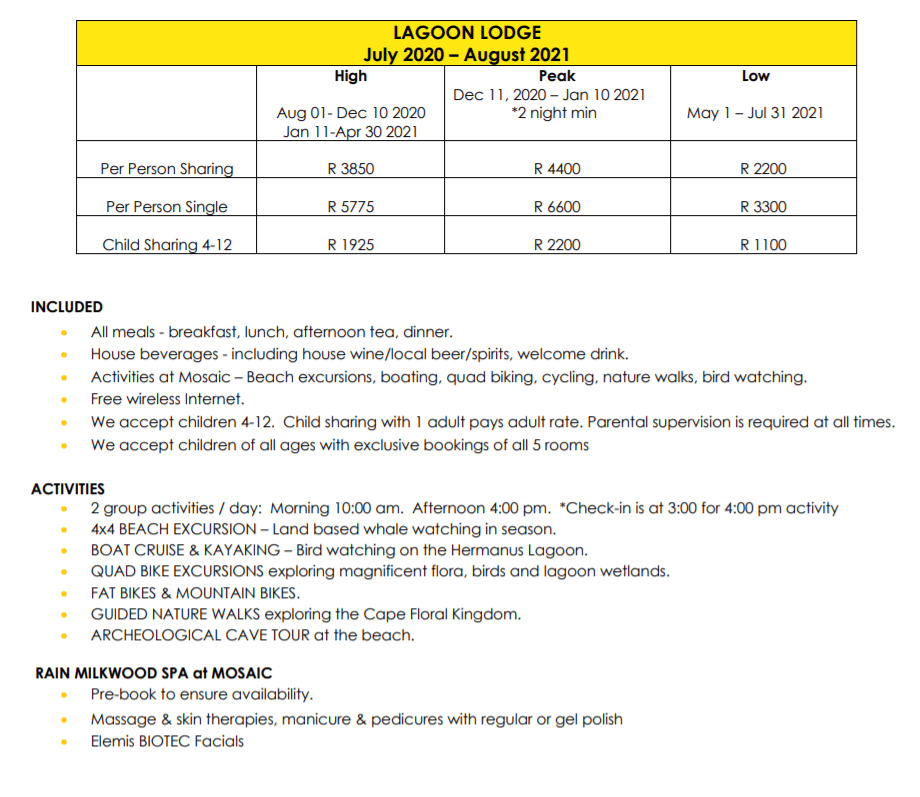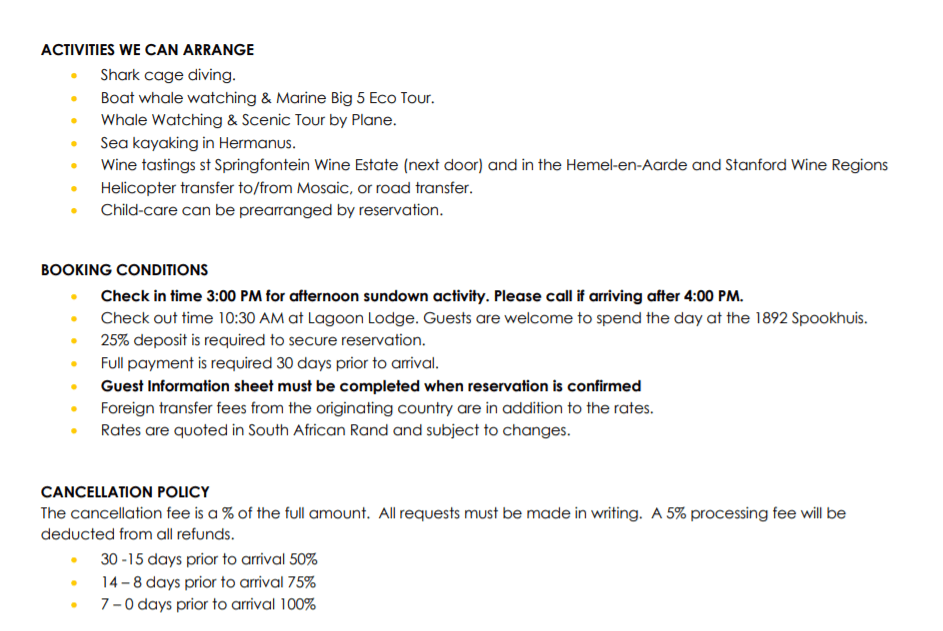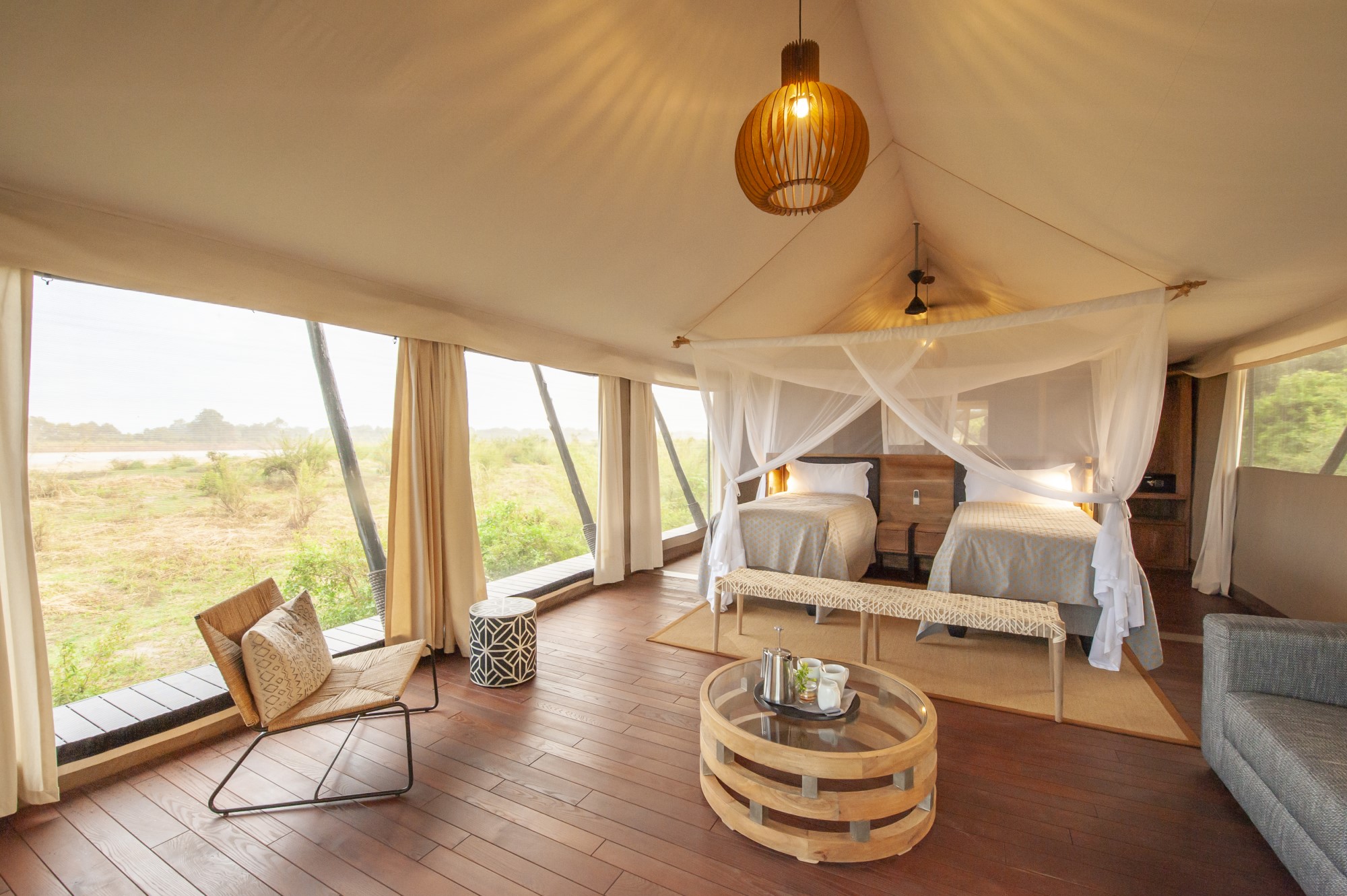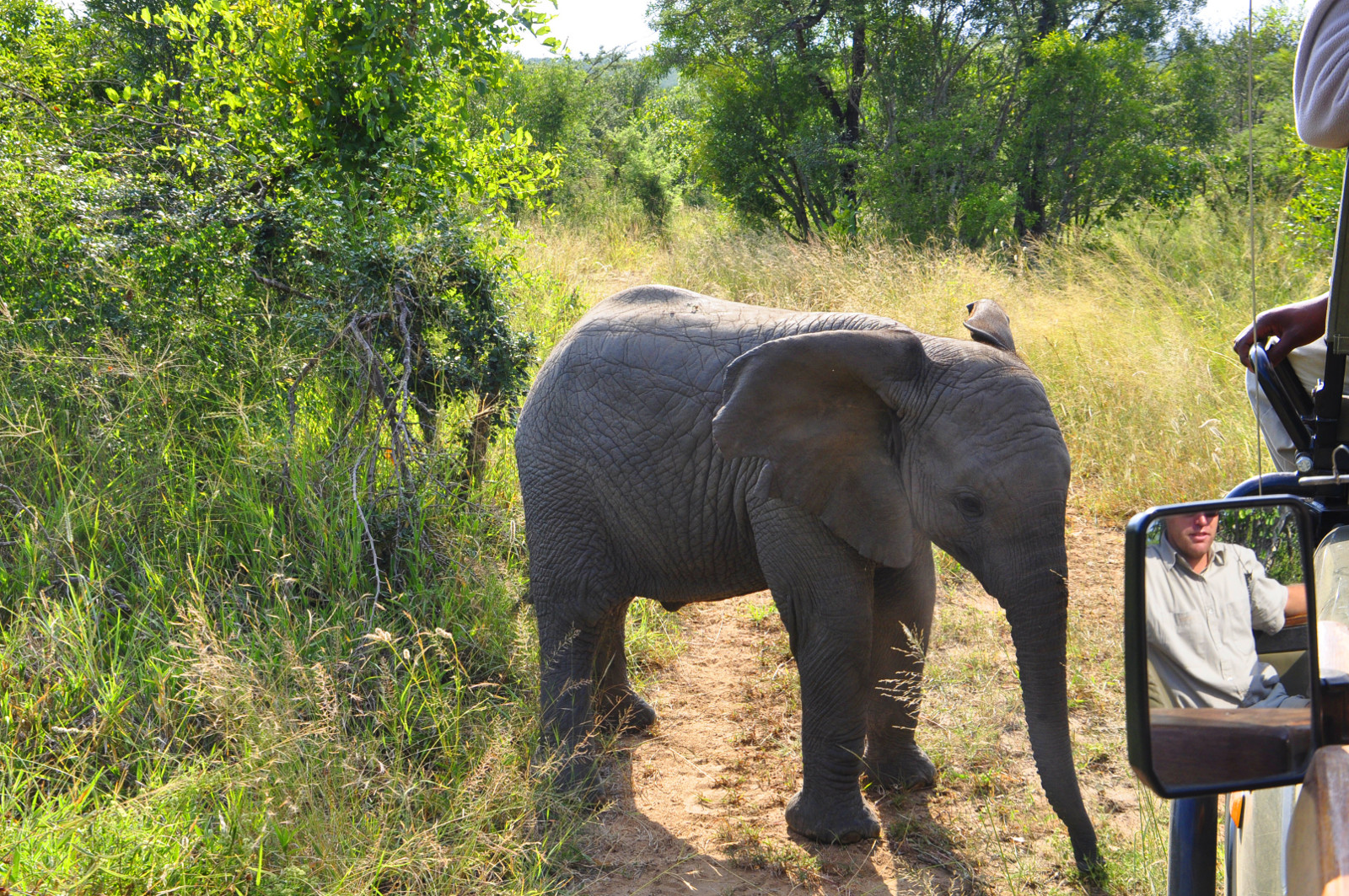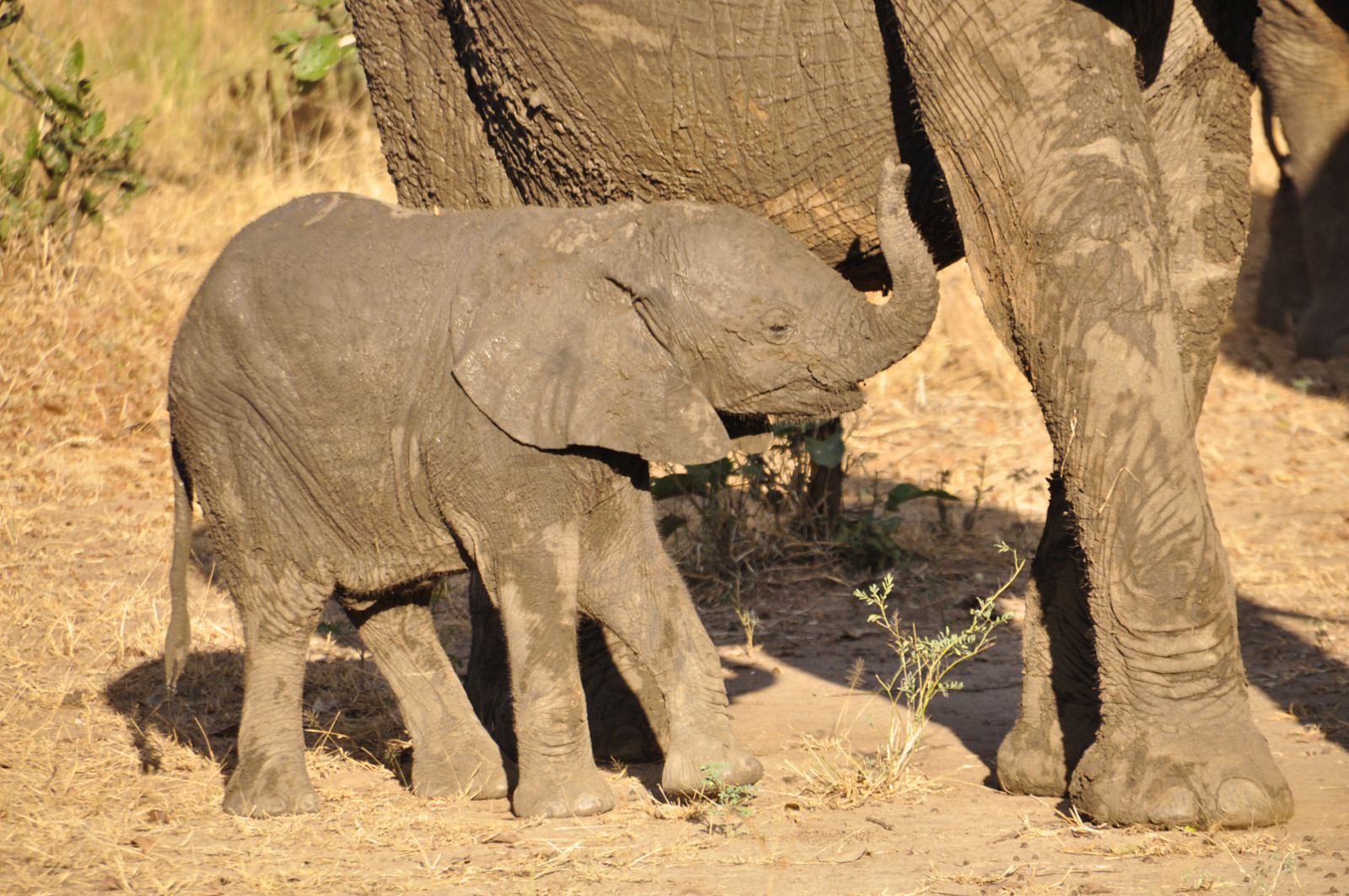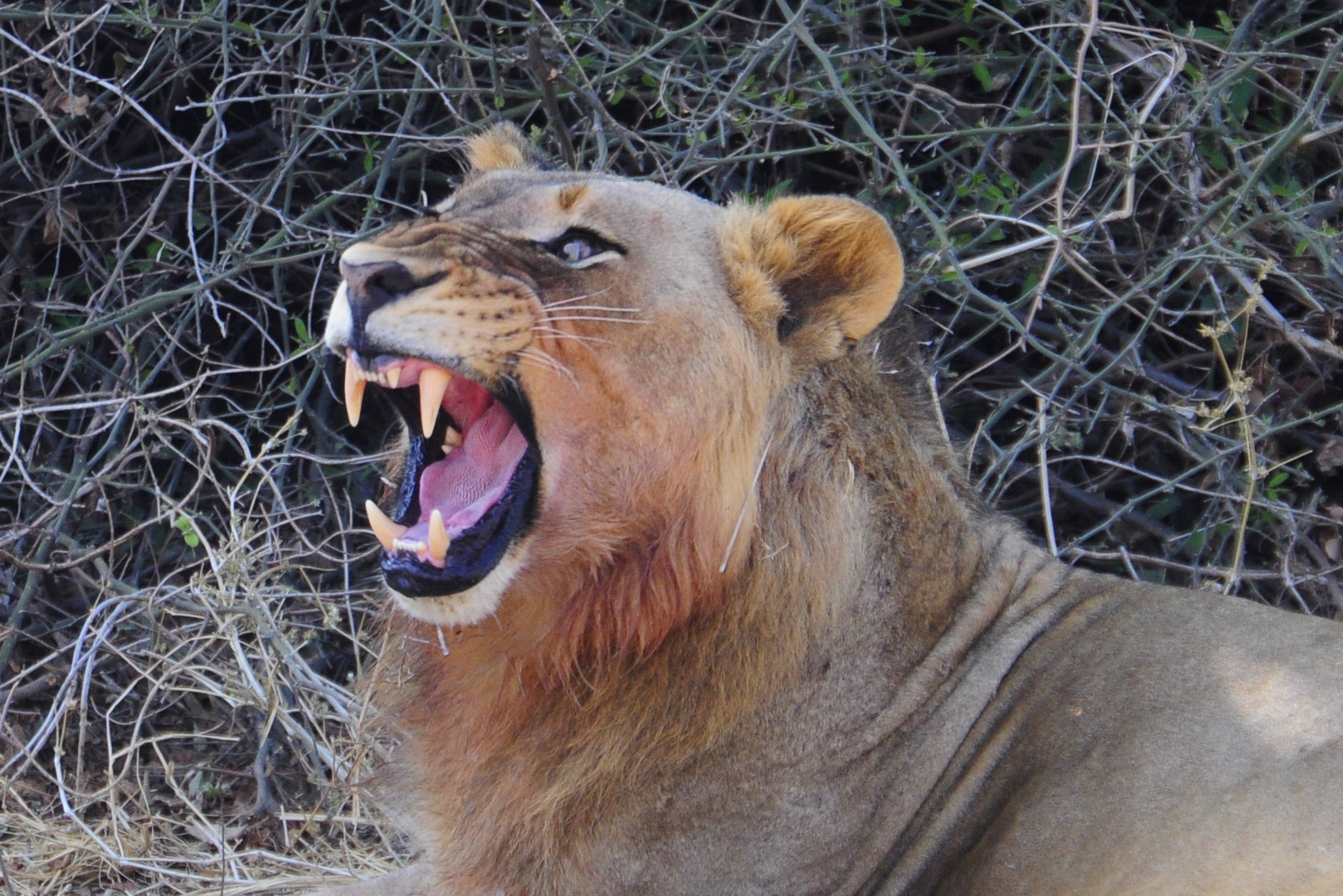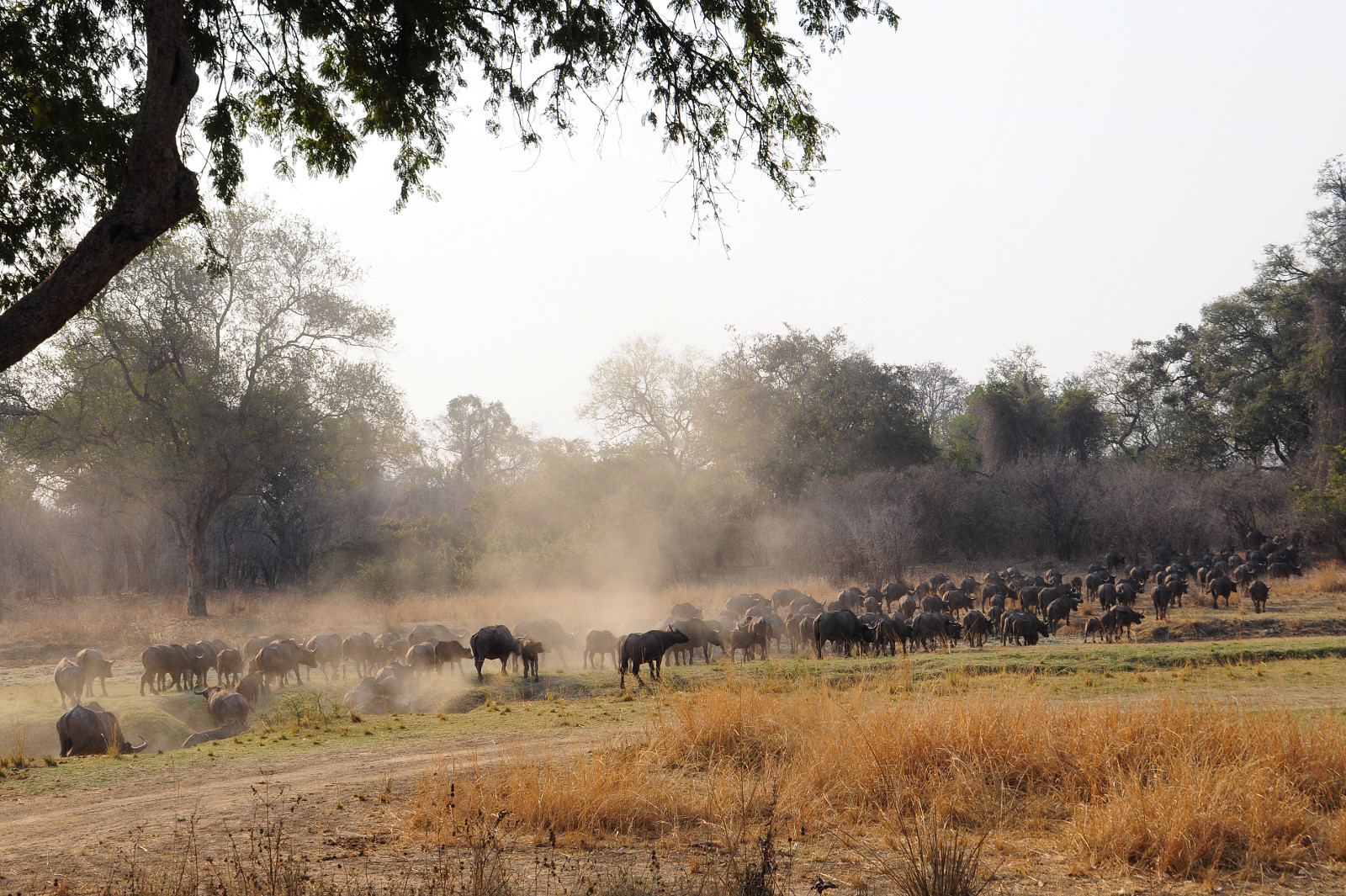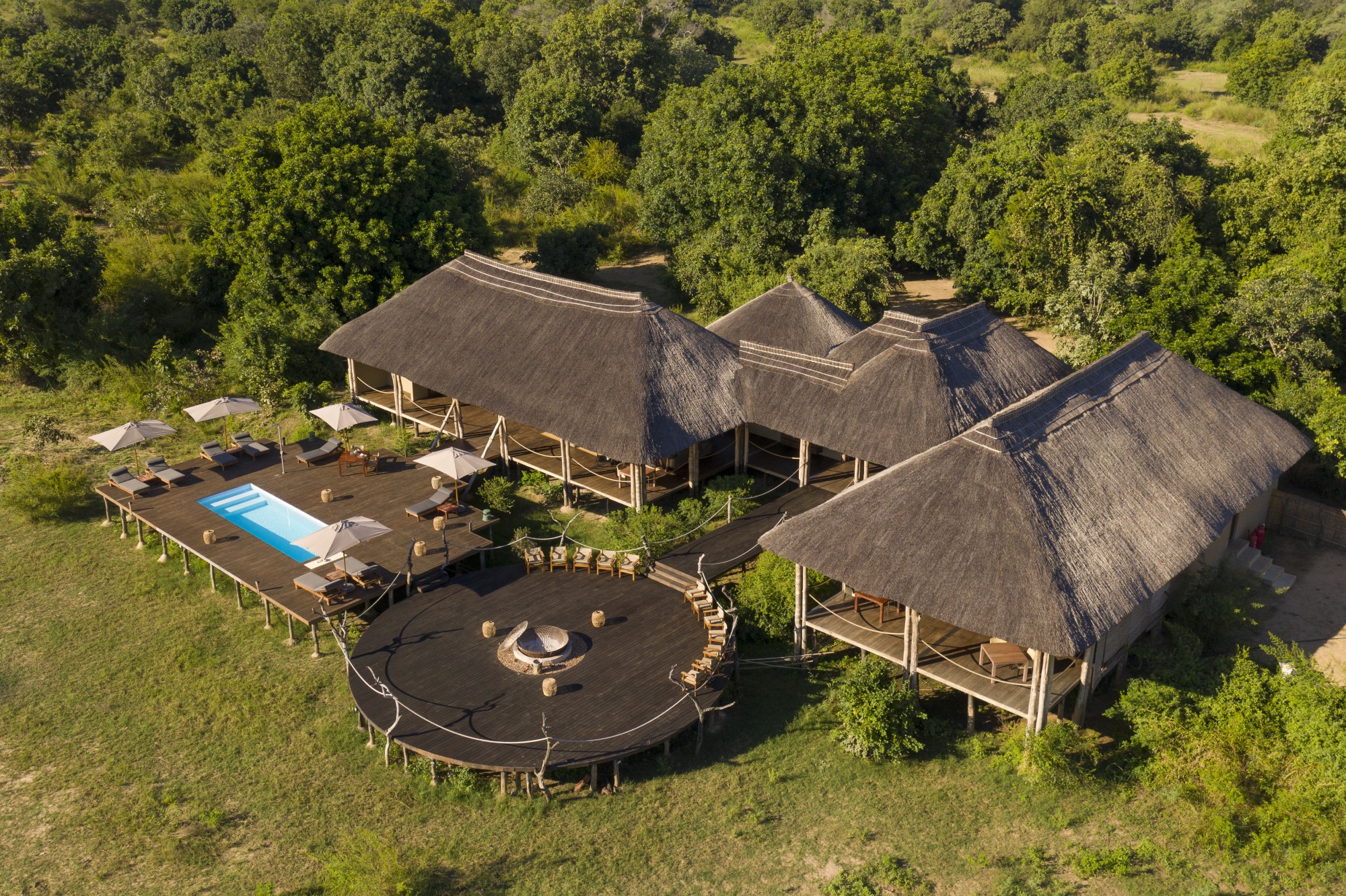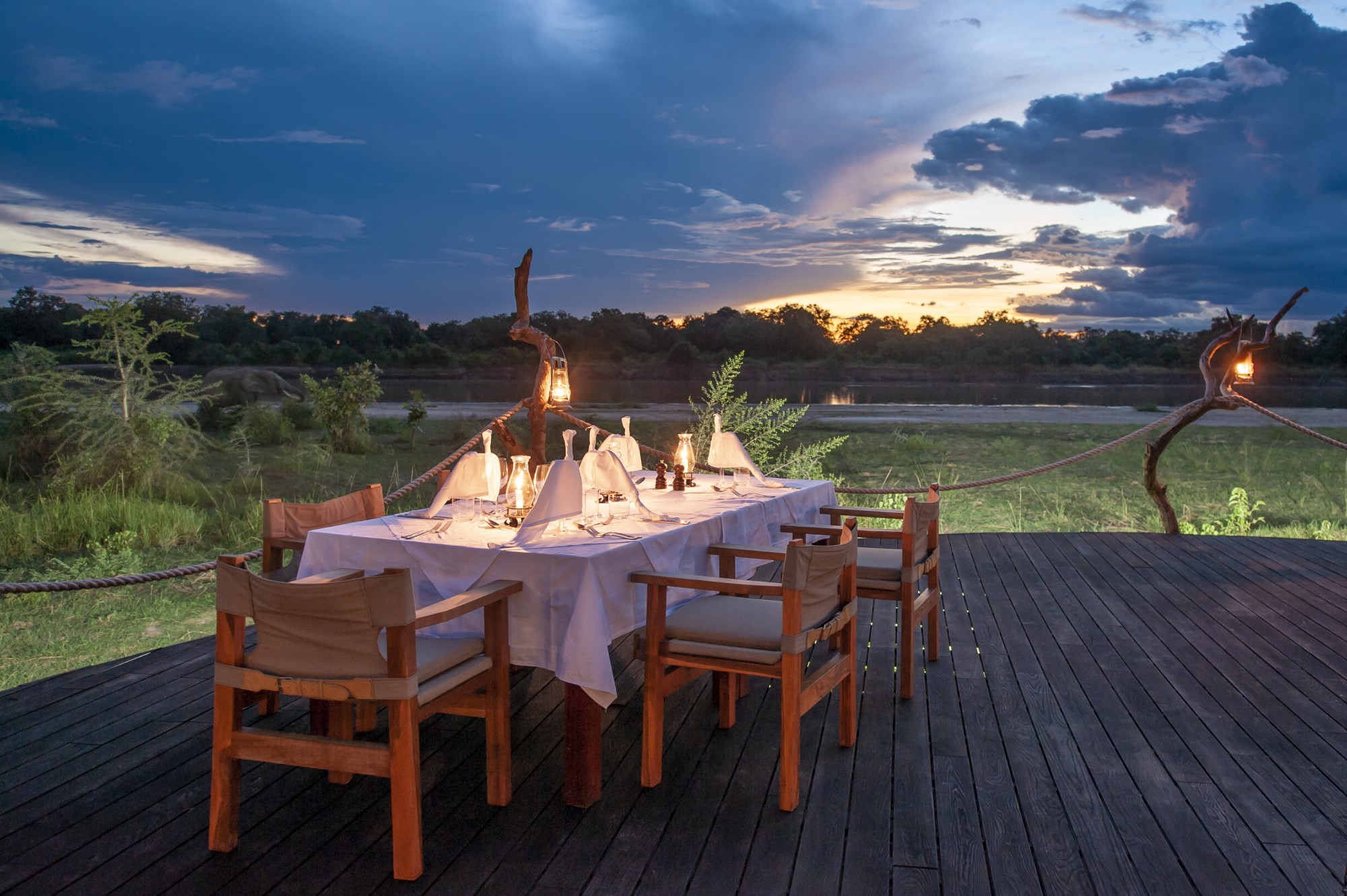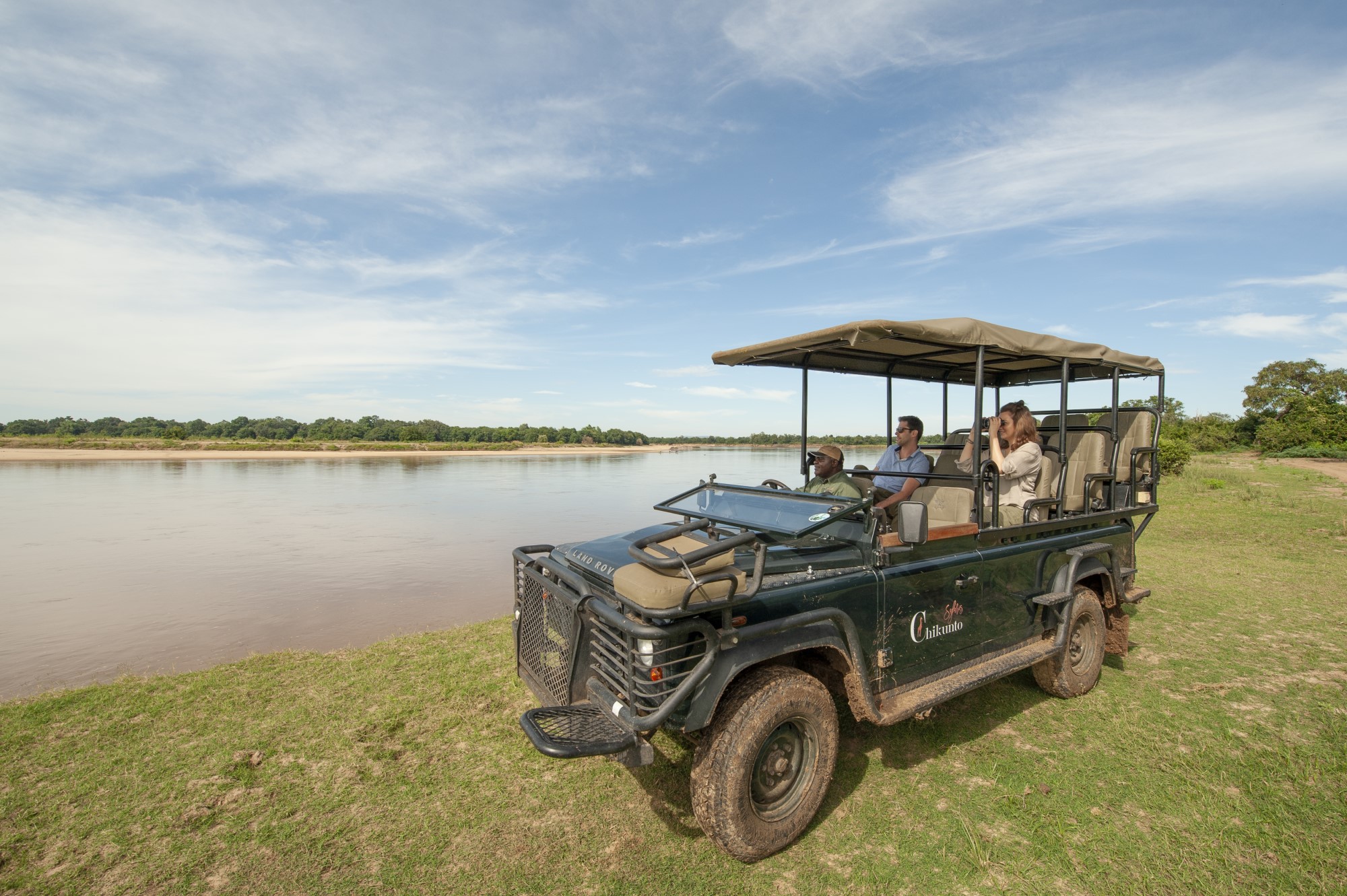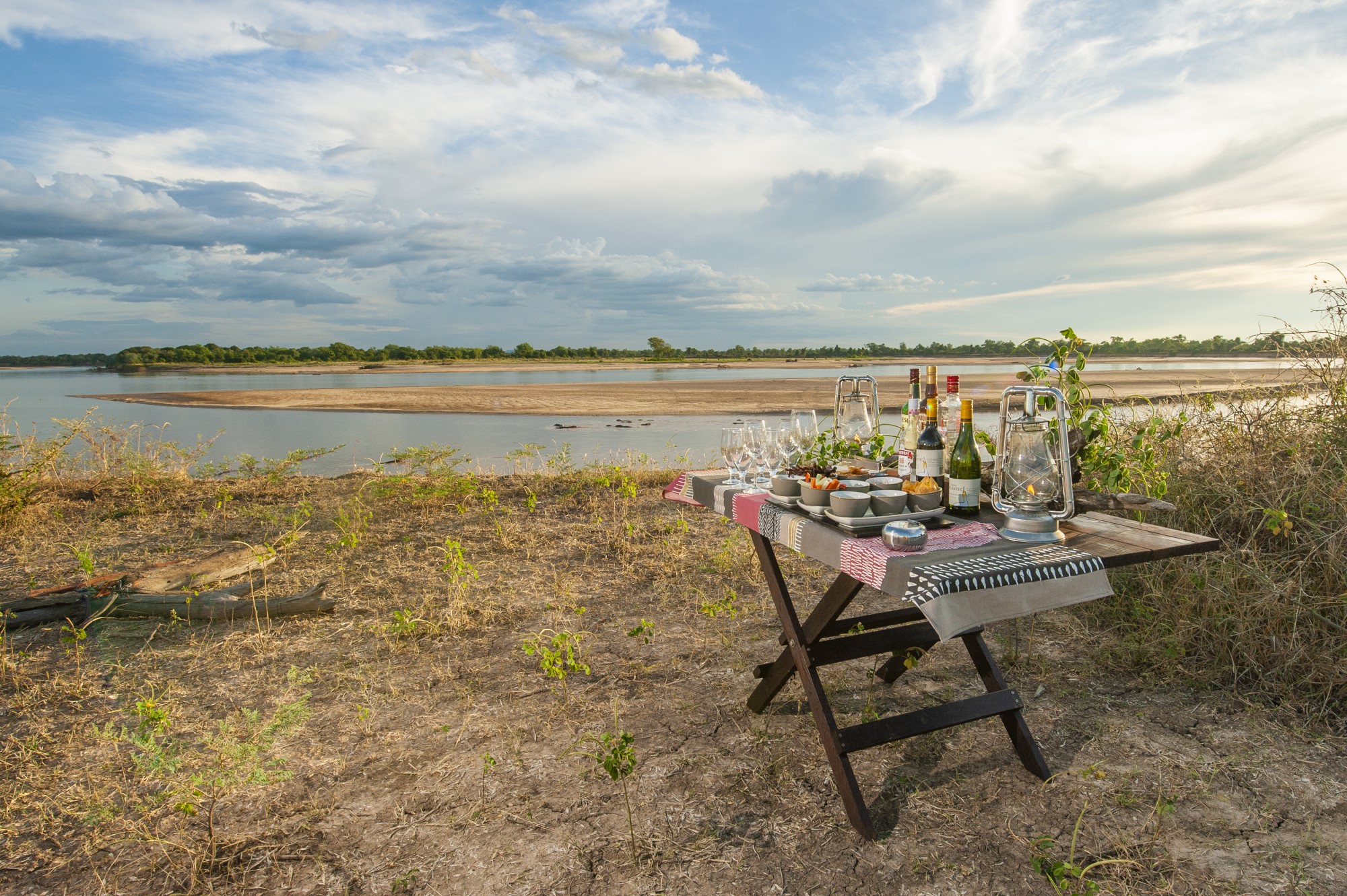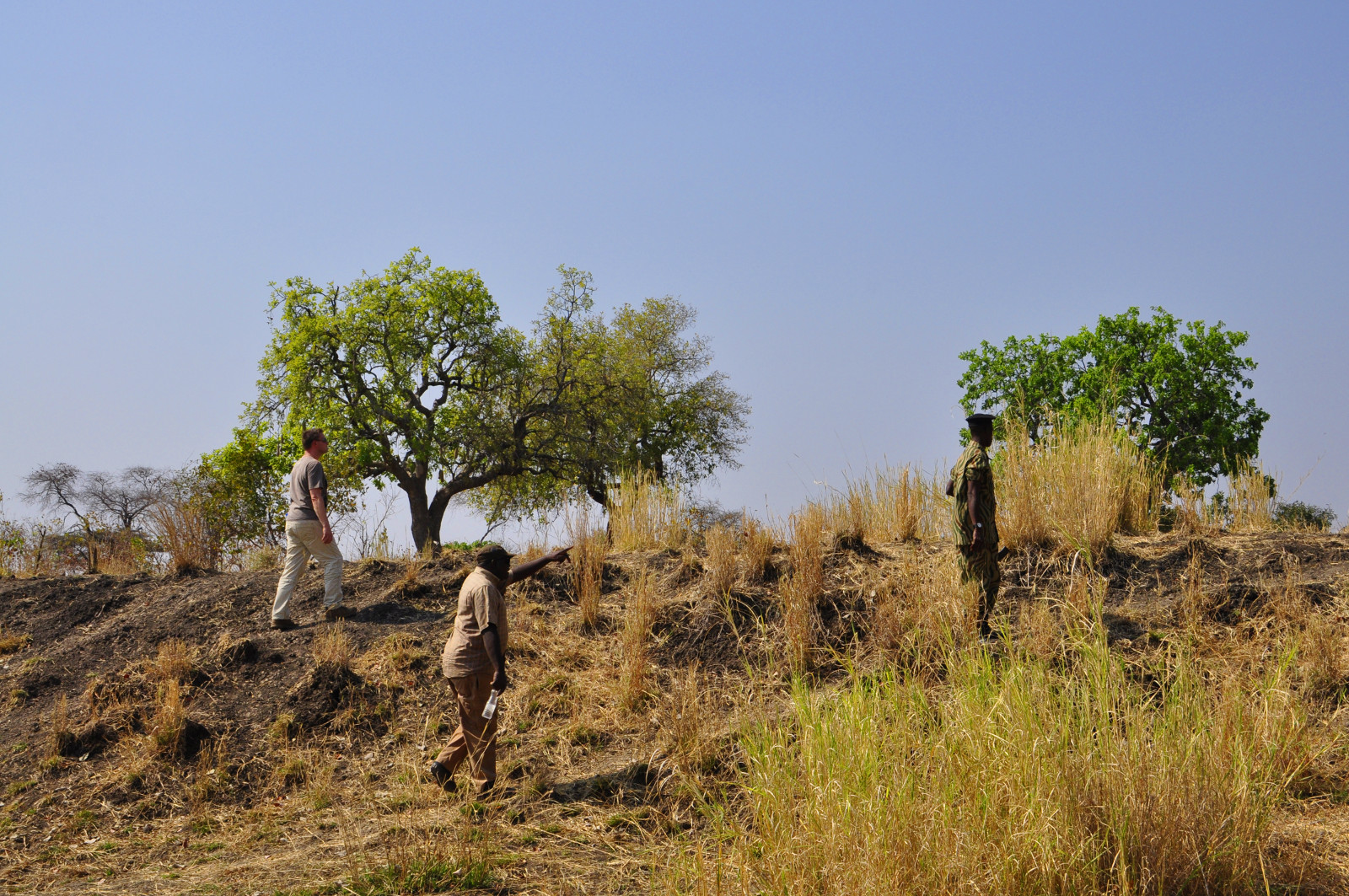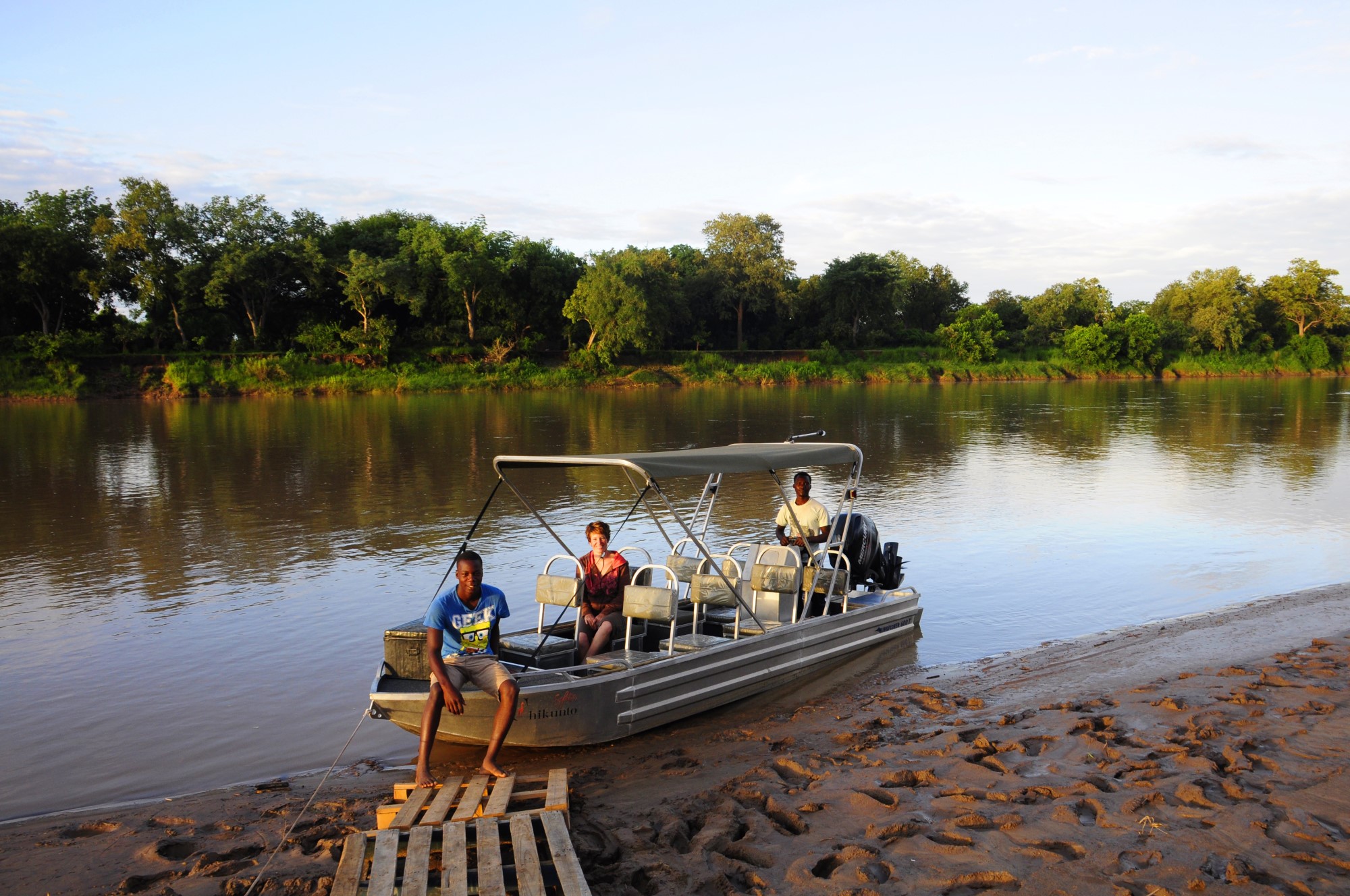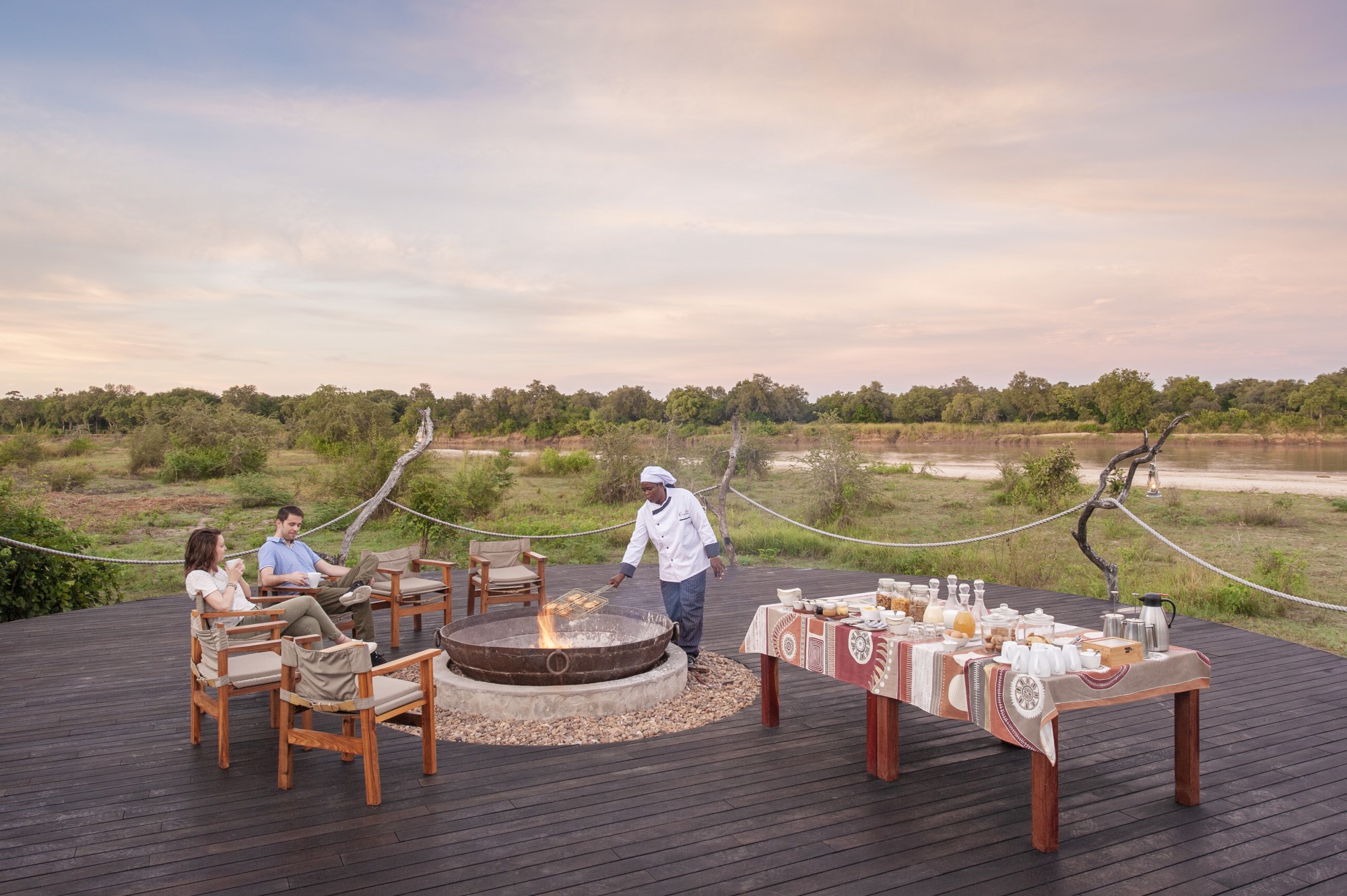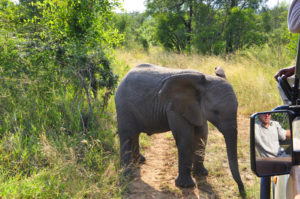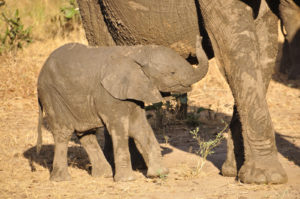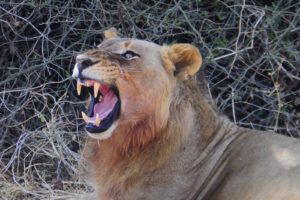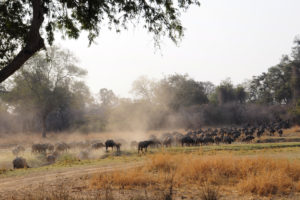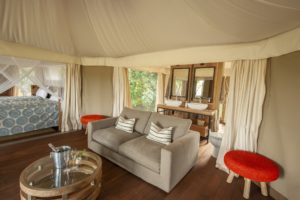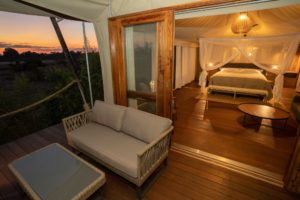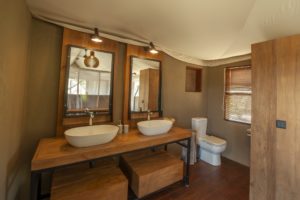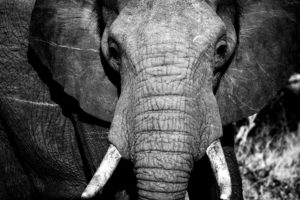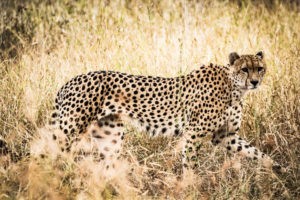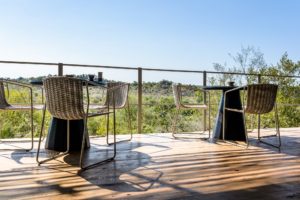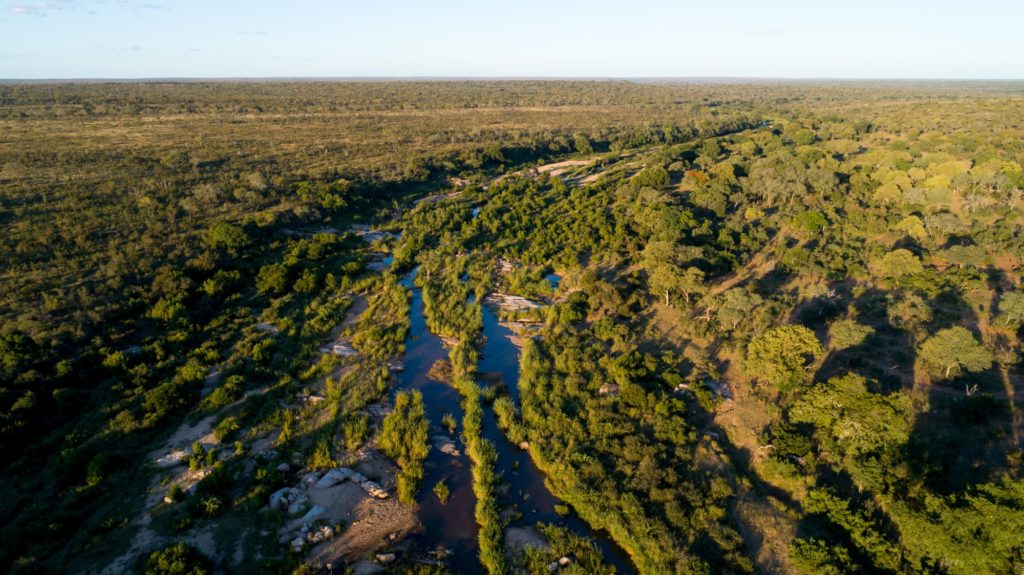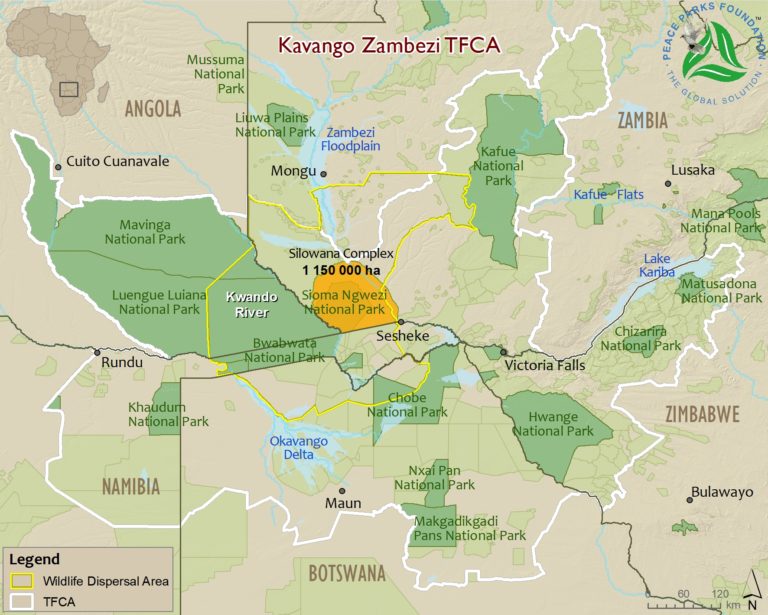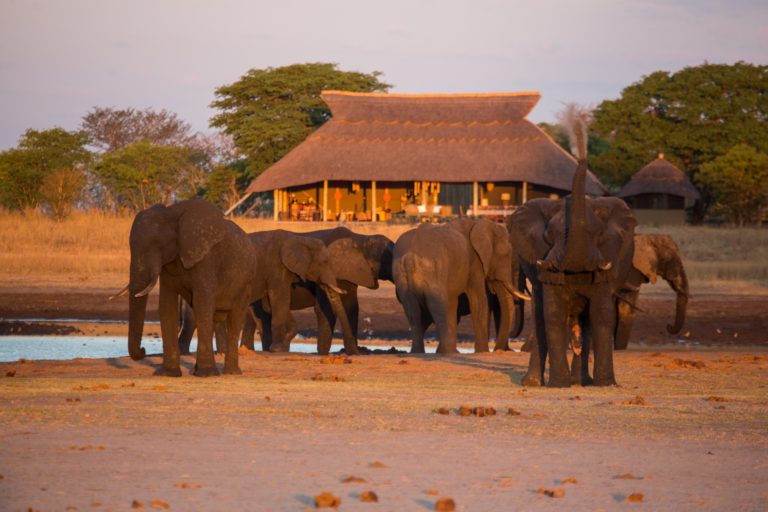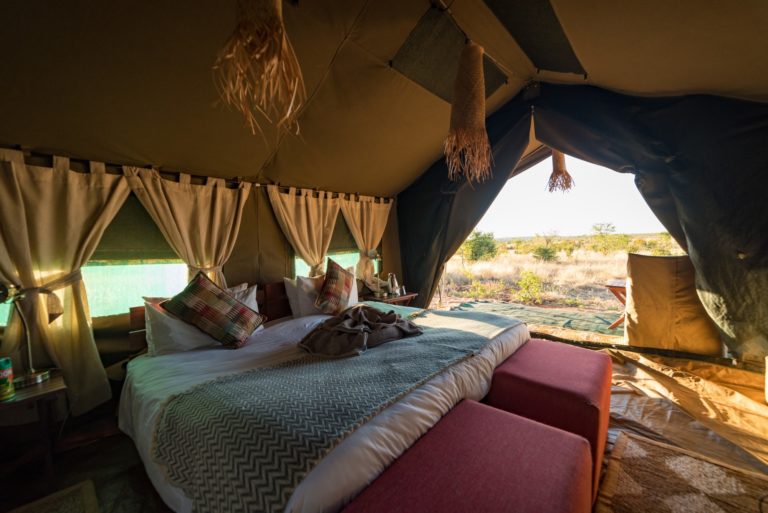The Alps as well as the Julian, and the Dinaric Alps
A vast mountain range in central Europe, covering almost 300,000 square km (115,000 square miles). This place would naturally have been a wildlife haven. However lying at the center of Europe, the wildlife populations have been extirpated (a word for local extinction) from different sections of this range over the centuries. Importantly, the Alps have also had human settlements dating back a very long way (indeed, there is traces of Neanderthals in the alps 40,000 years ago. As such it is essential that as the wildlife populations are allowed to recover, this happens in a way that benefit the local human population.
One of the best-known and largest range of mountains in Europe, the Alps are a large mountain range that is shared between France, Switzerland, Monaco, Italy, Liechtenstein, Austria, Germany, and Slovenia. Measuring around 1200 km wide and 250 from top to bottom, this mountain range is huge. It includes Mont Blanc the tallest mountain in Europe. The part of the range covering Italy and Slovenia are also sometimes called the Julian Alps. Beyond this, with almost no gap, the Dinaric Alps, which lie in the Balkans continue this chain, stretch from Southern Croatia through Bosnia & Herzegovina, Serbia, Montenegro, and on into Kosovo and Albania in the Southeast.
As with other mountain ranges in Europe, there are a number of mountain specialists such as alpine marmot and chamois, as well as ibex. Due to the relative isolation of mountain ranges, generally each has its own subspecies of animals such as ibex and therefore there are often not that many making them prone to local extinction. Below you will find links for each European Alpine country, this will go into more detail on each countries success at preserving the big 3 – bear, wolf and lynx; the smaller creatures can generally be seen throughout the alps, though many are altitude specific.
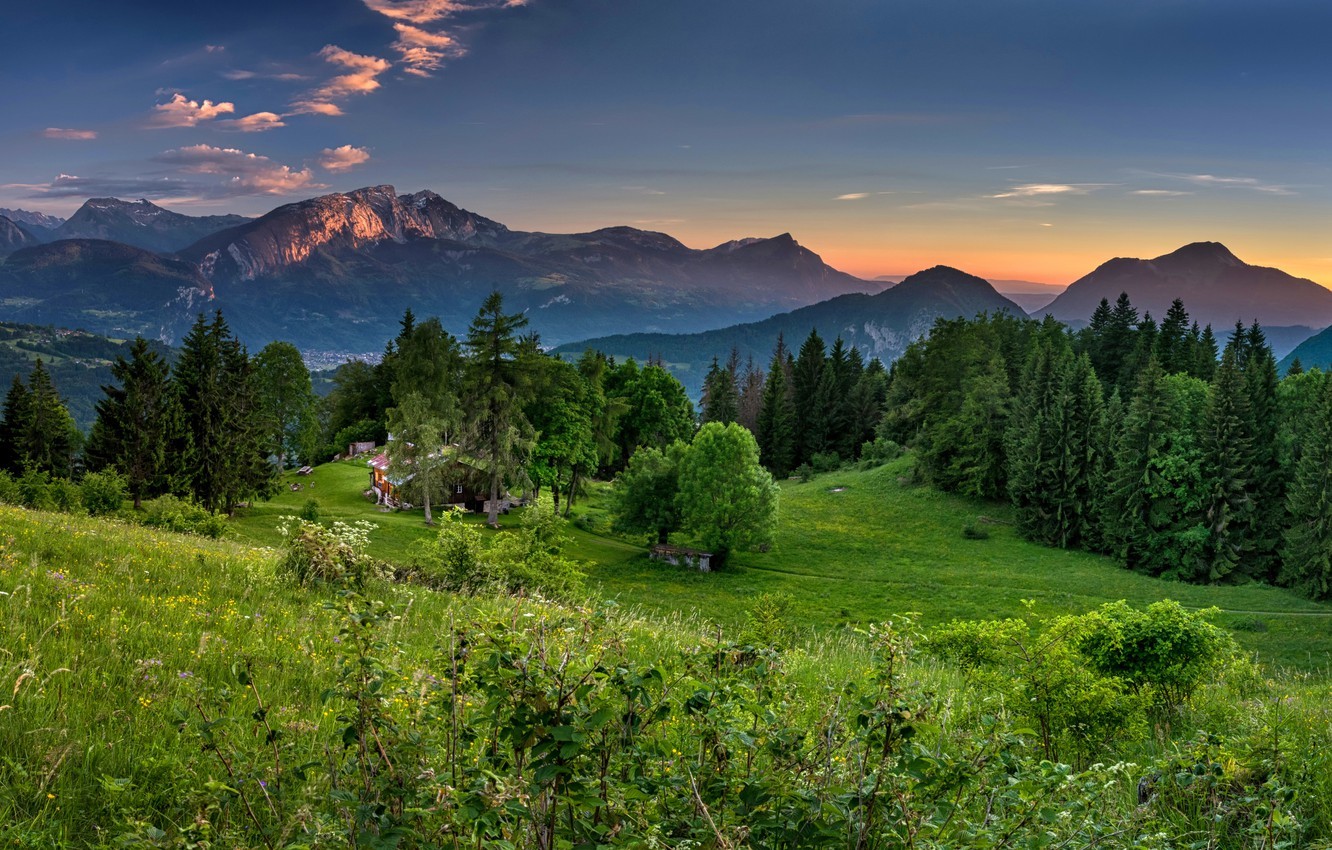
The Alps have a small but growing population of all of the 3 big predators of Europe wolf, bears and lynx. As in other parts of Europe there ride has been bumpy, however they appear to now be starting to do far better. Mountain ranges such as this, can often supply a last refuge of various wildlife due to the difficulty of hunters and Poachers from getting into the mountains often enough to eradicate them completely. A large mountain range like this which struggles so many countries can provide highways between different countries to allow the animals to recolonize.
There are currently about 100 wolves, split between the French and Italian Alps, with around 40 on the German side. It is thought that eight have crossed the border into Switzerland, though most of these are individuals so it is not thought there have been many successful raising of young. A Swiss wolf protection group estimates that there are now 300 wolf packs roaming the Alps. Now given the number of countries that it covers, this is not a high number, though it does suggest that recovery is well on its way.
There is a population of about 30-40 bears in the Italian Alps, though these are sparsely populated, and continue through the Apennine mountain range along the center of Italy (it is thought that there are around 60 of these bears in total). Lynx spread throughout parts of the Alps there are areas where they are not present. There is a good number in the west Alps where they are thought to be spreading nicely. Also exist in the east, in places like northern Croatia.
Obviously this is a large area, and therefore although the places you can go to increase your odds of seeing wildlife. I will attempt to build a network of pages to help in this search, though as with any wildlife watching nothing is guaranteed.
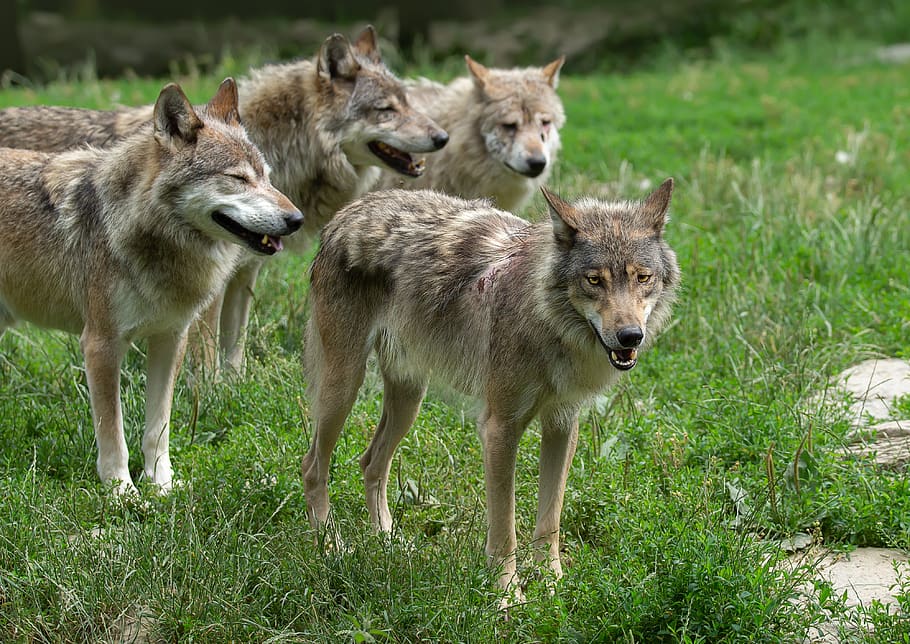
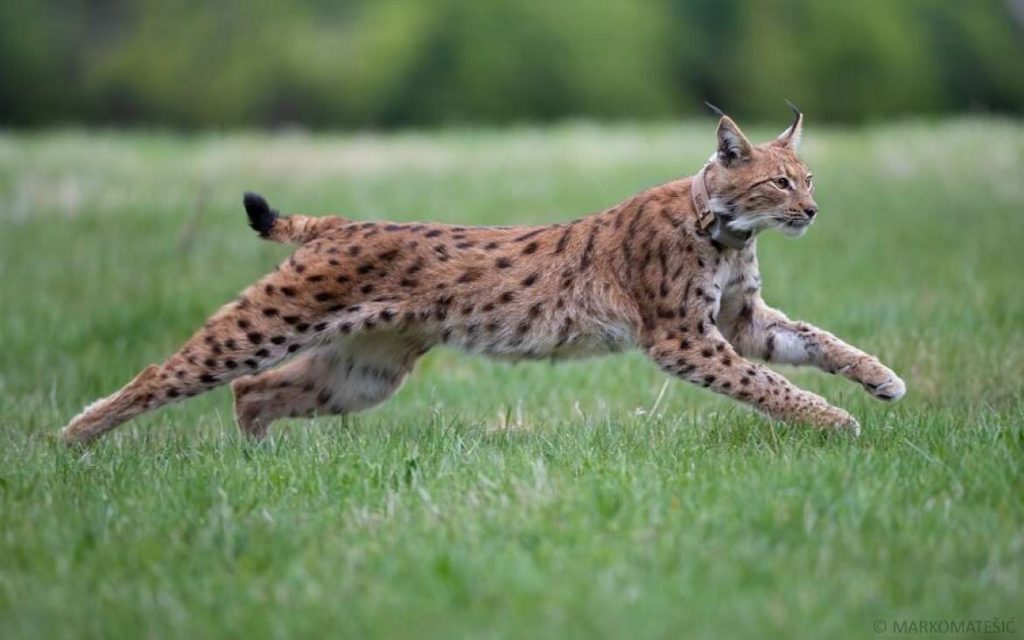
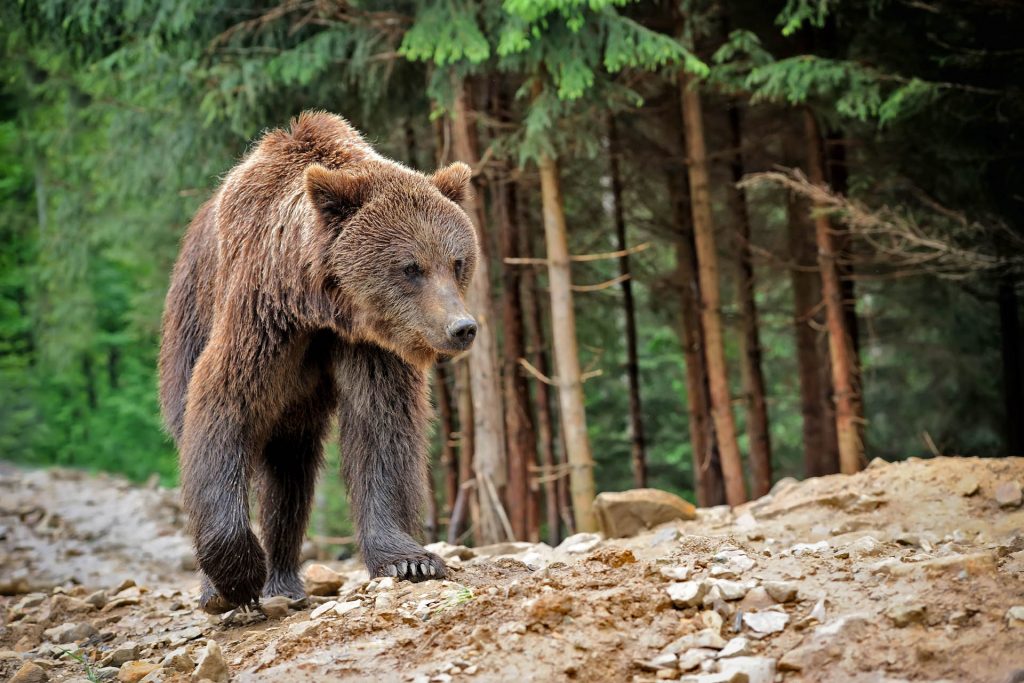
The Alps are spread across France, Italy, Germany, Austria, Slovenia, Switzerland and Liechtenstein. These countries can be well split in two as far as their wildlife watching prospects. France Italy Germany and Slovenia all have populations of wolves bears and lynx, while these are usually small they are established either naturally or through reintroduction.
Liechtenstein is too small to have a permanent population of any of these animals that is sustainable on its own in the long term, though from time to time animals are likely to wander across the border. Switzerland has no bears, though it does host about 80 wolves and about 100 lynx split into 2 populations (one of those is in the alps). Austria is thought to have two wolf packs , and also has a small number of bears that have returned from neighboring countries.
However, all countries in the Alps have healthy herbivore populations, including alpine marmots, chamois, ibex and even the Alpine Salamander is wide spread. This means that a hike in the Alps should lead to animal sightings, and children are likely to be fascinated if they are quiet enough to see any of the wildlife around you. While the predators are returning, there are still parts of the Alps where sightings are highly unlikely, and even in high density areas, expect to spend much time sitting quietly in order to get lucky. Having said that, the Alps are full of vantage points from which you can sit with binoculars or a telescope and keep watch over a large area – your best chance of seeing these charismatic but shy animals.
Below is a link to each of the countries, with more localized information and places to stay.

